Leopard Gecko Morphs 101 [Rarity, Price, and Color]
Nowadays, leopard geckos are one of the most sought-after gecko species in the reptile-keeping community. One of the main reasons for this phenomenon is that these fascinating little creatures are famous for their hundreds of colorful morph varieties – but what does that actually mean and how do they come into existence?
Leopard gecko morphs are physically distinct forms caused by often human induced genetic mutation. Four physical traits are used to distinguish leopard gecko morphs: 1) color, 2) eye, 3) pattern, and 4) size.
You need also to know that one cannot accurately determine a morph based solely on its physical appearance alone – not all genes manifest. Moreover, some morphs are known to cause life-threatening health issues. Continue reading to find out everything you need to know about leopard gecko morphs!
The Basics of Leopard Gecko Morphs
Geckos have gained immense popularity in the reptile-keeping community because of their jaw-dropping looks. They come in all sizes and colors! So if you’re planning to buy, adopt, or breed a leopard gecko, read this article to the very end.
Morphs: What it Really Means
Whether you’re a beginner gecko keeper or an experienced one, you’re probably aware of the fact that there is no single universally acknowledged definition for leopard gecko morphs among breeders.
Now, if you check dictionaries for an exact definition for morph in the field of biology, you can actually get a clear-cut explanation. According to Merriam-Webster [1], more specifically, a morph pertains to either a distinct group of local species which display unique features and behaviors as a result of interbreeding or a classification of species in relation to their phenotypic variations. From this, we can give a precise definition for leopard gecko morphs.
Leopard gecko morphs are distinct variations in physical attributes caused by spontaneous and induced genetic mutations.
Basic morphs are usually caused by spontaneous mutations, created due to uncontrollable and unpredictable events such as encoding errors. Conversely, designer morphs are produced by induced genetic mutations where basic morphs are selectively bred to produce a desired trait.
Some only recognize leopard gecko morphs in terms of only their dominant body coloring and the appearance of their eyes. On the other hand, others also categorize their leos to be of a specific morph according to their patterning (or lack thereof) and average body size – and no, I’m not simply talking about normal weight here.
Leopard gecko morphs are classified with regard to their color, eye, pattern, and size. However, breeders may only differentiate between morphs using two of these characteristics that are directly observable without genetic analysis.
I have heard a few people here and there compare gecko morphs to dog breeds. However, I think that such a comparison leads to inaccuracies. If anything, dog breeds are more similar to gecko species. For dogs, there are labradors, chihuahuas, poodles, and the like. For geckos, there are tokays, leopards, cresties, and many more.
Personally, a more accurate comparison could be made between geckos and us humans. Leopard geckos could have albinism or melanism. The same is, of course, true for humans as well. What’s more, there is great variation among and between these factors used for identification. For example, albino leopard geckos are now known to come in three strains while people from a number of different races could also have light skin tones with different shades – you’ve got pink, tan, yellow, beige, and the list goes on.
What’s in a Morph: The Science Behind Physical Variations
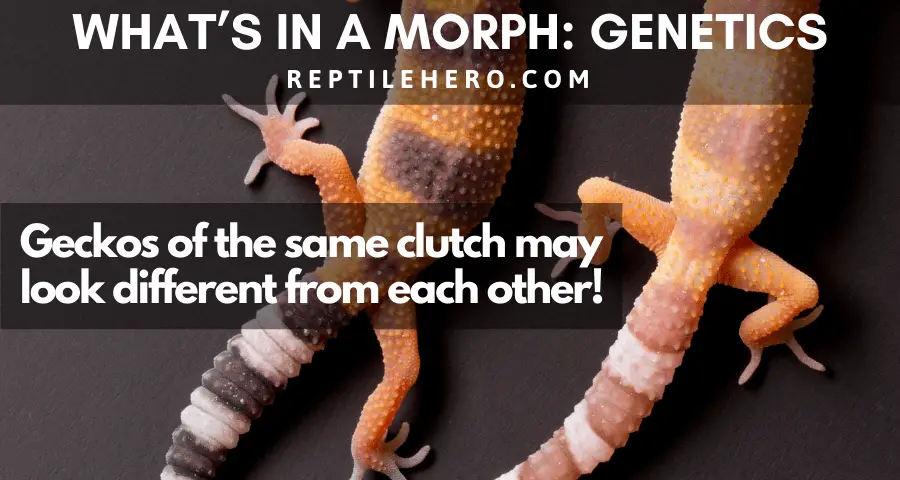
Just to give you a heads up, we’re going deeper into the science behind leopard gecko morphs. Don’t worry though. I will try my best to keep things short and simple.
So what exactly did I mean when I said mutations, genetics, and all that jazz? Well, let’s get back to those genetic mutations I mentioned earlier. Genetic mutations don’t always manifest in a way that we can detect [2]. Despite the presence of mutations in a leopard gecko’s overall genetic makeup, referred to as genotype, there may be no visible change in its physical attributes, also termed phenotype.
A genetic mutation could lead to the alteration, addition, concentration, reduction, or deletion of the expression of a gene – the basic unit of hereditary information. Genes normally have two alternative forms of manifestation called alleles which could either be dominant or recessive.
When a gene has two identical alleles, they are classified as homozygous and result in the visible manifestation of that particular gene even when both alleles are recessive. A gene, on the other hand, that contains two different alleles – one dominant and one recessive – is classified to be heterozygous and the recessive allele will not result in a readily distinguishable trait.
If you hear a gecko enthusiast calling a leo a “visual” of a certain morph, it’s because they’re displaying complete or true dominance for the trait associated with that morph. Even with only a single dominant allele from one parent, a visual leopard gecko will display the phenotype.
Hence, as we will discuss more later, by accurately crossing geckos based on their physical appearance (phenotype) affected by their genetic makeup (genotype) breeder and alike hope to obtain gecko with well defined characteristics.
However, when both parents pass on dominant alleles responsible for different morphs, the baby could either present an equal visual expression (codominance) or a complete blending of both phenotypes (incomplete dominance). This incomplete dominance might often not be desirable as gecko morphs are more “impressive” if they show very clear and “bold” features (what about a totally black gecko, or a totally orange almost red ones!).
Meanwhile, a leo with a “het” for a certain morph will not be displaying the recessive allele’s phenotype as it cannot overpower the dominant allele it has been paired with.
Morphs: The Art and Science of Breeding
To help you process all of the info I’ve just dumped onto you, here’s a simple video to help you understand how all of these play out when determining and producing leopard gecko morphs:
I know it seems quite long but you don’t exactly have to finish watching it till the end since it does get quite complicated. Also, you can always skip through some parts or adjust the playback speed.
For breeding projects, professional breeders and morph enthusiasts alike, calculate the possibilities of mixing recognized morphs to reproduce those which are already in the market and/or induce a genetic mutation to produce a novel morph.
As you have seen the video above, this is done using a Punnett square.
A Punnett square is a grid-like boxy diagram used to scientifically predict what traits offspring could inherit from their parents and to what extent those are possible.
However, you can’t predict the probability of leopard geckos expressing polygenic traits since they are influenced and brought about by multiple different genes of varying forms. Such phenotypes are a product of decades-long grueling morph projects that use line-breeding – a milder form of inbreeding done to reduce developmental defects and health conditions without out-crossing.
I’ll stop my crash course on leopard gecko genetics and morphs here because I’m planning on dedicating a separate article on breeding. Keep your eyes peeled for that!
Swipe Right Below To See All Gecko Morphs
Leopard Gecko Morphs: Rarity, Pricing, and Pigmentation
There is an abundance of gorgeous leopard gecko morphs as a result of numerous selective breeding projects leopard gecko breeders undertake. Be it in person or online, here are 92 leopard morphs you’re likely to come across:
| Leopard Gecko Morph Name | Rarity (1 to 3) | Price (1 to 3) | Main Color |
|---|---|---|---|
| Normal/Wild (Eublepharis macularius) | 1 | 1 | Yellow, Black, White |
| Murphy Patternless | 1 | 1 | Yellow, White, Gray |
| Lavender | 1 | 1 | Yellow, Black,Lavender |
| Mack Snow | 1 | 1 | Light Yellow, White, Brown |
| Tangerine | 1 | 1 | Orange, Yellow |
| High Yellow | 1 | 1 | Yellow, White, Back |
| Halloween Mask | 1 | 1 | Yellow, Black, White |
| Carrot Tail | 1 | 1 | Yellow, Orange, White |
| Chocolate Albino | 1 | 1 | Light Yellow, Pink, Brown |
| Super Hypo | 1 | 1 | Yellow, Orange, White |
| Bold Stripe | 1 | 1 | Yellow, White, Black |
| Reverse Stripe | 1 | 1 | Yellow, Pink, White |
| Hybino | 1 | 1 | Yellow, Pink, White |
| Super Hypo Baldy | 1 | 1 | Yellow, Orange, White |
| Eclipse | 1 | 1 | Light Yellow, Pink, White |
| Tremper Albino | 1 | 1 | Light Yellow, Beige, Pink |
| Abyssinian | 1 | 1 | Pink, Light Yellow, Brown |
| Afghan (Eublepharis macularius afghanicus) | 1 | 1 | Yellow, Blue-black, White |
| Ember | 1 | 1 | Yellow, White |
| Tug Snow | 1 | 1 | White, Pink, Black |
| Snowflake | 1 | 1 | Light Yellow, Pink, White |
| Typhoon | 1 | 1 | Light Yellow, Pink, Beige |
| Gem Snow Albino | 1 | 1 | Pink, Light Yellow, Beige, Brown |
| Bandit Albino | 1 | 1 | Light Yellow, Brown, White |
| Hypo Tug Snow | 1 | 1 | White, Light Yellow, Black |
| Mack Snow Albino | 1 | 1 | Beige, Pink, White, Light Yellow |
| Mack Snow Blizzard | 1 | 1 | Pink, Light Yellow, White |
| Mack Snow Patternless Albino | 1 | 1 | Pink, Light Yellow, White |
| Banded Fire | 1 | 1 | Orange, Yellow, Pink |
| Vortex | 1 | 1 | Pink, Light Yellow, White |
| Carrot Head | 1 | 2 | Orange, Light Yellow, White |
| Super Snow | 1 | 2 | White, Black, Very Light Yellow |
| White and Yellow | 1 | 2 | Yellow, White, Orange |
| Paradox Spots | 1 | 2 | Yellow, Pink, White |
| White and Yellow RAPTOR | 1 | 2 | Yellow, White, Light Orange |
| Diablo Blanco | 2 | 1 | White, Pink, Red |
| Mack Snow Enigma | 2 | 1 | White, Yellow, Black |
| Lemon Frost | 2 | 1 | White, Yellow, Black |
| Albino Patternless Tremper Orange (APTOR) | 2 | 1 | Orange, Yellow, Beige |
| Red-eye Albino Patternless Tremper Orange (RAPTOR) | 2 | 1 | Orange, Yellow, Beige |
| Dreamsicle | 2 | 1 | White, Orange, Yellow-Orange |
| Red Stripe | 2 | 1 | Orange, Red, Yellow |
| Hypermelanistic | 2 | 1 | Black, Brown, Gray |
| Nova | 2 | 1 | Yellow, White, Pink |
| Banana Blizzard | 2 | 1 | Yellow, White, Pink |
| Hypo Ghost | 2 | 1 | White, Light Yellow, Brown |
| Eclipse Blazing Blizzard | 2 | 1 | Pink, White, Yellow |
| Sykes Emerine | 2 | 1 | Yellow-green, Orange, White |
| Creamsicle | 2 | 1 | Orange, Yellow, Pink, White |
| Phantom | 2 | 1 | Pink, Light Yellow, Beige, White |
| Super Nova | 2 | 1 | Light Pink, Beige, Yellow |
| Super Typhoon | 2 | 1 | Pink, White |
| Hyglo | 2 | 1 | Orange, Yellow, Pink |
| Montane (Eublepharis macularius montanus) | 2 | 1 | White, Pink, Light Yellow, Brown |
| Electric | 2 | 1 | Dark Orange, Red, Black |
| Sun Glow | 2 | 2 | Orange, Yellow, White |
| Gem Snow | 2 | 2 | White, Light Yellow, Lavender, Brown |
| Mandarin Blood Tangerine | 2 | 2 | Red, Dark & Light Orange |
| Firewater | 2 | 2 | Orange, Pink, White |
| Green Project | 2 | 2 | Orange, Green, Brown |
| Hyper Xanthic | 2 | 2 | Yellow, Brown-black, Pink |
| Bell Albino Eclipse (Radar) | 2 | 2 | Light Yellow, White, Pink |
| Salsa Stripe | 2 | 2 | Orange, Black, Pink |
| Total Eclipse | 2 | 2 | Pink, Black, White |
| Stealth | 2 | 2 | Pink, Yellow, Brown |
| Sonar | 2 | 2 | Pink, Beige, Brown |
| Super Hypo Tangerine Carrot Tail (SHTCT) | 2 | 2 | Orange, Dark Yellow, Black |
| Aurora | 2 | 2 | Yellow, Beige, Brown |
| Gem Snow RAPTOR | 2 | 2 | Pink, White, Yellow |
| Super Snow Albino | 2 | 2 | Pink, Beige, White |
| Blood Eclipse | 2 | 2 | Orange, Red, Yellow |
| Iranian Fat-tailed (Eublepharis angramainyu) | 2 | 2 | Light Yellow, Brown, White |
| Enigma RAPTOR | 2 | 2 | Yellow, Orange, White |
| Black Blood | 2 | 2 | Brown, Black, Orange |
| Cinnamon Bandit | 2 | 2 | Yellow, Orange, Brown |
| Golden Cane | 2 | 2 | Yellow, Orange, Pink, Beige |
| Stonewash | 2 | 2 | Pink, Light Yellow, Light Orange |
| Firebold Tangerine | 2 | 2 | Orange, Yellow, Black |
| Crystal | 3 | 1 | Pink, White, Light Yellow |
| Goblin | 3 | 1 | Beige, Pink, Light Yellow |
| Bell Albino | 3 | 2 | Yellow, Lavender, Brown |
| Rainwater Albino | 3 | 2 | Light Yellow, Pink, Brown |
| Mandarin Tangerine Noir Desir | 3 | 2 | Mandarin Orange, Yellow, Brown |
| Raining, Red Stripe | 3 | 2 | Light Yellow, Pink, Orange |
| Rainbow Stripes | 3 | 2 | Orange, Yellow, Yellow-green |
| Black Hole | 3 | 2 | Pink, White, Black |
| Super Snow Patternless | 3 | 2 | Gray, Black, White |
| White Knight | 3 | 2 | White, Pink, Light Yellow |
| Smaug | 3 | 2 | Orange, Red, White |
| Black Night | 3 | 3 | Brown-black, Yellow, White |
| Black Pearl | 3 | 3 | Blue-black, White |
| Black Velvet | 3 | 3 | Black, Brown, Gray |
I’ve arranged them from most common to most rare, 1 to 3 respectively. I then subsequently arranged these morphs according to their price points, from 1 for cheap to 3 for expensive.
But what actually makes a gecko morph rare and/or expensive? Why are some rare geckos cheap? Well, I’ll try to explain these reasons as simply as I can.
Factors that affect leopard gecko morph rarity and pricing:
- Availability in the market. Some gecko morphs are produced by only one or a handful of professional breeders. This explains why some morphs are named specifically after their creator. There are even times when the morph creator only has a few of those leopard geckos in supply.
- Actual demand. Some gecko morphs are rare because they’re not seen much in the community. However, if they aren’t in demand, a rare morph can be bought at a reasonable price or for cheap. Conversely, if they are in demand but in limited supply, they’re going to be pretty pricey.
- Time since introduction. Breeders usually spend a lot of material and intangible resources whenever undertaking morph projects so they often fetch a high price right after their introduction. But as time passes, morphs that were once considered rare become much easier to find at a good price. An example of this is the Tangerine morph.
- Specific variations. Tangerine leopard geckos used to be relatively rare. However, ever since different breeders from across the world have done projects to produce other kinds or morphs using tangerines as a base (e.g., Mandarin Blood Tangerine).
- Certainty of morph visual. Polygenic phenotypes (e.g., patterning) are hard to recreate with a definite level of accuracy because multiple genes affect their appearance. As such, there is no assurance that you can get geckos that look the way you want them to, making specific morphs hard to find. Furthermore, a hatchling that is visually distinct during its youth (more or less 1 year since hatching) could prove to be nothing special (i.e., very similar to already common morphs) once it reaches adulthood.
- Overall health. Certain morphs are known to have a few health issues that could prove to be fatal (e.g., Lemon Frost). As such, despite being considerably rare their price may drop as many in the reptile community argue against having them bred. This is interrelated to demand as well.
- Genetic purity. A handful of breeders are strongly against the practice of naming morph variations as a separate morph for this very reason. According to them, naming a leopard gecko of mixed morphs something long and fancy-sounding is a big problem because they pull down the prices of purer morphs. It takes years – even decades – to develop pure morph lines.
Do keep in mind that these are actually just some of the leopard gecko morphs we are currently aware of. In reality, there could be hundreds of morphs out there that are yet to be documented. So if you didn’t see your favorite or a new leopard gecko morph in our list, feel free to hit us up here and we’ll try to include it as soon as possible!
The Most Wanted Gecko Morph
Each gecko pet parent definitely thinks their baby leos are the absolute best regardless of their morph. However, I have noticed that 5 morphs, in particular, have risen in popularity within the community in recent years.
Top 5 leopard gecko morph favorites:
- Black Night. The Black Night morph tops the list because of its rarity and color. However, Black Nights aren’t actually completely black in color. They have white bellies as well as yellow-brown spots and/or stripes by their sides – like stars and clouds in the night sky.
- Diablo Blanco. If you don’t know much about morphs and genetics but I told you that there are also leopard geckos with albinism, you would probably think of one that looks identical to a Diablo Blanco. Unlike albino morphs with light yellows, beiges, and brown patches, Diablo Blancos are mostly white and light pink with no patterns whatsoever.
- Mack Snow. When I first saw a Mack Snow leopard gecko the first thing that came into mind was cookies and cream – a perfect representation of the morph’s coloring. However, some Mack Snows do have light yellow blotches. As hatchlings, their coloring is pale but it darkens as they grow older.
- Tangerine. From the name itself, the Tangerine morph is characterized by its vibrant orange color. Many variants have been developed from this morph making it a favorite choice for breeding projects.
- Lavender. Lavender leopard geckos have pretty light lavender coloring – more of a lilac shade. If you see a picture of one that’s fluorescent purple, it’s probably been photoshopped. However, since it’s still a pretty uncommonly seen color in animals, they are relatively popular as well.
Again, if you feel like your leopard gecko’s morph should be included in the list, feel free to reach out to us here.
How to Identify Leopard Gecko Morphs
Unless you have your gecko’s complete genetic lineage information, it will be difficult to identify your gecko’s morph with a 100% accuracy rate even though many morph names are self-explanatory (e.g., White Knight, Black Night).
Remember that simply because a trait isn’t physically manifesting doesn’t mean it isn’t there for certain – with recessives, hets, and all that. So please don’t go pairing leopard geckos for the coming breeding season when you aren’t even sure of their morph.
Join any reptile-keeping forum or husbandry Facebook group and you’ll know why. Some even make a game out of trying to guess morphs simply by assessing their pictures. Most of the time – if not always – people guess wrong. It’s amusing but it also provides a great learning opportunity.
However, if you’re determined to put a tag a specific label to your leopard gecko of uncertain lineage, you can simply call it a Normal Type with Unknown Het(s) or Pet Quality Normal.
The Dark Side of Leopard Gecko Morphs
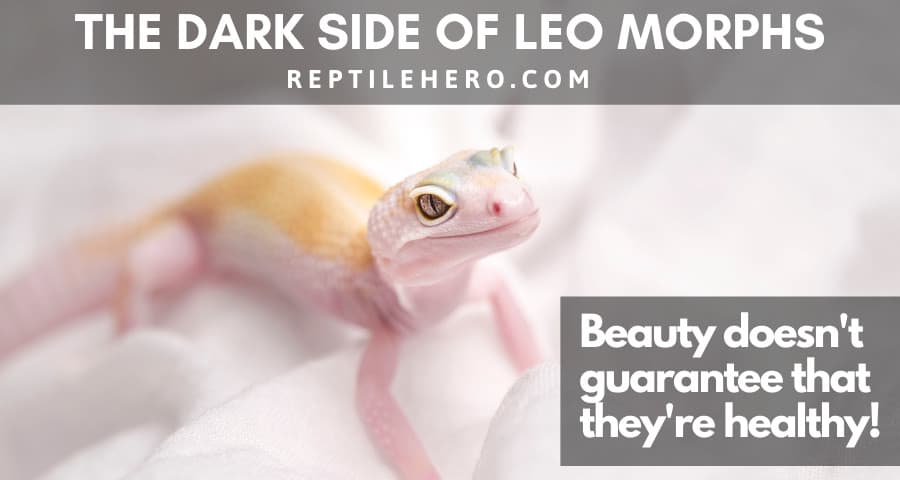
There’s more to leopard gecko morphs than meets the eye. Unfortunately, it doesn’t always come with great news. In fact, numerous leopard gecko morphs with cool names and appearances are actually at greater risk of developing severe conditions. So before starting your very own breeding project for the first time or placing an order for that extraordinary-looking gecko, make sure to familiarize yourself with the following.
Enigma Morph
The enigma morph in leopard geckos is one of the most infamous kinds, they are known to have a neurological condition that is directly tied to a dominant allele needed to produce Enigmas.
As such, it has been termed Enigma Syndrome (ES). Leopard geckos with ES display a myriad of symptoms, from simple head bobbing to severe seizures.
Lemon Frost Morph
Although Lemon Frosts (LF) are extremely beautiful, most vehemently advise against their breeding because research has shown that they are at heightened risk of suffering from iridophore cell tumors in their skin and internal organs [3].
Iridophores are crystalline cells that affect pigmentation in animals. More precisely, they cause the production of bright pigmentation such as whites. We can attribute the unique coloration of LFs to this.
Scientists have found that the allele responsible for the LF morph is semi-dominant. As a direct result, LFs tend to have shorter life expectancy regardless of whether they’re visual or het.
White and Yellow Morph
People often compare White and Yellow Syndrome (WYS or WS) to ES. However, WS mostly only affects balance and coordination.
It was previously thought that the equilibrium issues evident in this morph are caused by the WY allele itself. Respected breeders, however, have found that it isn’t and are thus continuously using White and Yellows for their projects.
Noir Desir Morph
Leopard geckos with this morph are relatively new and not that well understood. They usually have purely black eyes or diffused “moon” eyes, both of which are gorgeous.
Unfortunately, there are some reports of different eye issues in Noir Desir (ND) morphs – eye deformity, no pupil – and infertility. Since nothing is set in stone yet, it’s best to wait for more data before buying or breeding NDs.
Super Snow Morph
So let’s talk about super morphs in general first. If both parents have a dominant allele needed for the trait manifestation, the offspring becomes a “super” which basically becomes a concentrated version of both parents’ phenotype for a certain gene.
Super Snow leopard gecko morphs have become incredibly popular within the gecko-keeping community exactly for this reason. Their coloring and spotting become more striking, making them visually stunning morphs. The Super Snow morph is basically Mack Snow 2.0.
They aren’t exactly a problematic morph per se but over the course of improper and frequent inbreeding, more and more of these animals have been displaying concerning traits and behaviors. Many hobbyists have noticed deformities, stunted growth, and eating issues.
Blazing Blizzard Morph
Leopard geckos that are of Blazing Blizzard (BB) morph have made quite the reputation for themselves. Generally, leos are incredibly popular choices for first-time reptile owners. However, they may be in for quite a surprise if they bought or adopted a BB because they are quite aggressive.
Of course, they aren’t as intense as wild-caught tokay geckos but they are likely to bite and fight you and other leos – even their mating partners.
In fact, even when keepers who have raised BBs from the egg have shared that this behavioral issue is most likely due to a hard-wired spontaneous genetic mutation. Why? Well, because rearing seems to have little to no effect on their temperament.
Albino Morphs (Tremper, Bell, & Rainwater)
Technically speaking, albino leopard geckos don’t have health issues. However, they are more sensitive to light. You might see them squinting under normal light intensity and brightness. What’s more, is that they are also more likely to sustain burns due to UV exposure, or even skin cancer.
This is due to the lack of protective melanin in their skins as caused by a possible error in the encoding and transport of tyrosinase [4, 5]. This could explain why albino geckos are more colorful than other animals which are considered to have albinism as the lack of dark coloring is not due to the absence of it as commonly thought by even experienced breeders.
Should You Breed Leopard Gecko Morphs with Issues?
I know that this is a pretty loaded and controversial topic within the leopard gecko community and just reptile enthusiasts in general. That said, I don’t think it’s wise – nor ethical – to continuously use leos that are known to develop severe diseases due to their genes in any morph project.
Honestly, I think many other pet parents would agree with me on this. I mean, just take a look at the comment section of this Frosty Turks morph project video:
To his credit, he did explain that his intentions are to possibly out-cross the trait responsible for tumor formation and not for profit.
However, he fails to recognize that the tumors LFs develop are closely tied to their genes for pigmentation. So even if he does try to cross it with another Eublepharis species, namely the Eublepharis turcmenicus, there’s a high chance that most hatchlings from such a project are not going to live healthy, happy, or long lives.
Takeaways
Leopard gecko morphs are classified with regard to their color, eye, pattern, and size. However, breeders may only differentiate between morphs using two of these characteristics that are directly observable without genetic analysis.
Availability in the market, actual demand, time since introduction, specific variations, certainty of morph visual, overall health, and genetic purity largely influences the rarity and pricing of leopard gecko morphs.
You cannot accurately determine a leopard gecko’s morph based on its physical appearance alone as not all traits are phenotypically expressed.
Certain morphs are known to have mild issues as well as increased risks for developing deadly conditions. As such, many gecko pet parents and experts advise against the breeding of sickly morphs.
Sources
[1] https://www.merriam-webster.com/dictionary/morph
[2] https://www.ncbi.nlm.nih.gov/books/NBK21578/
[4] https://www.geckoevolution.org/publications/Gamble_etal_2006_Tyrosinase.pdf
[5] https://onlinelibrary.wiley.com/doi/abs/10.1002/9781118977705.ch6

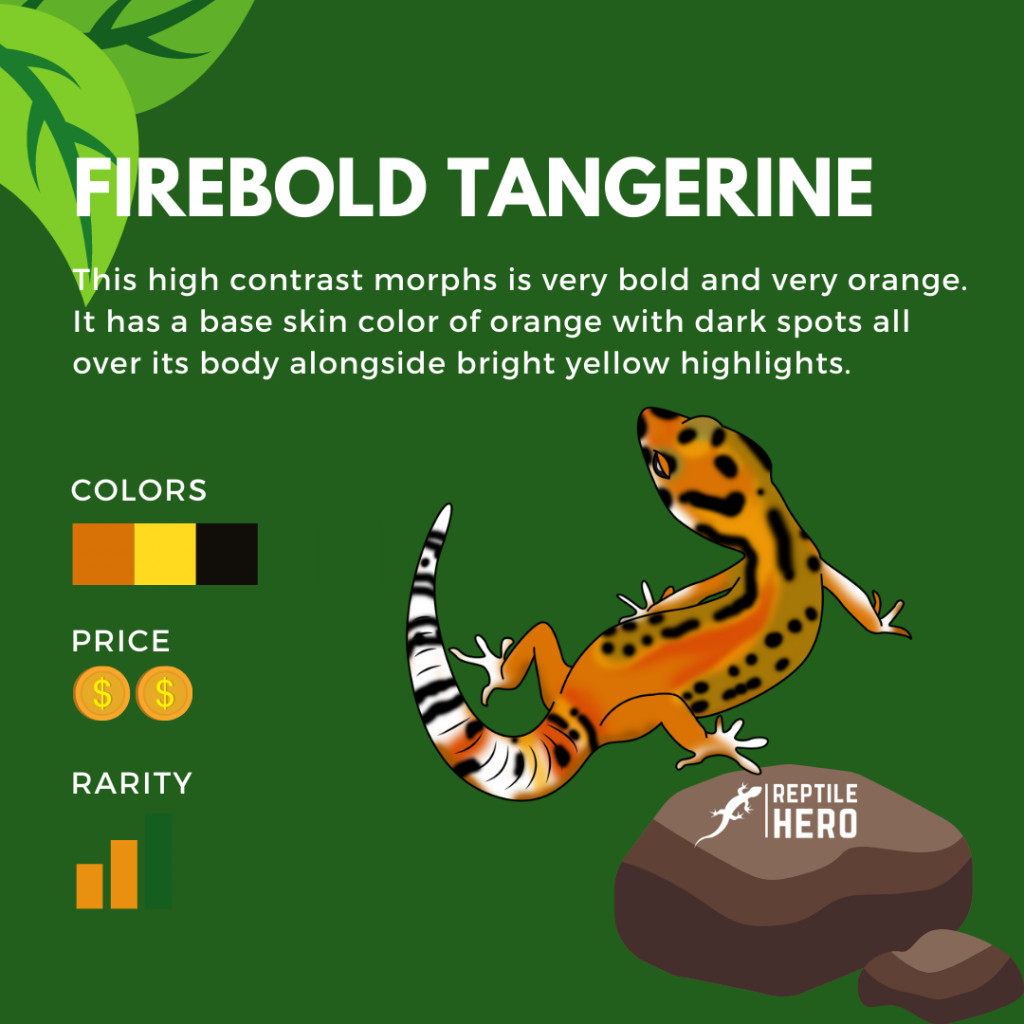
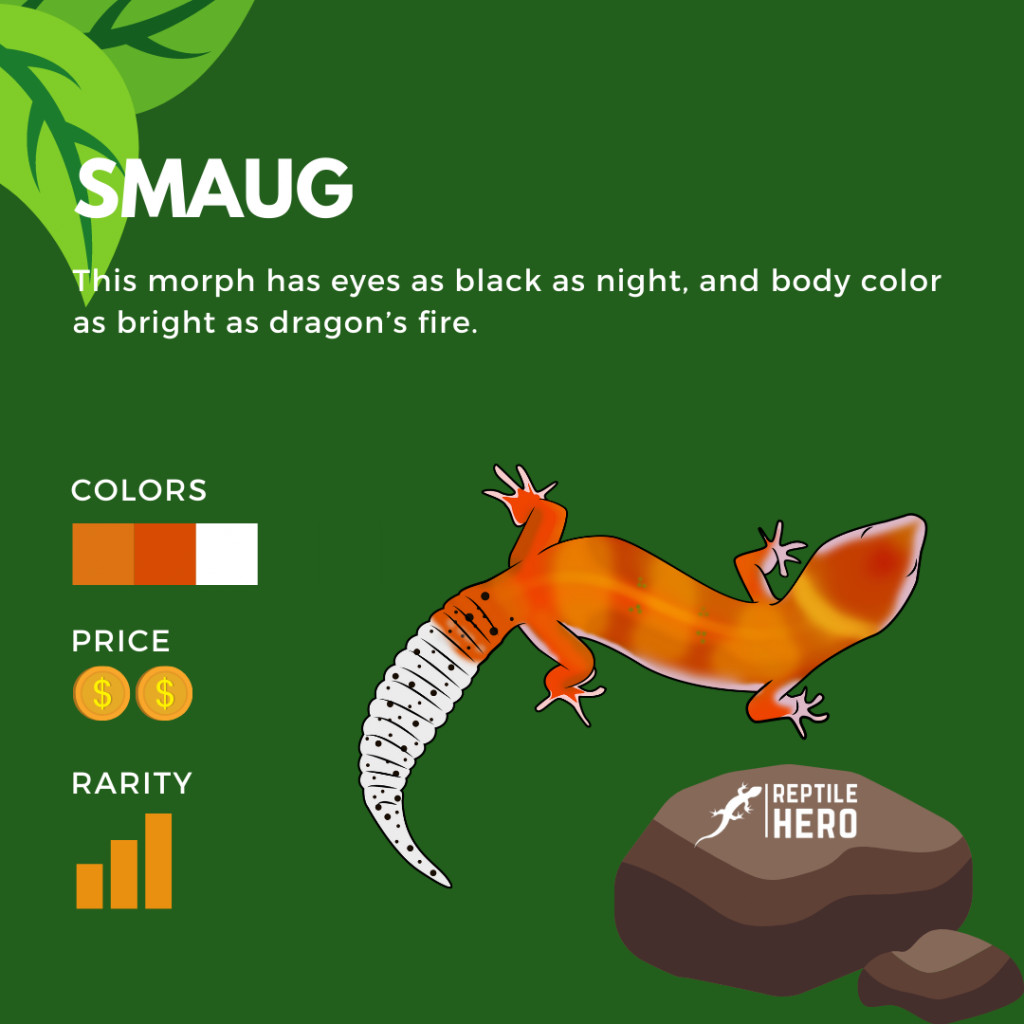
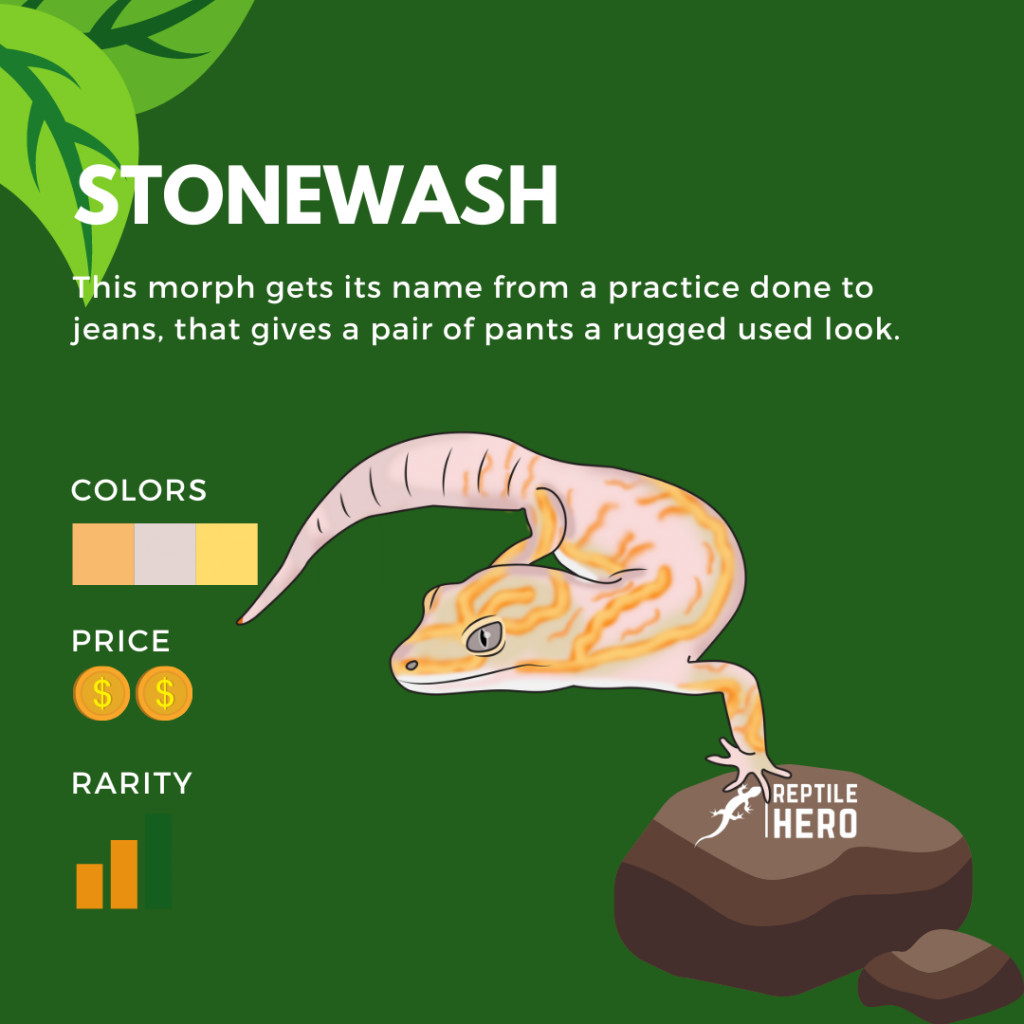
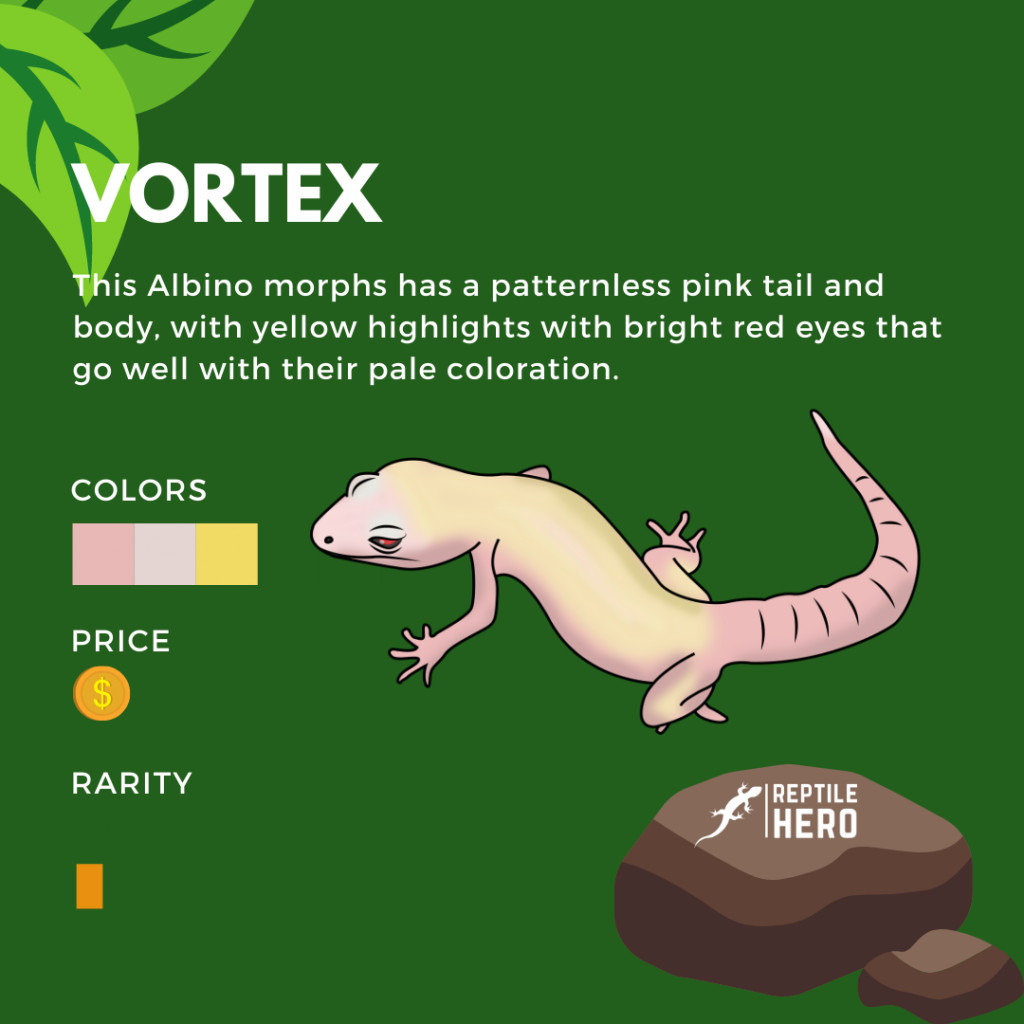
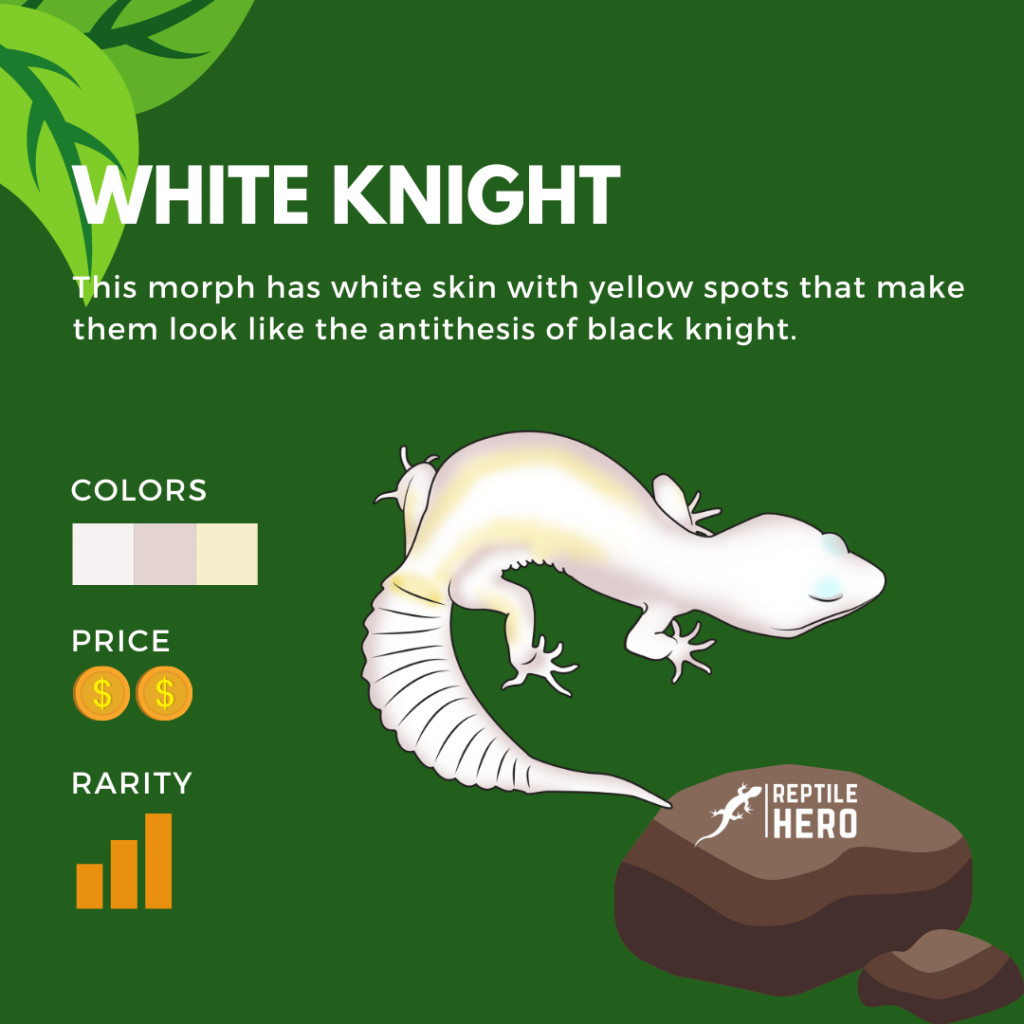
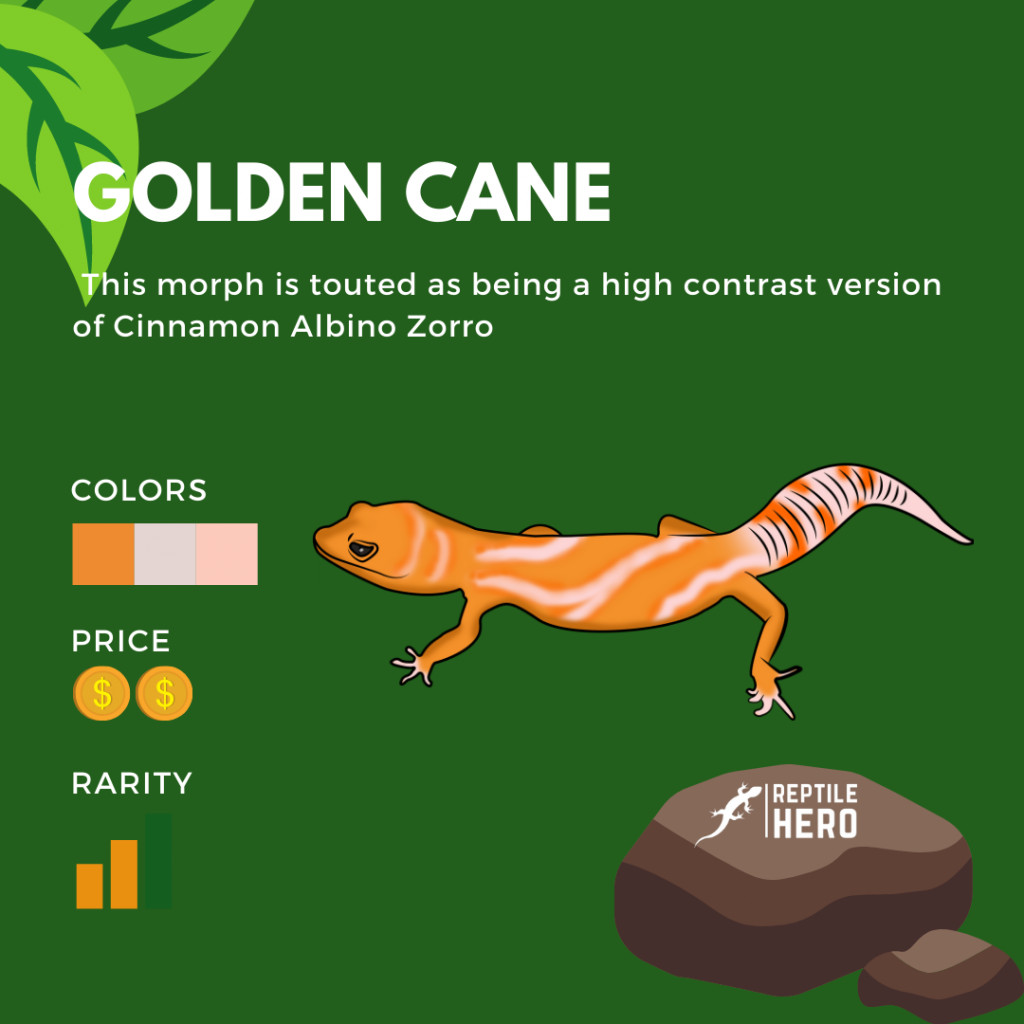
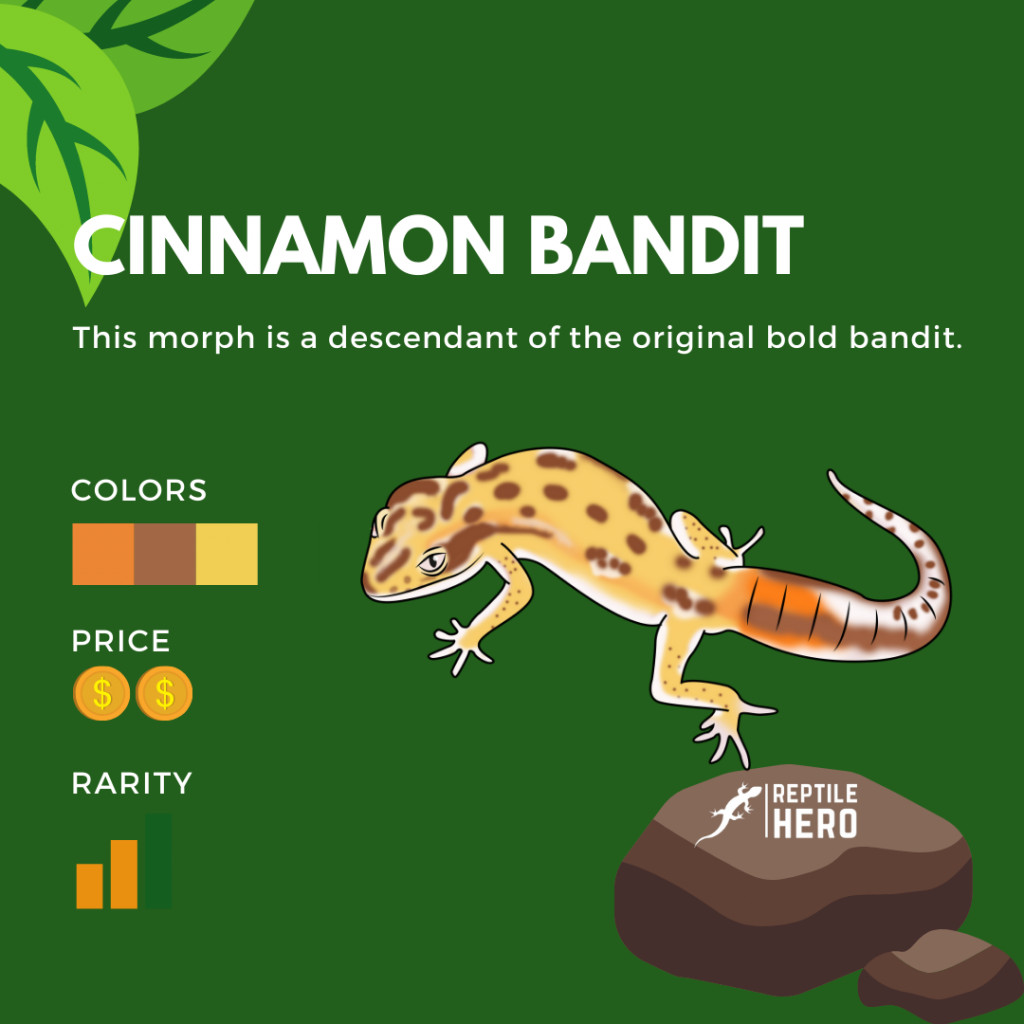
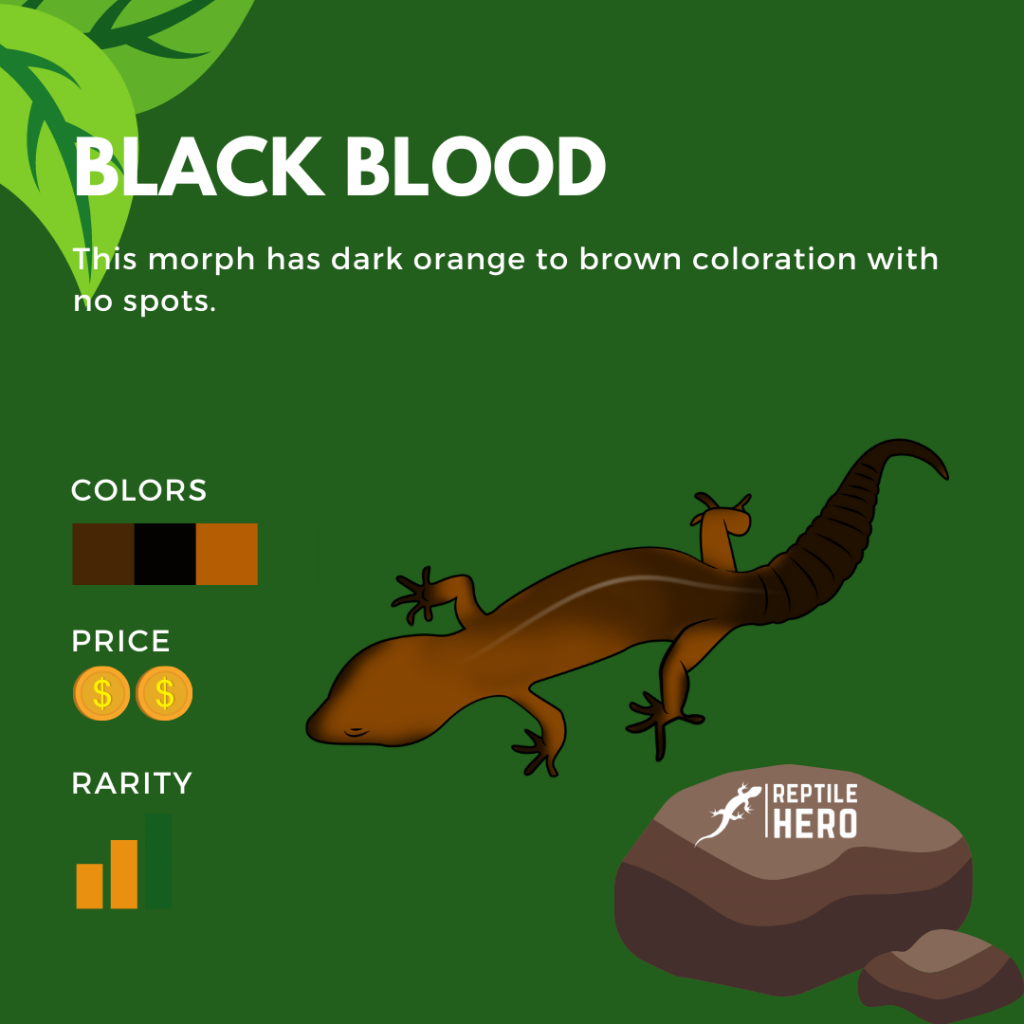
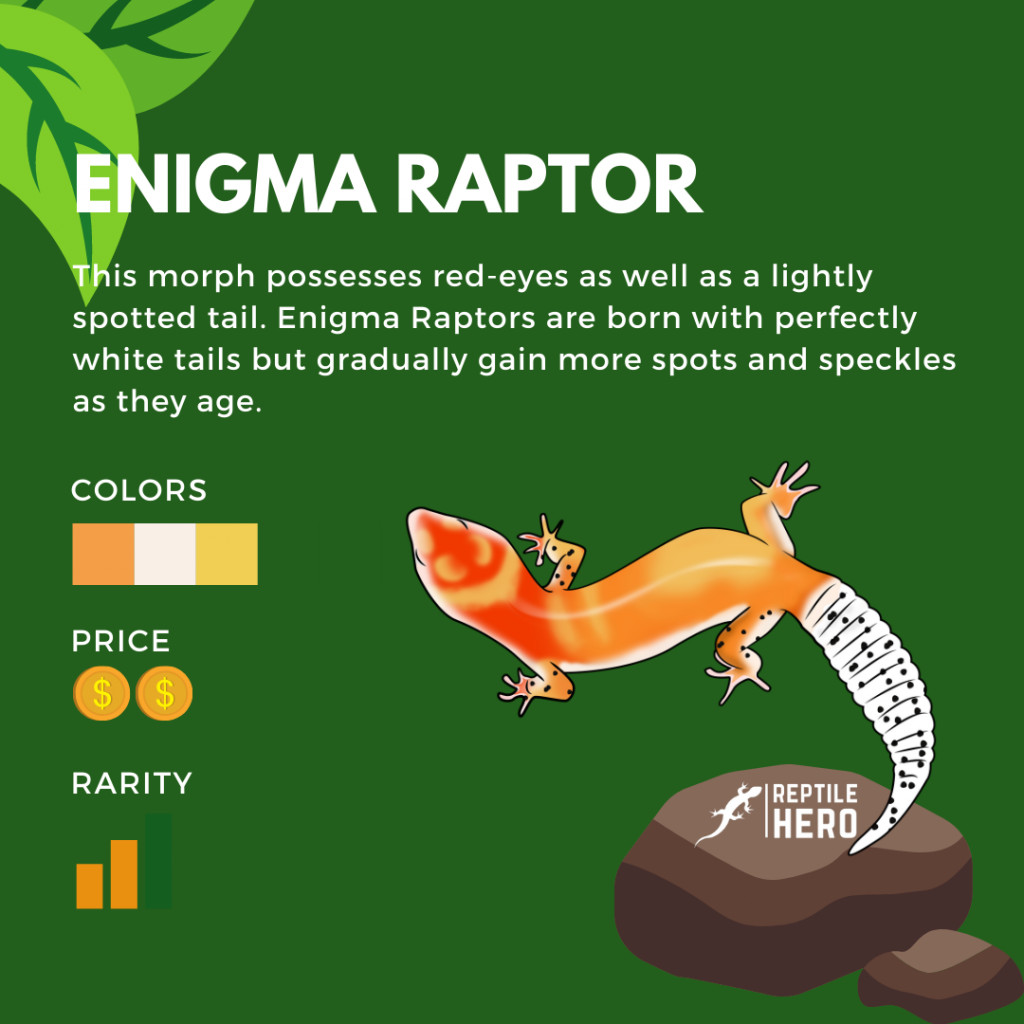
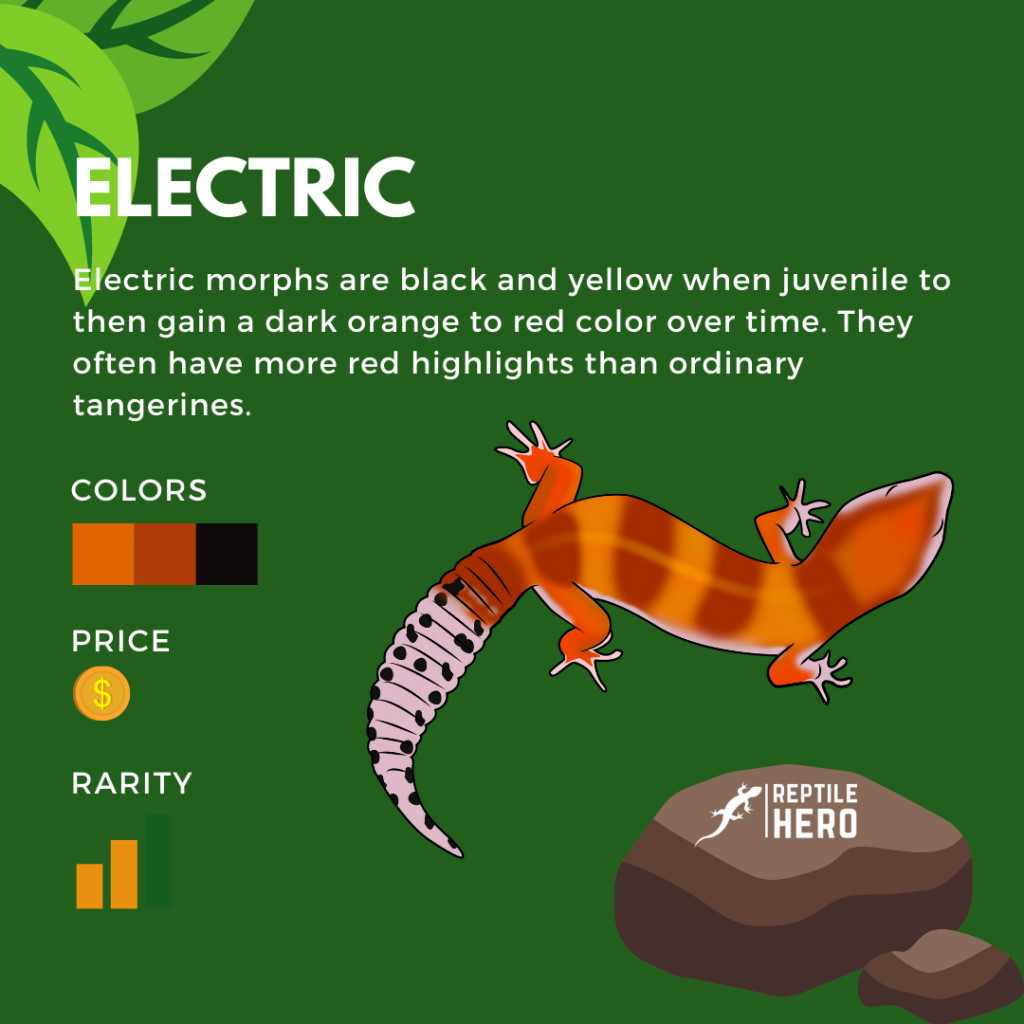
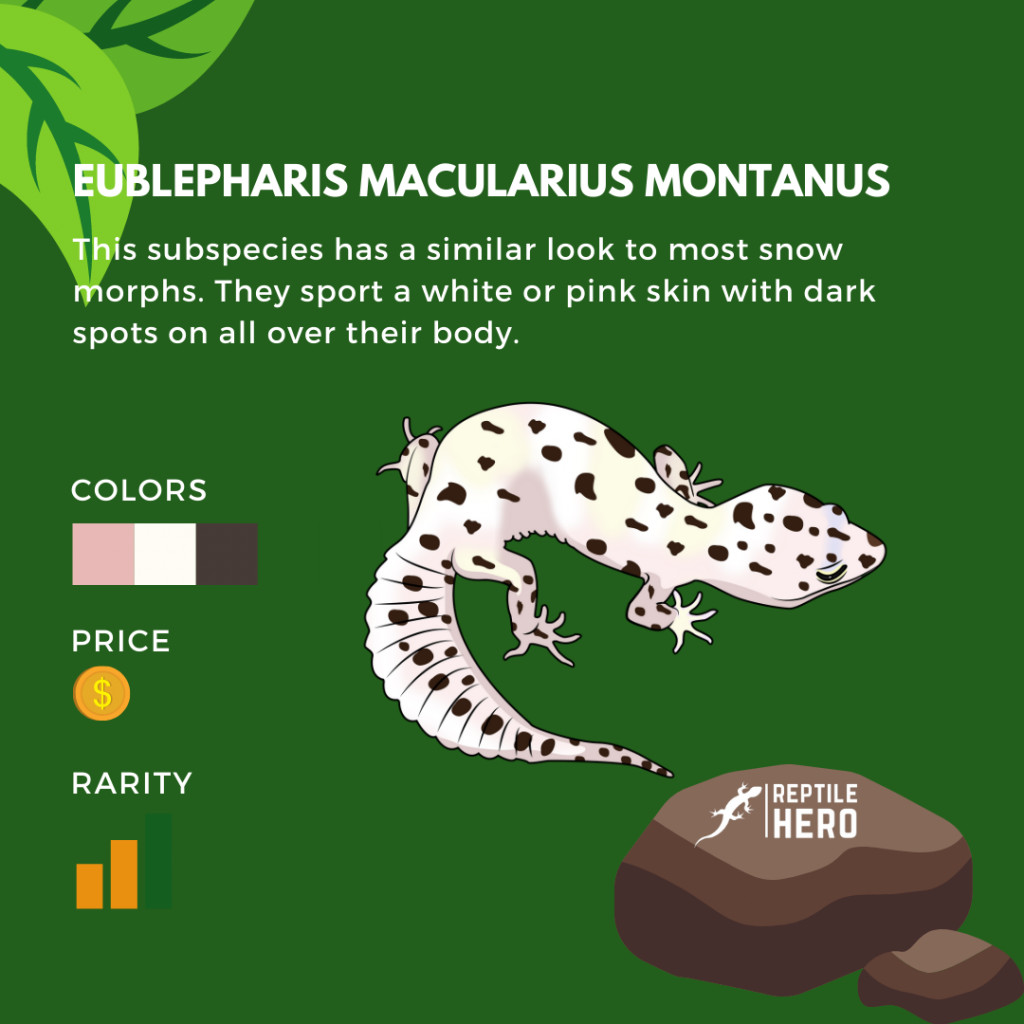
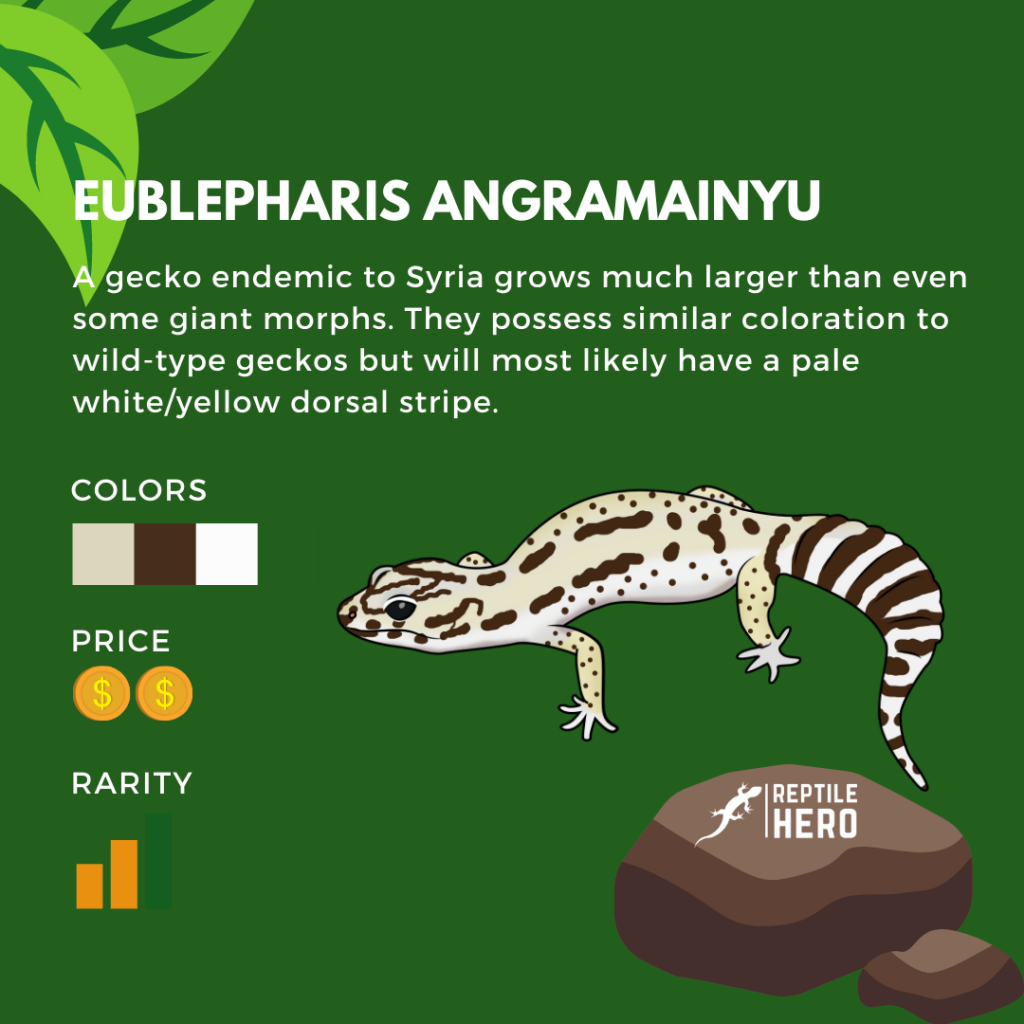
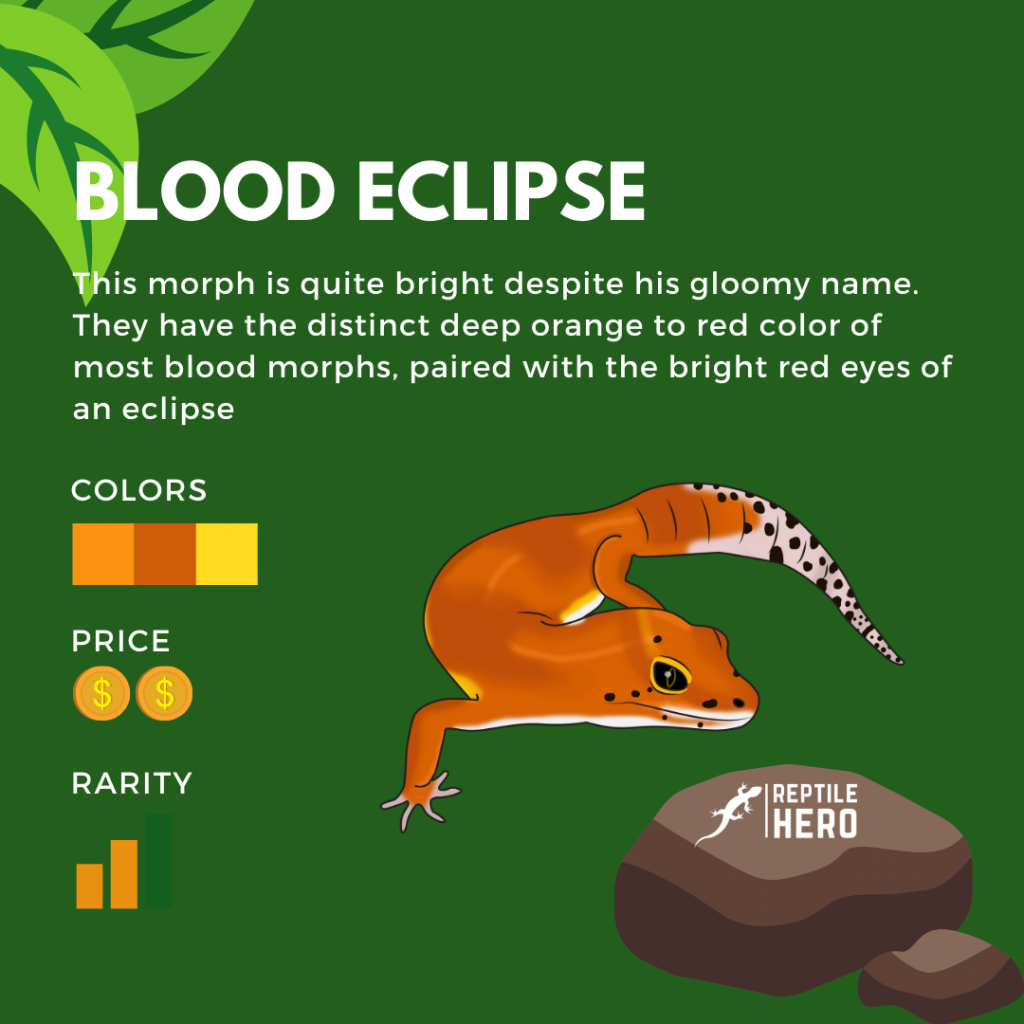
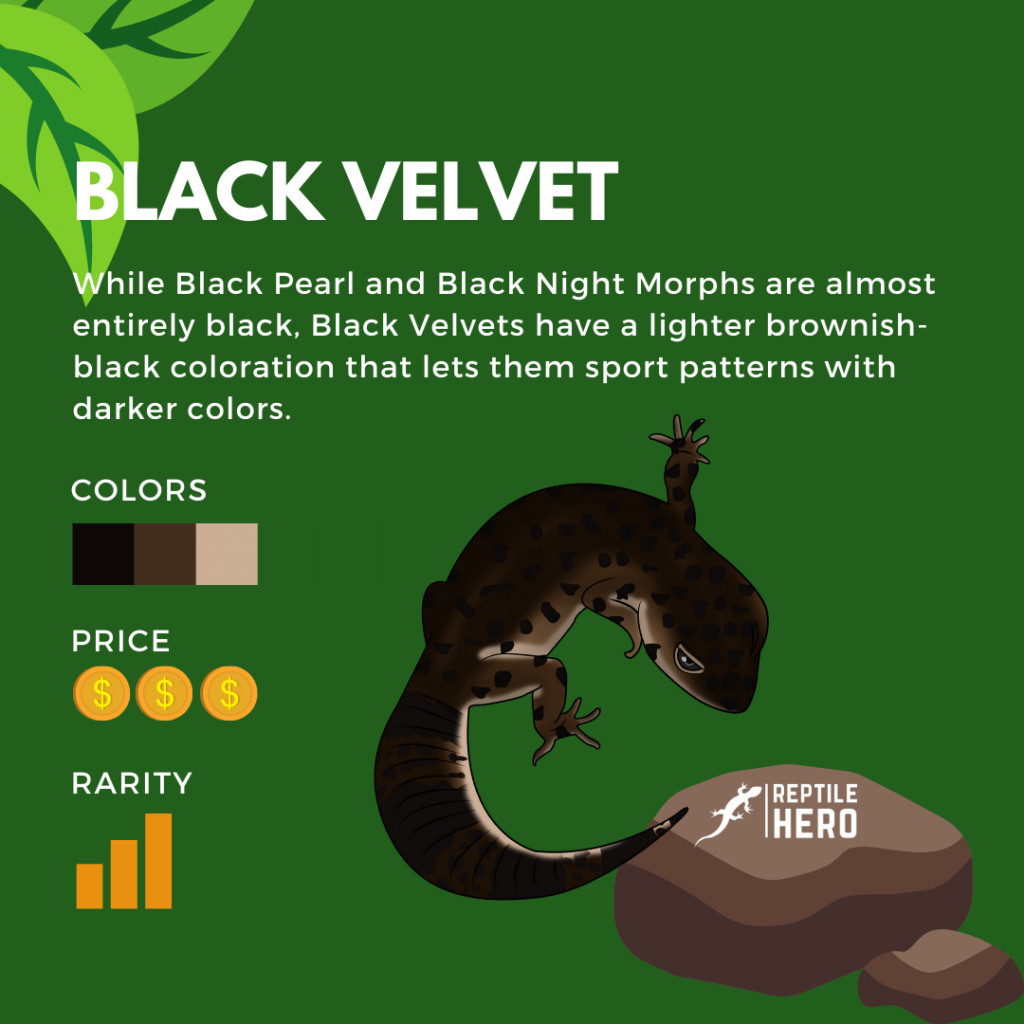
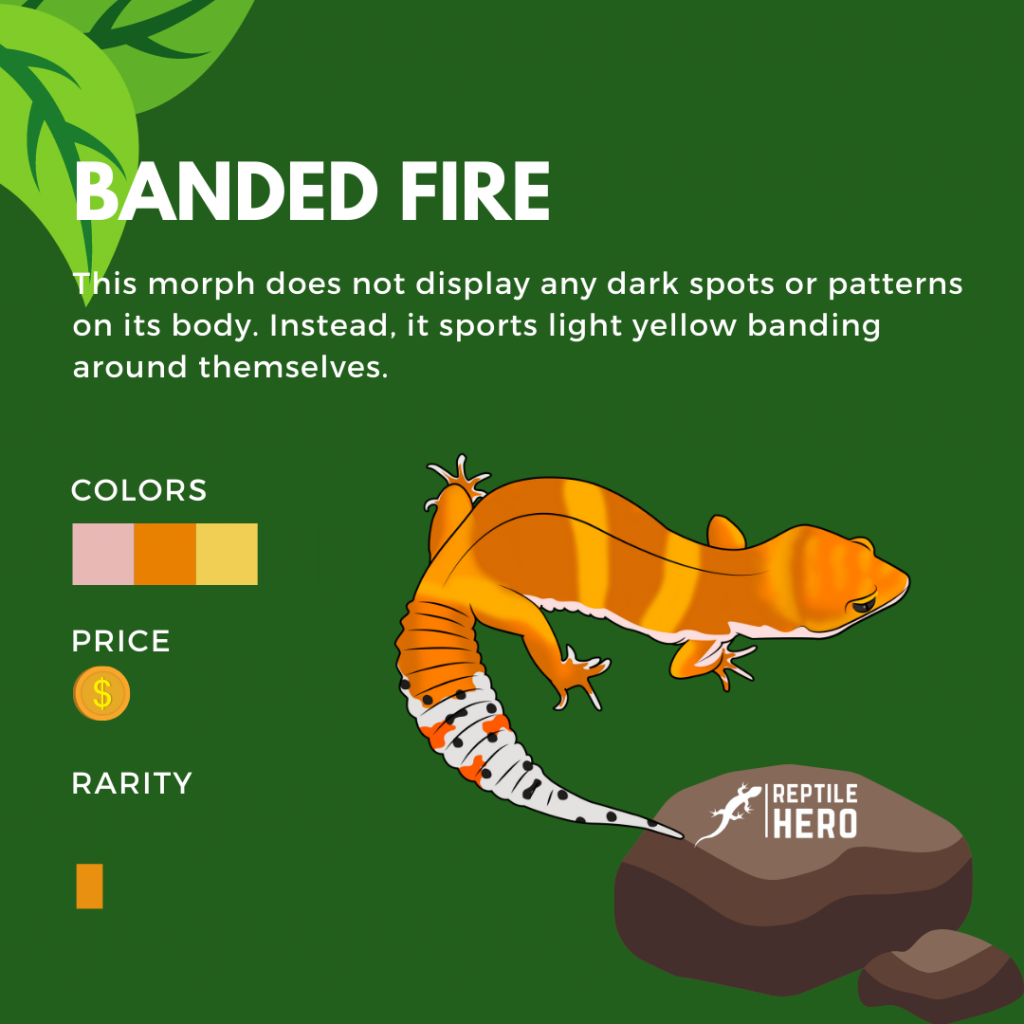
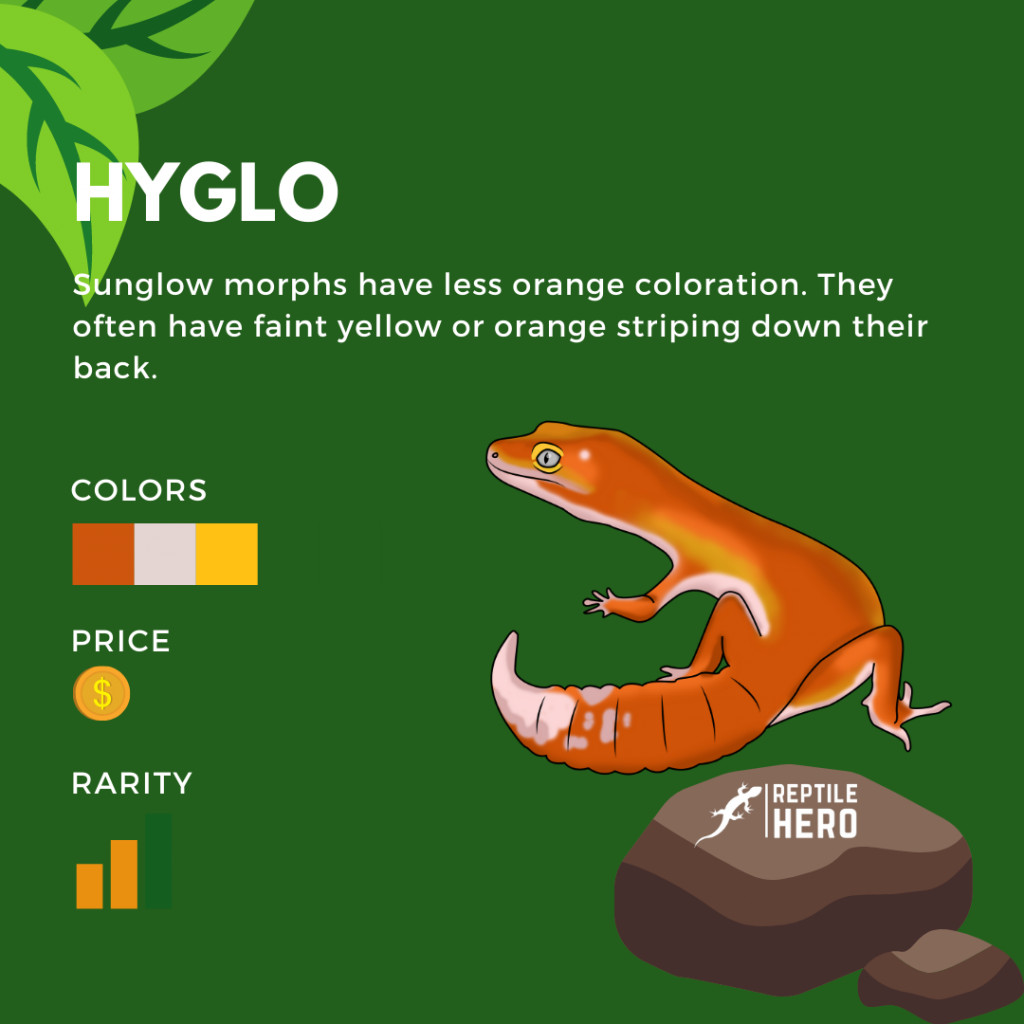
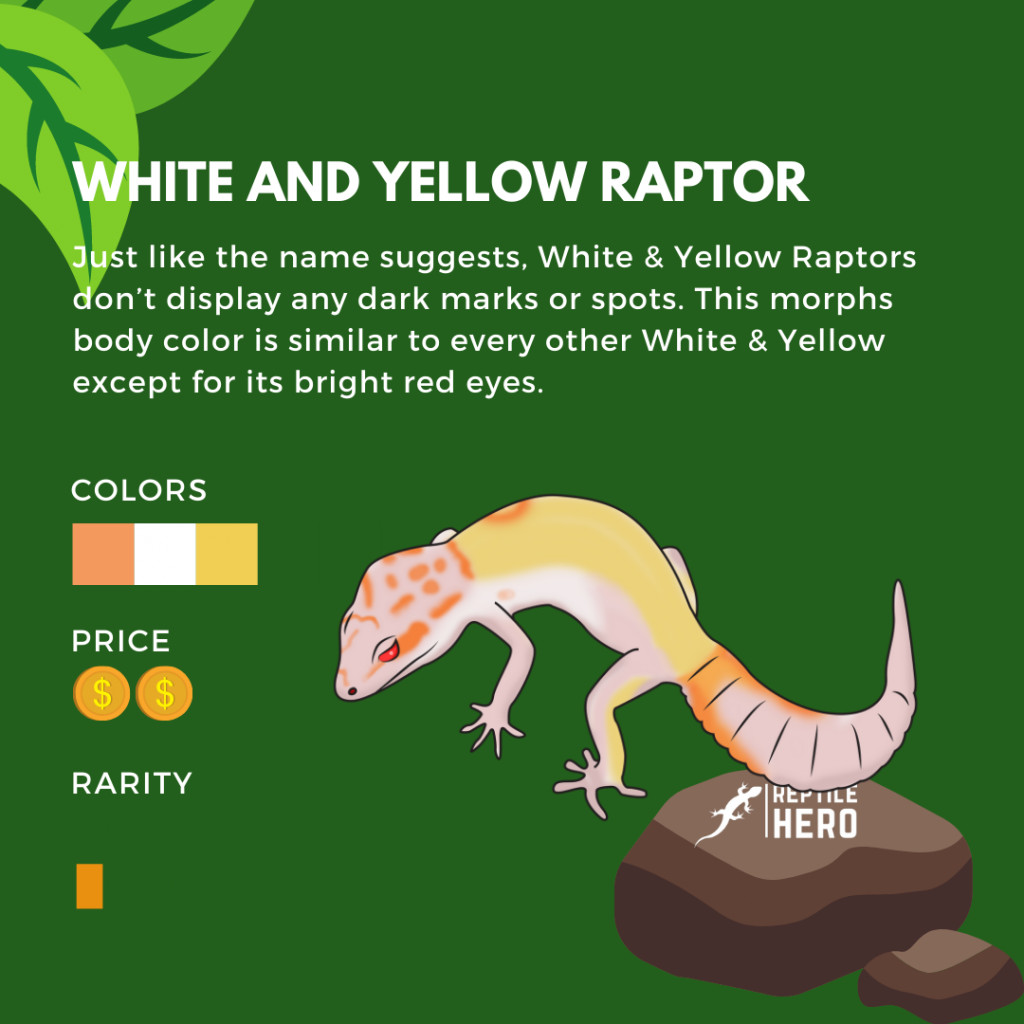
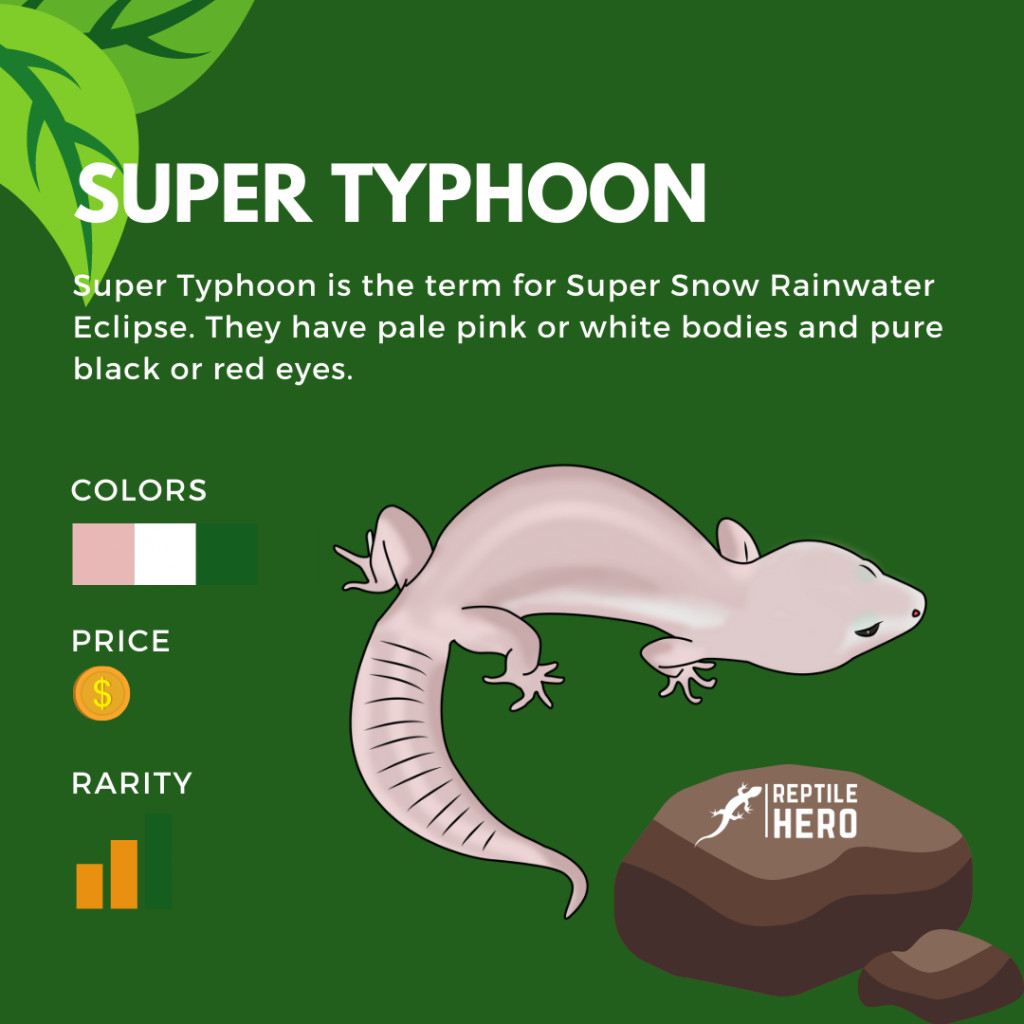
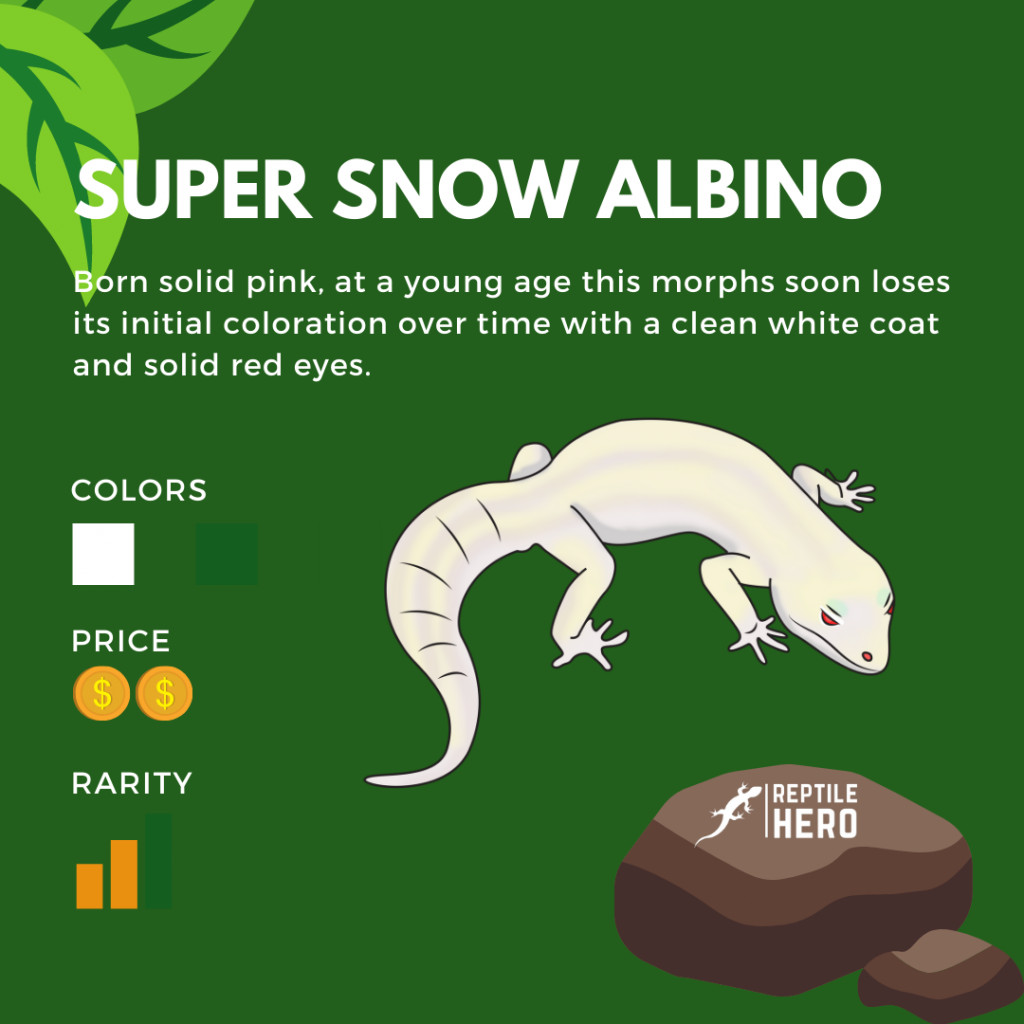
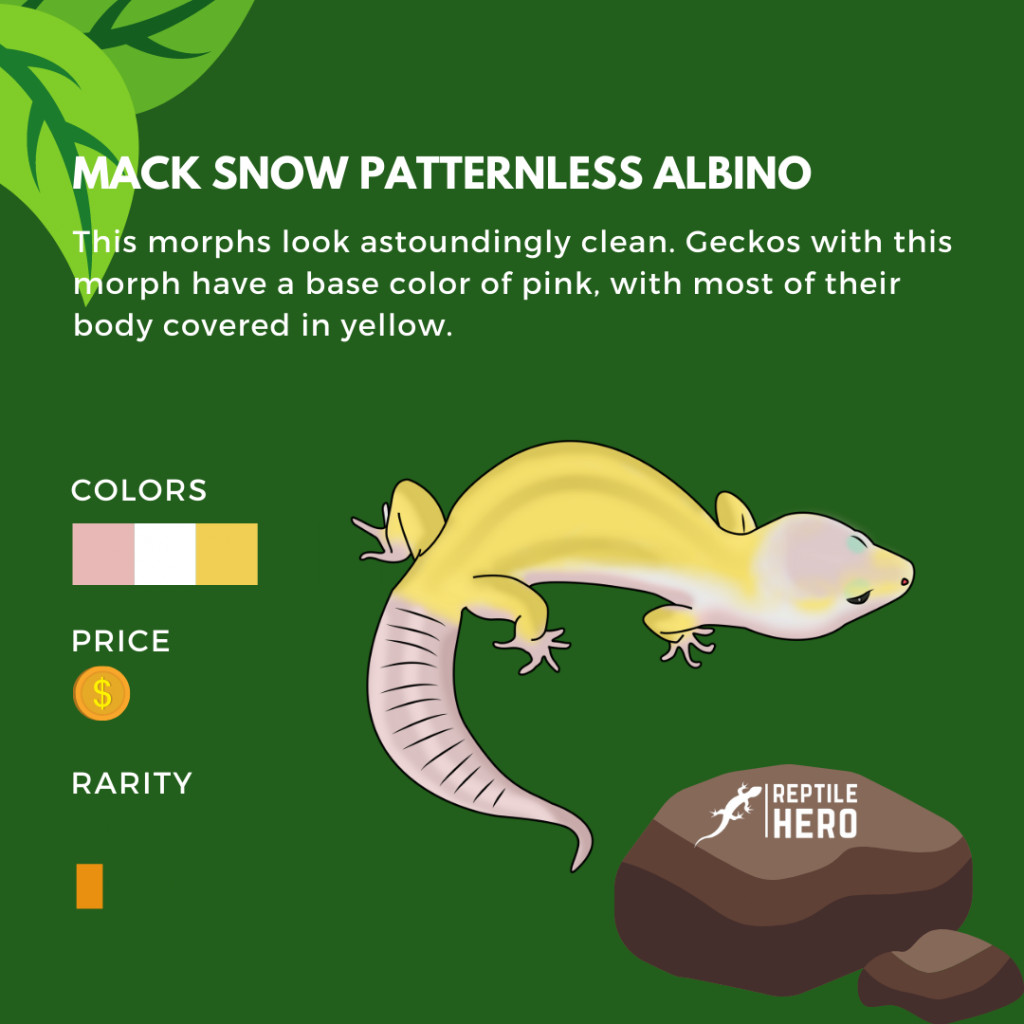
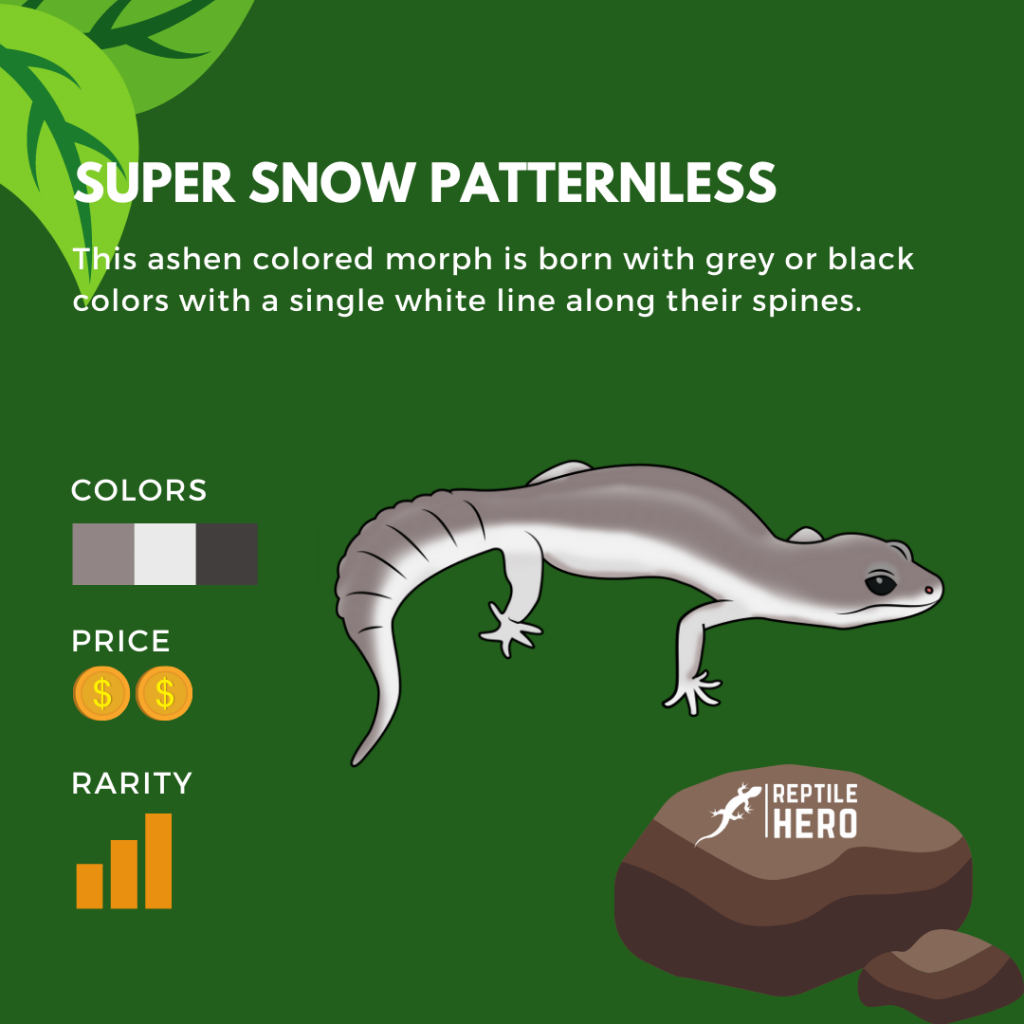
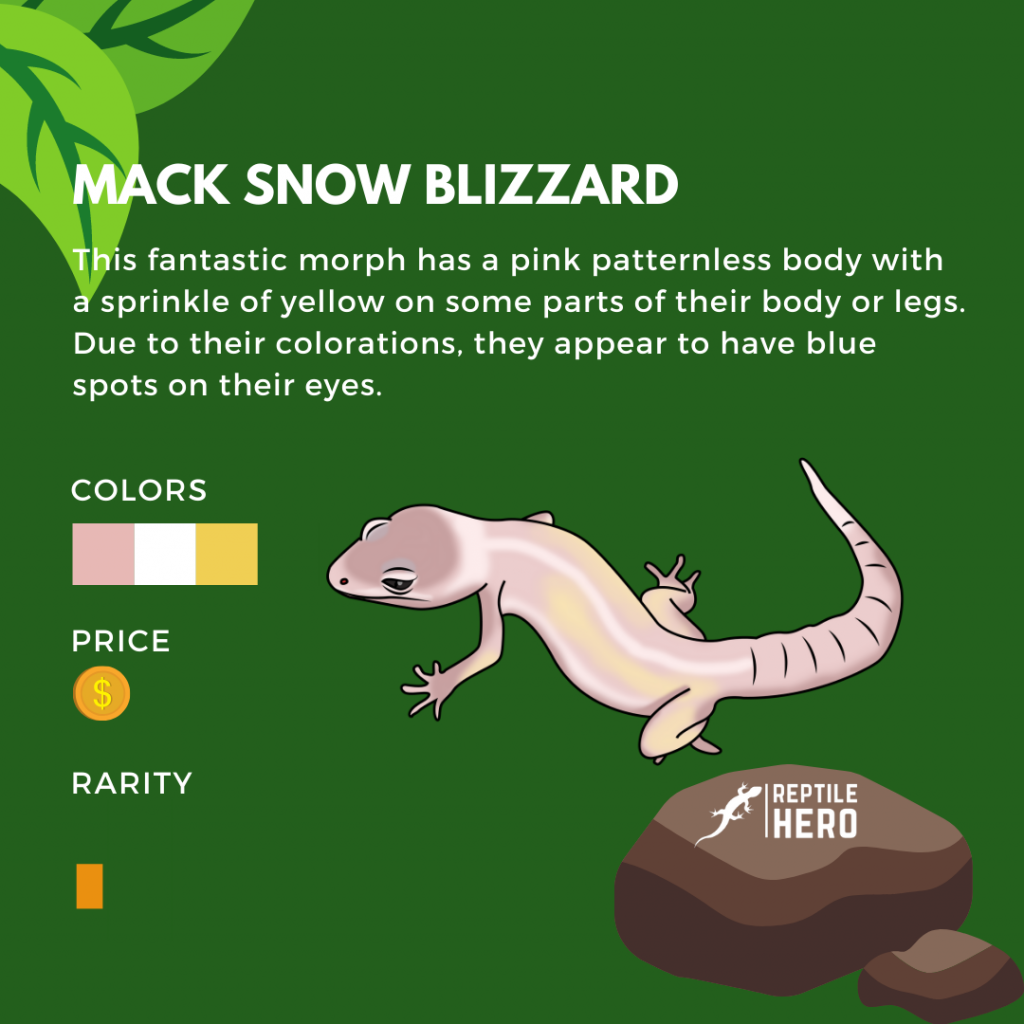
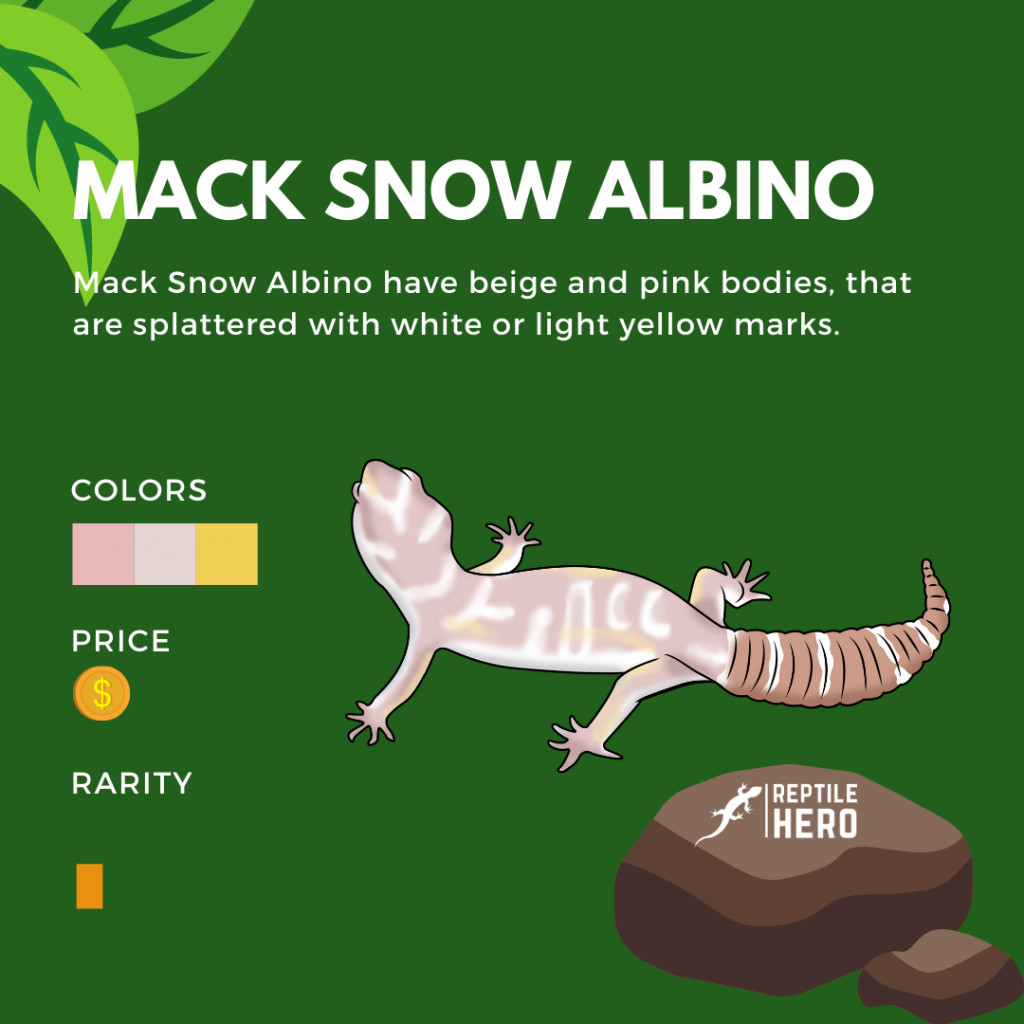
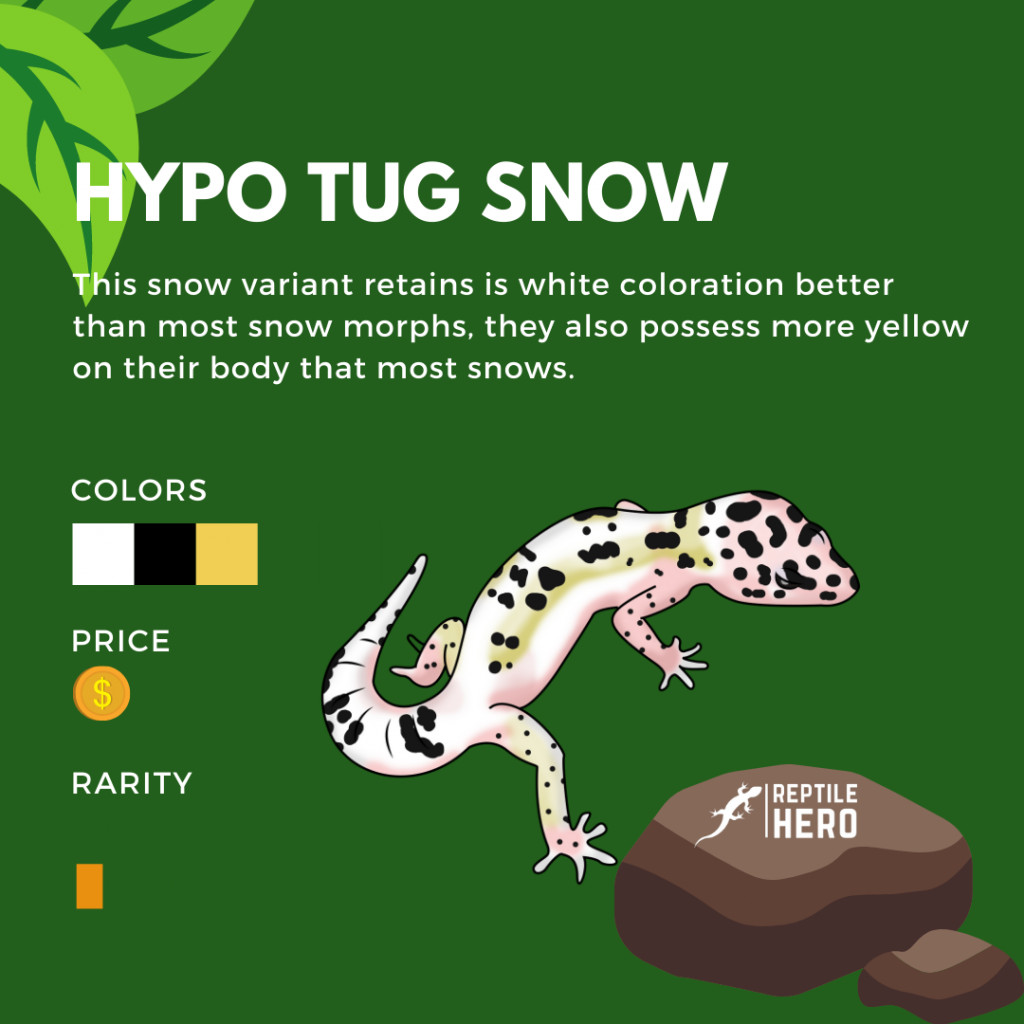
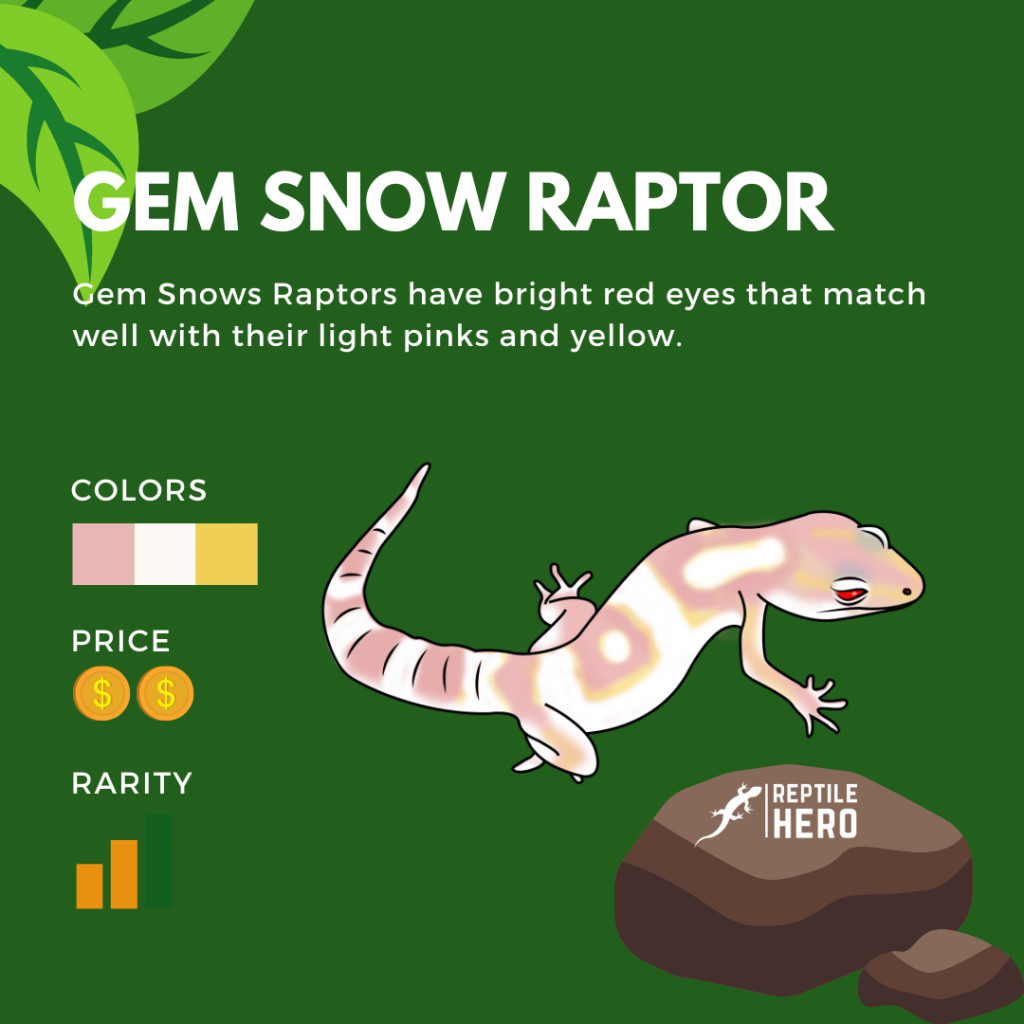
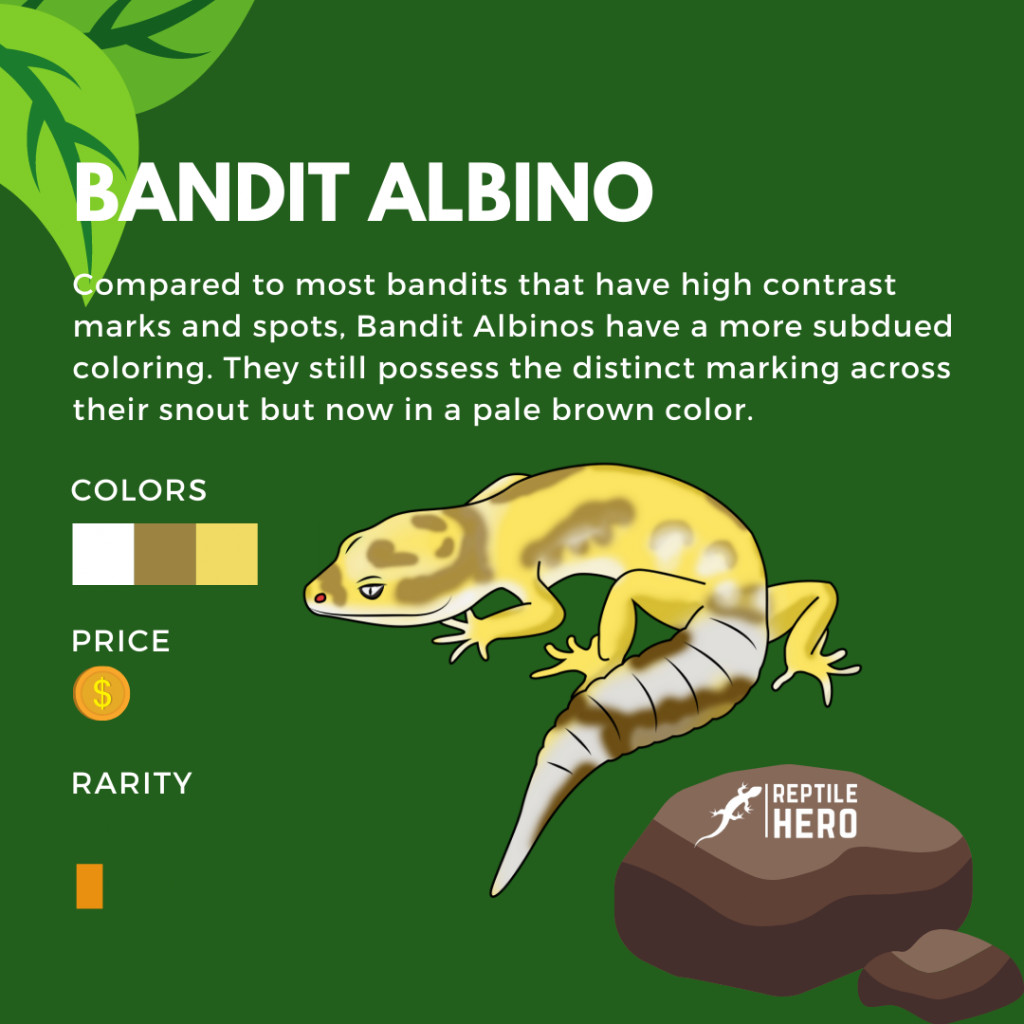
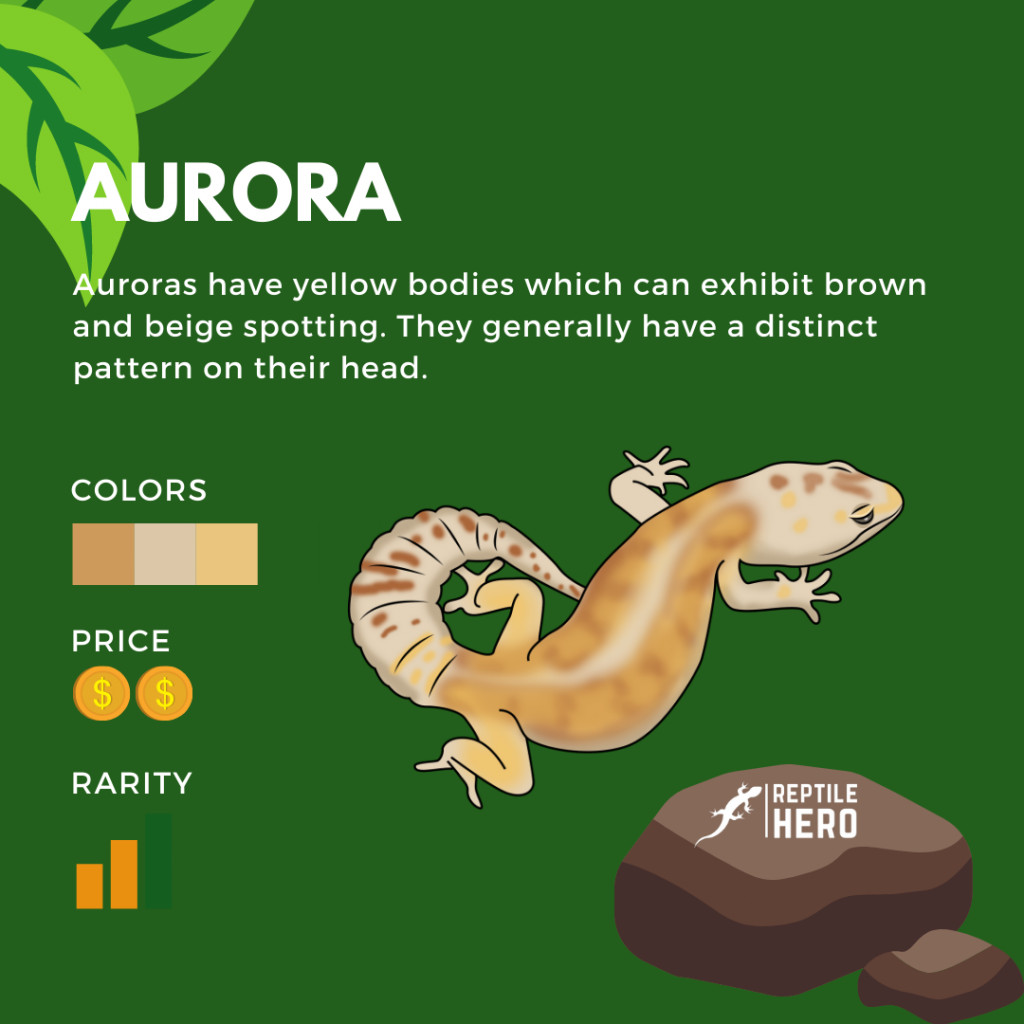
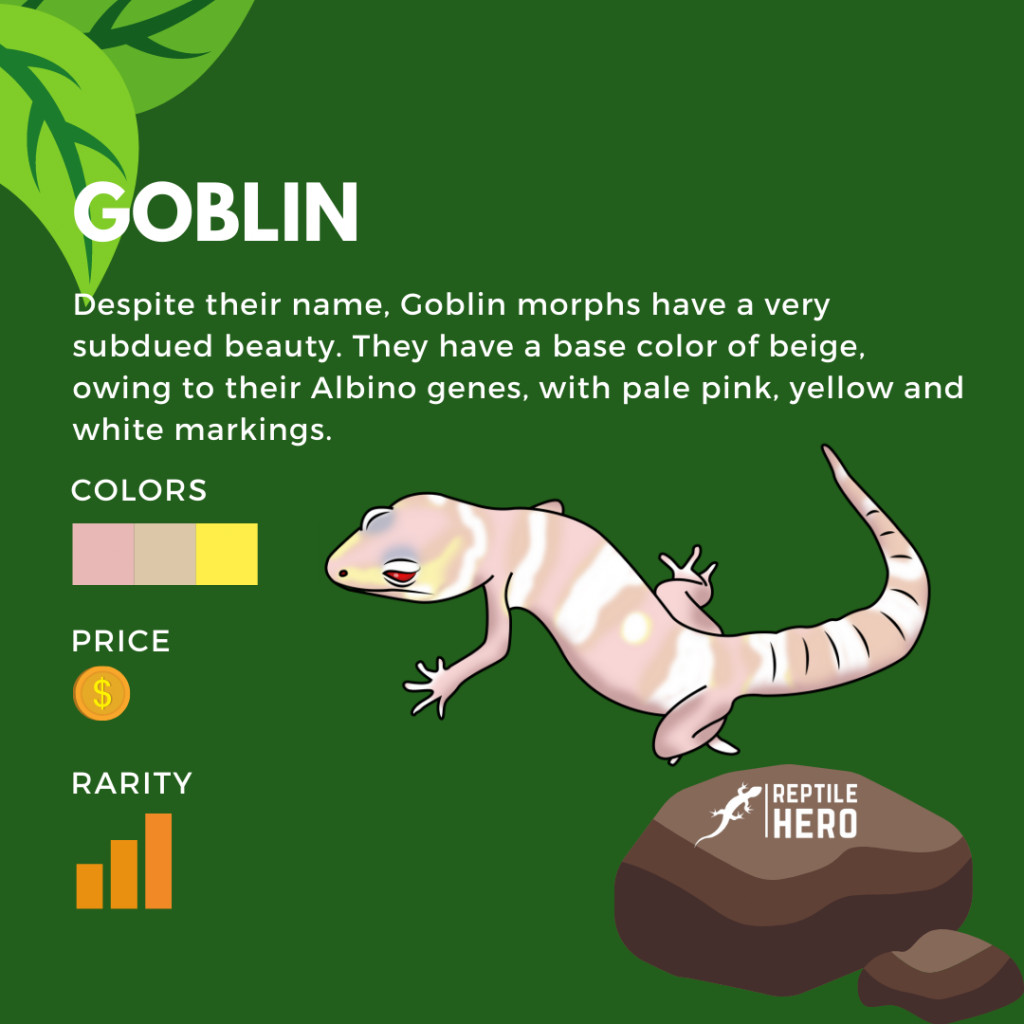
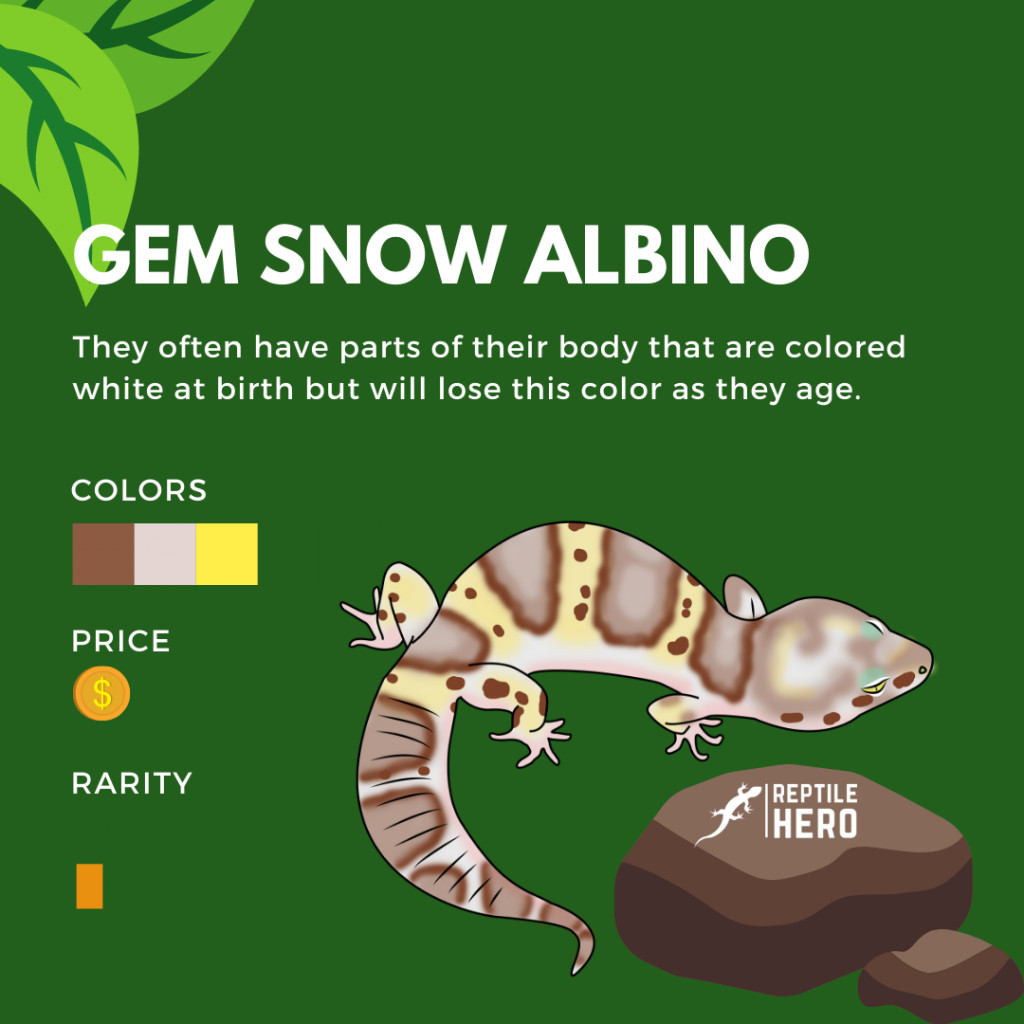
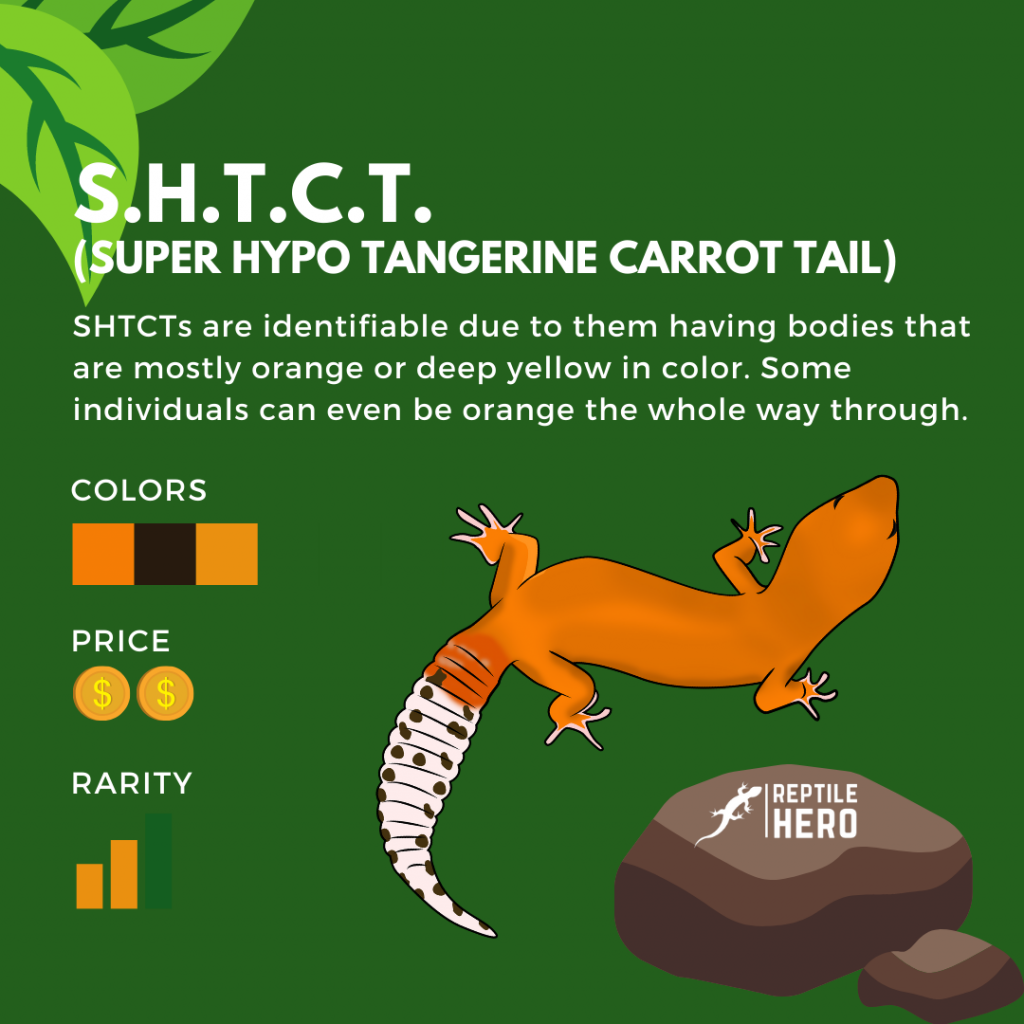
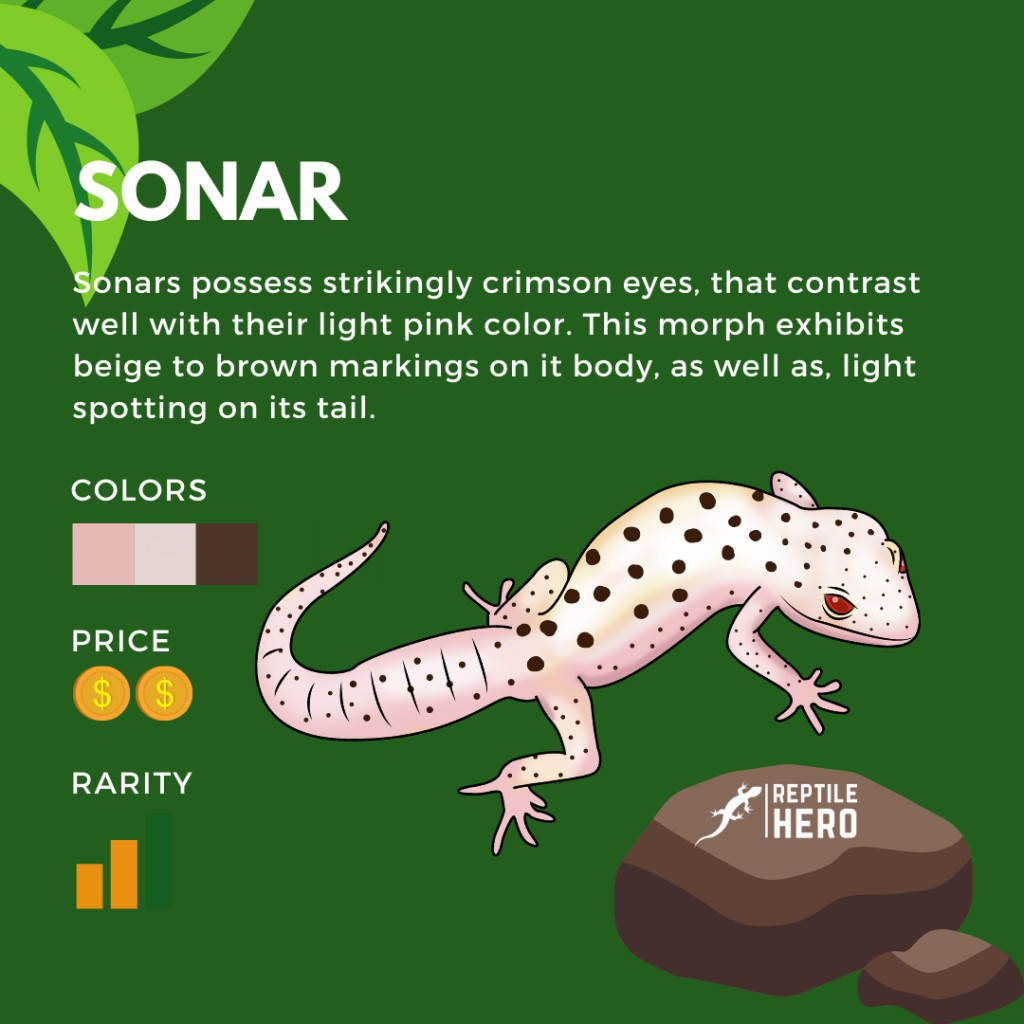
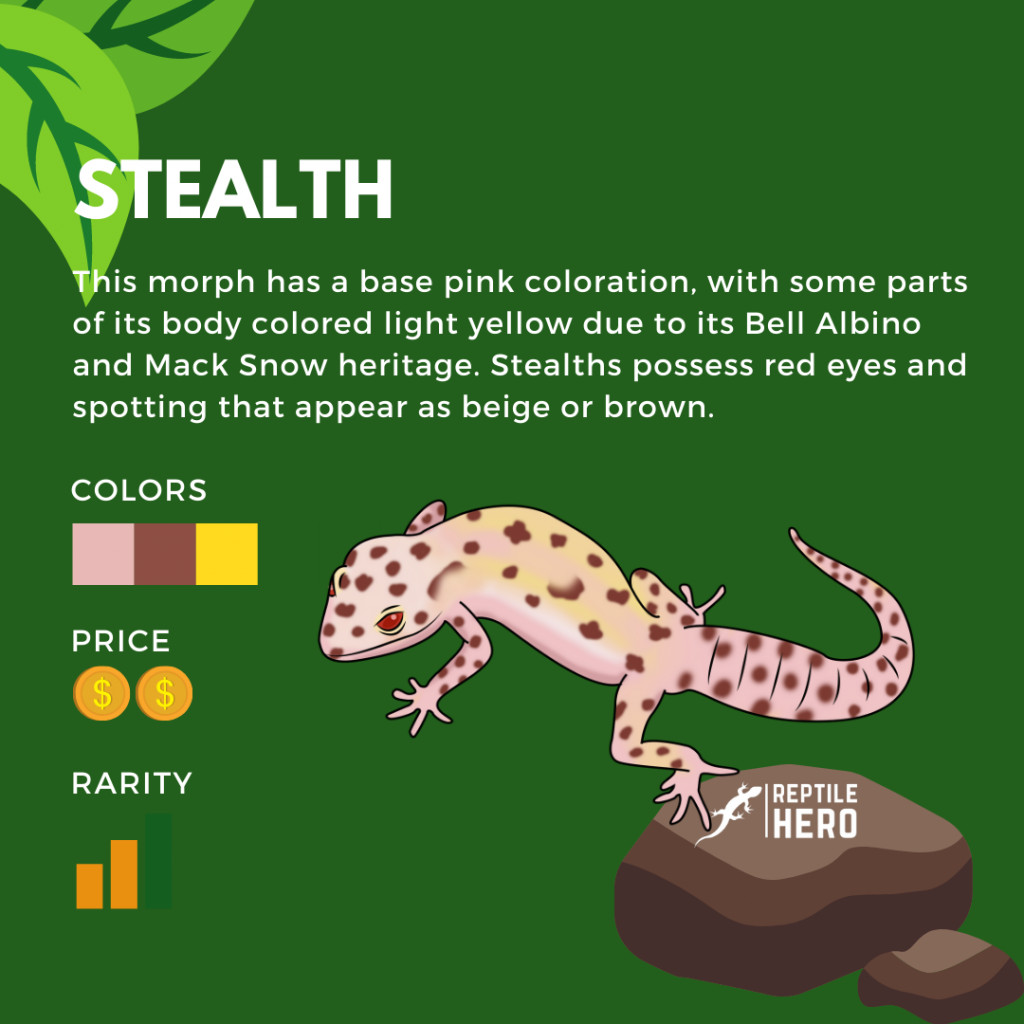
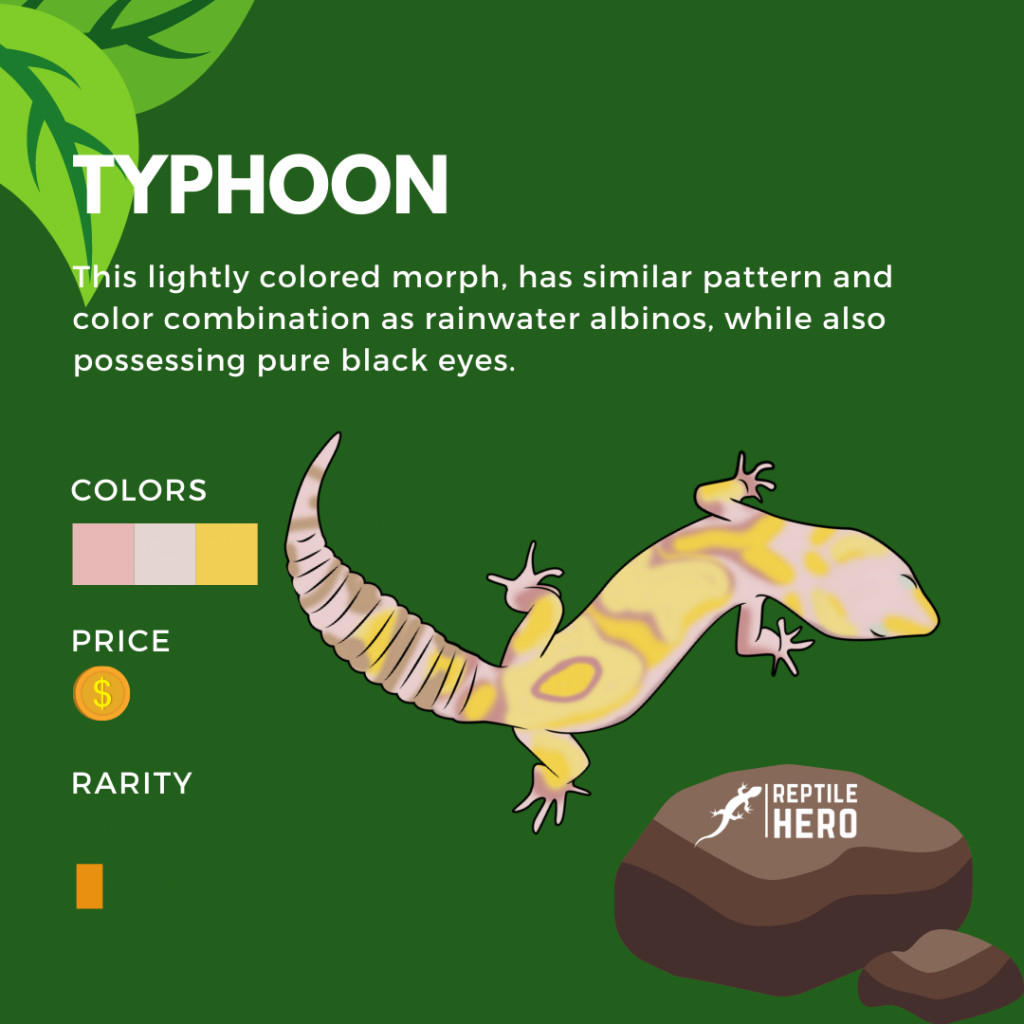
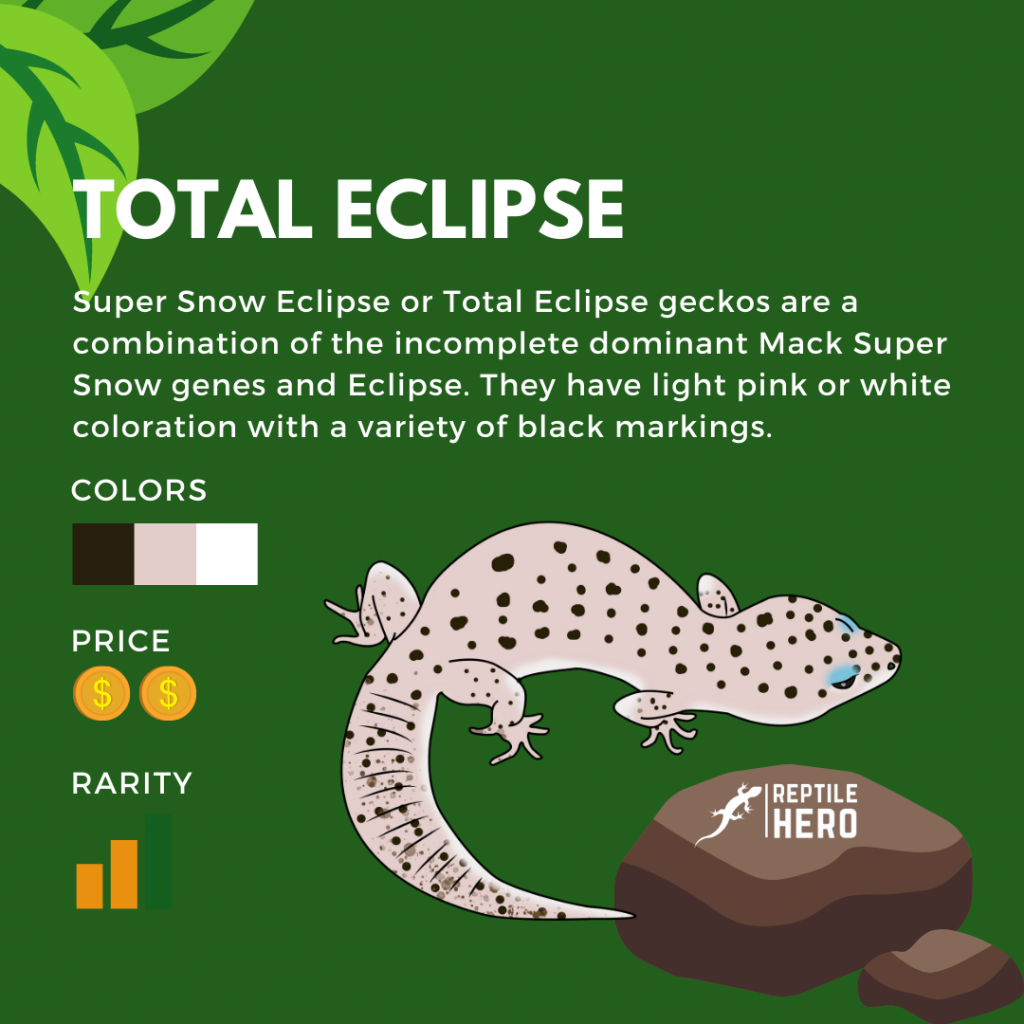
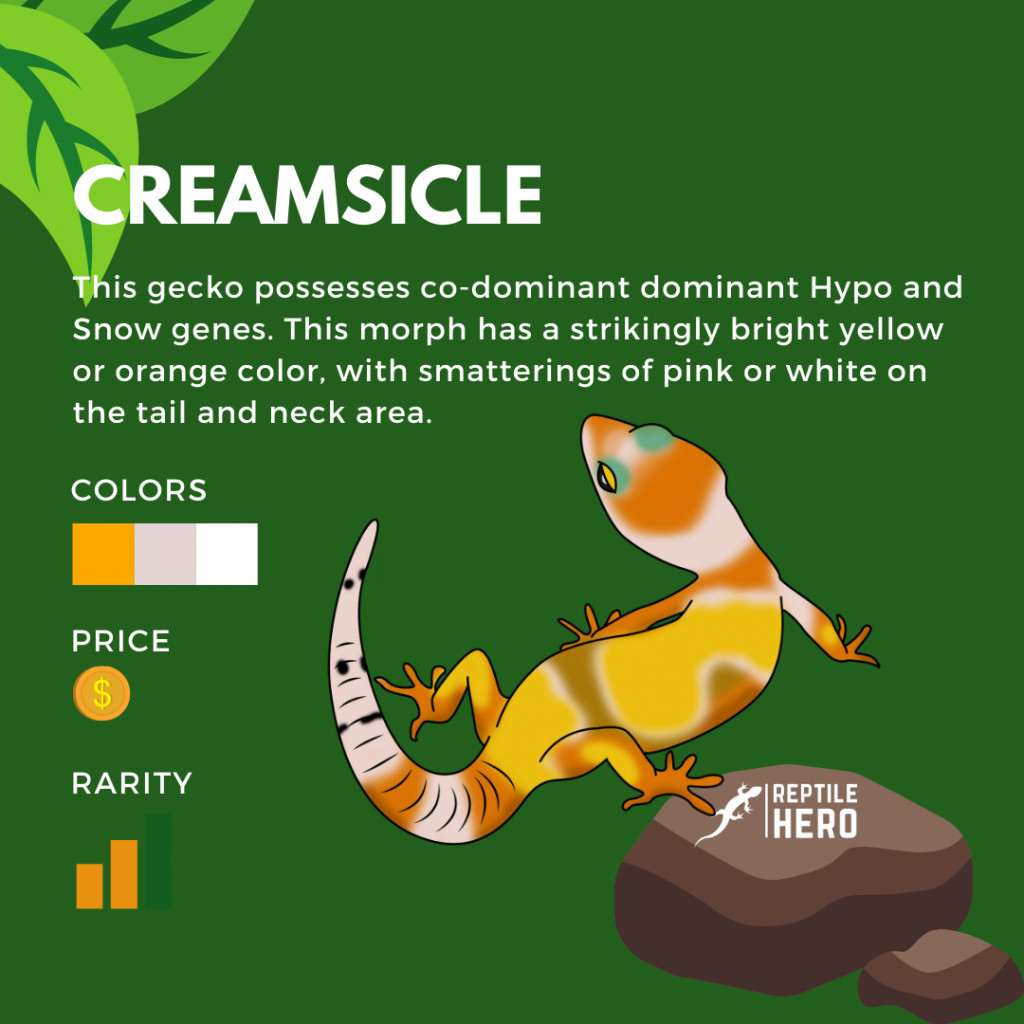
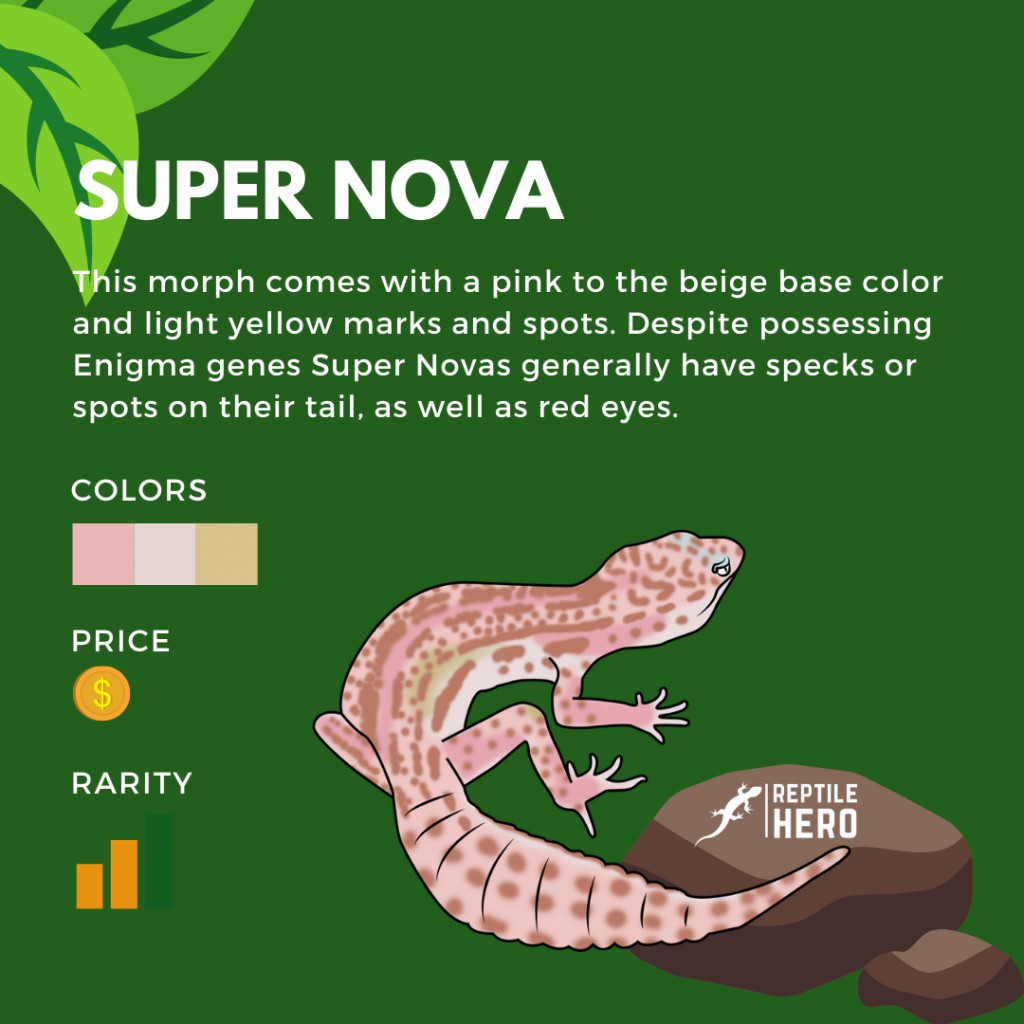
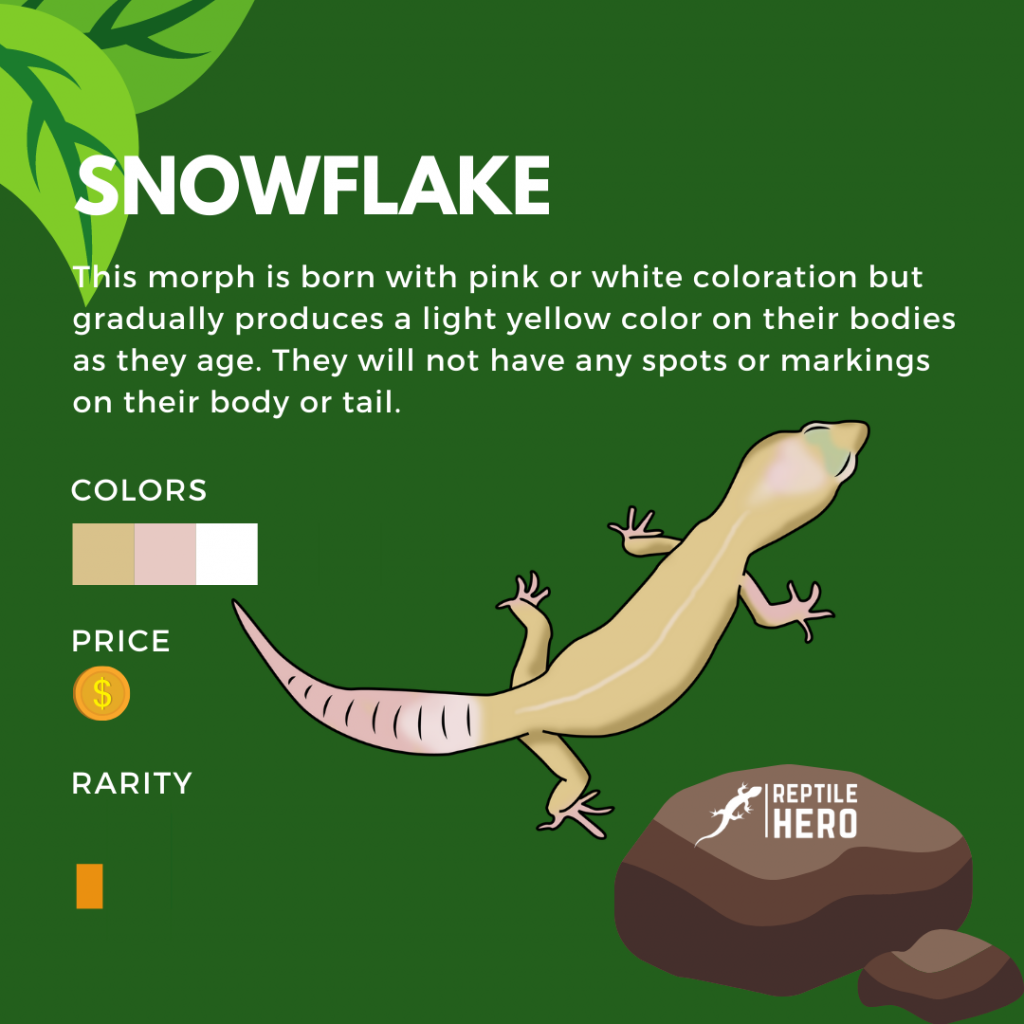
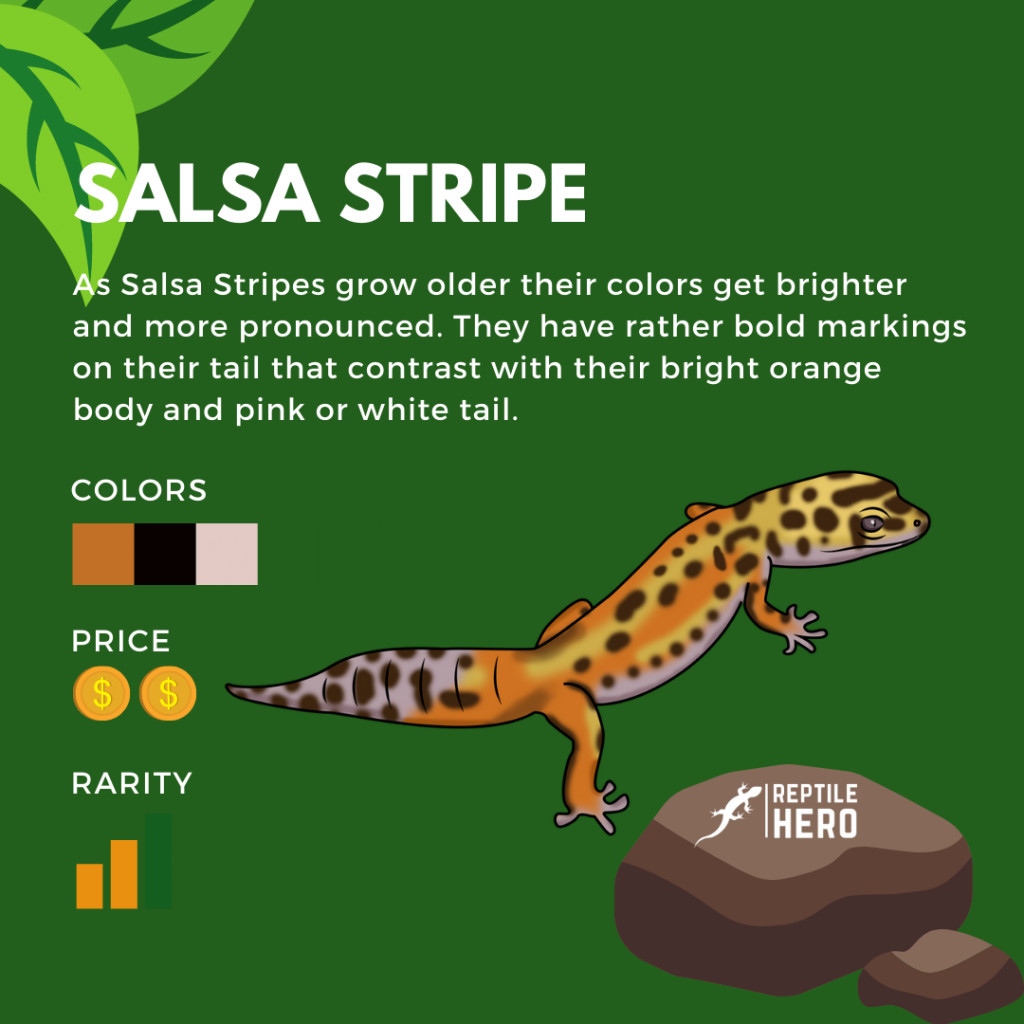
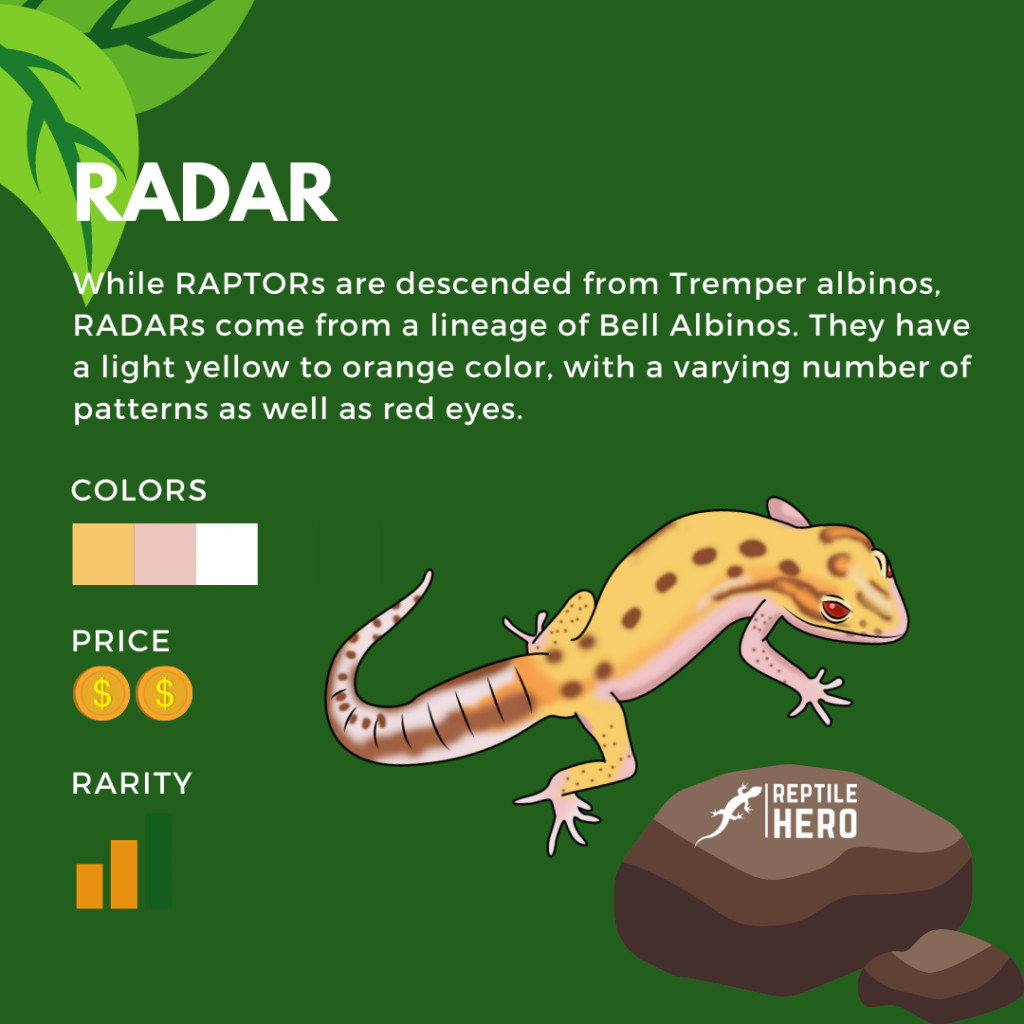
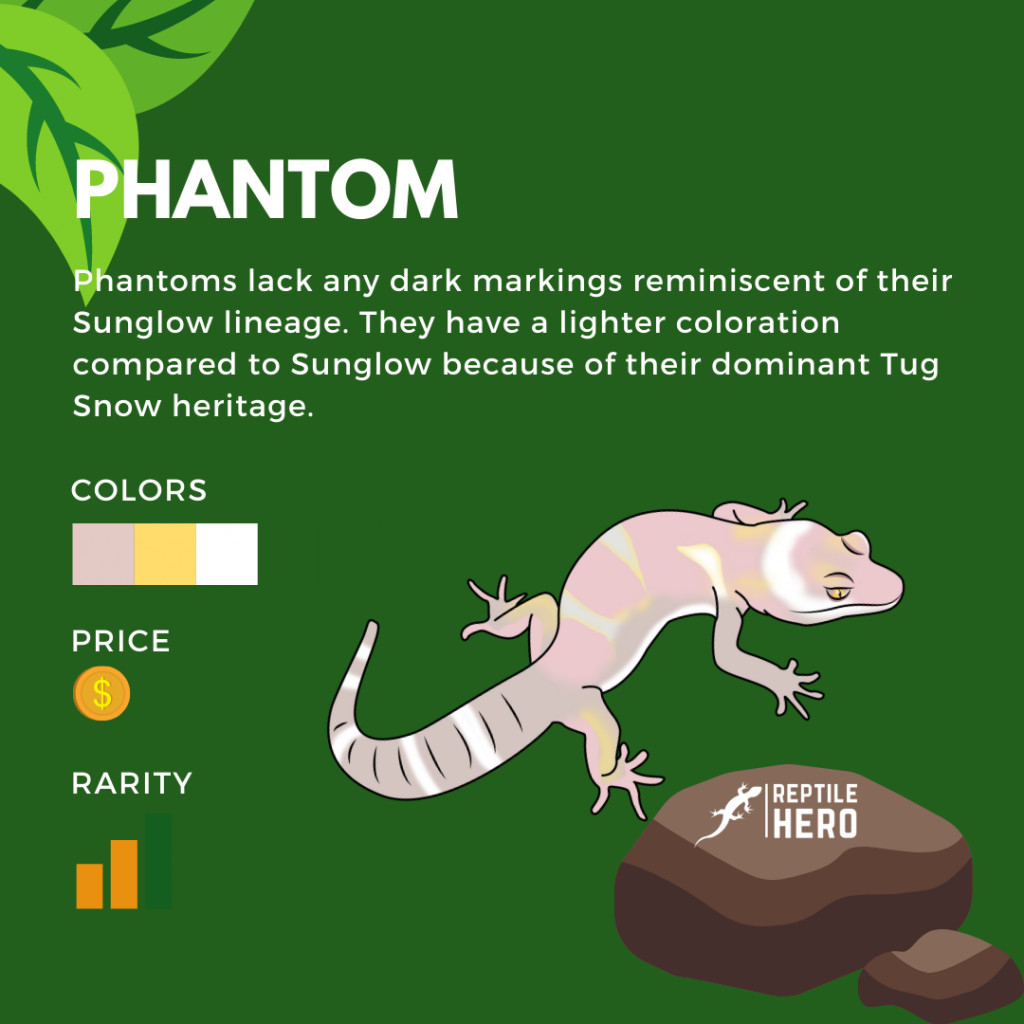
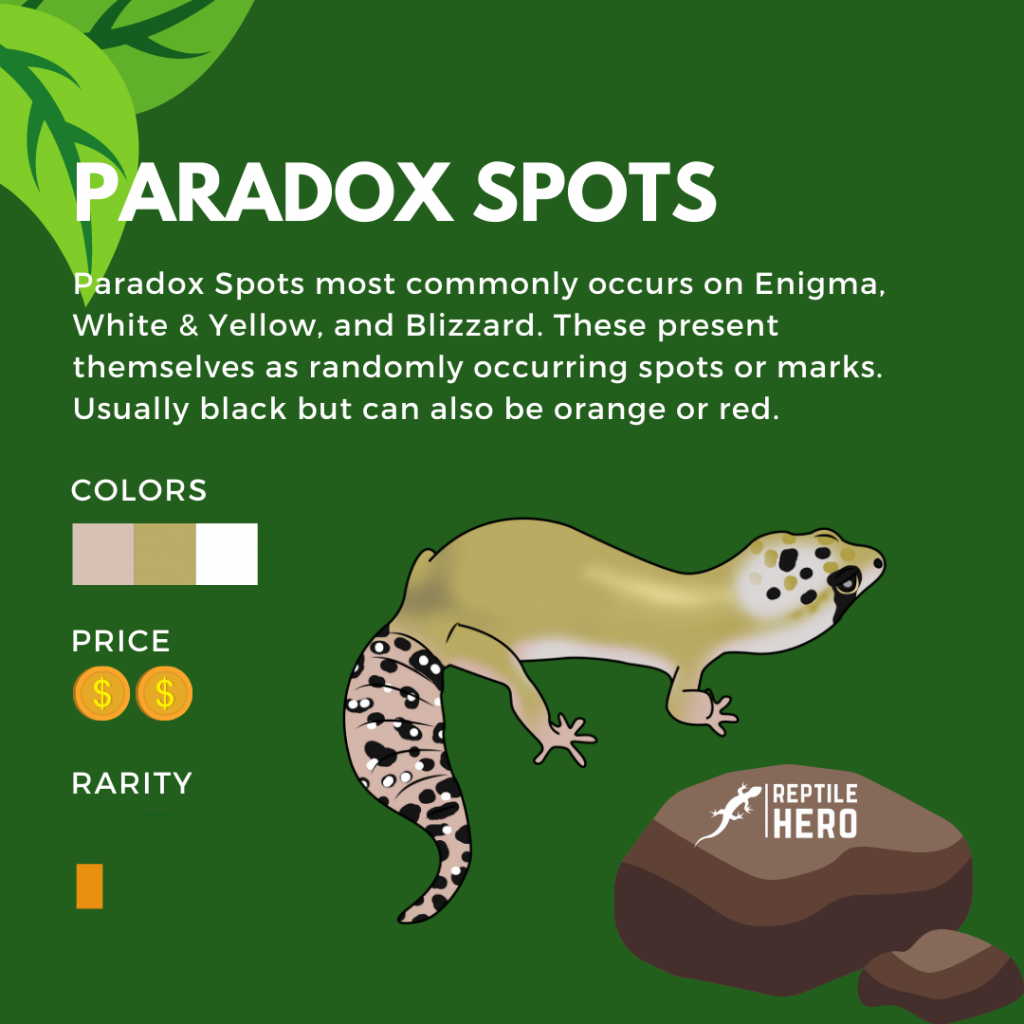
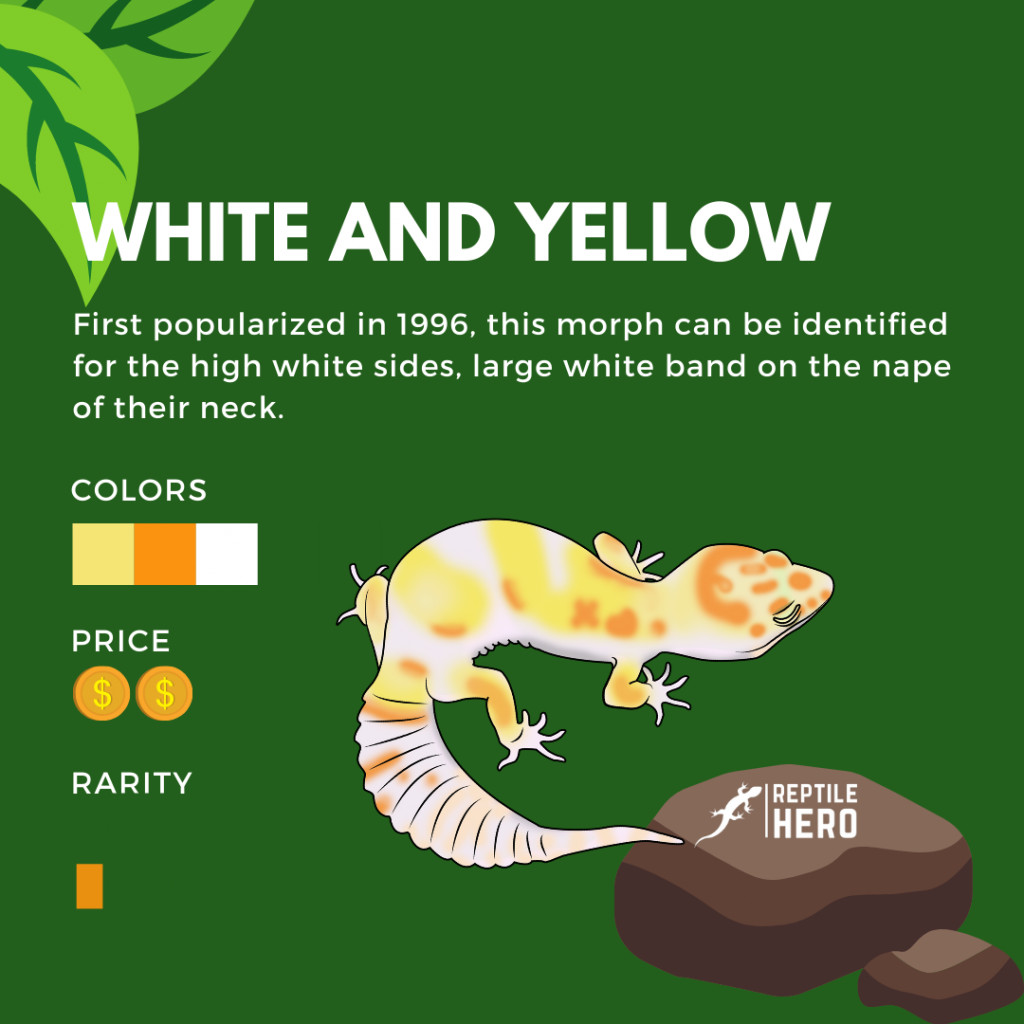
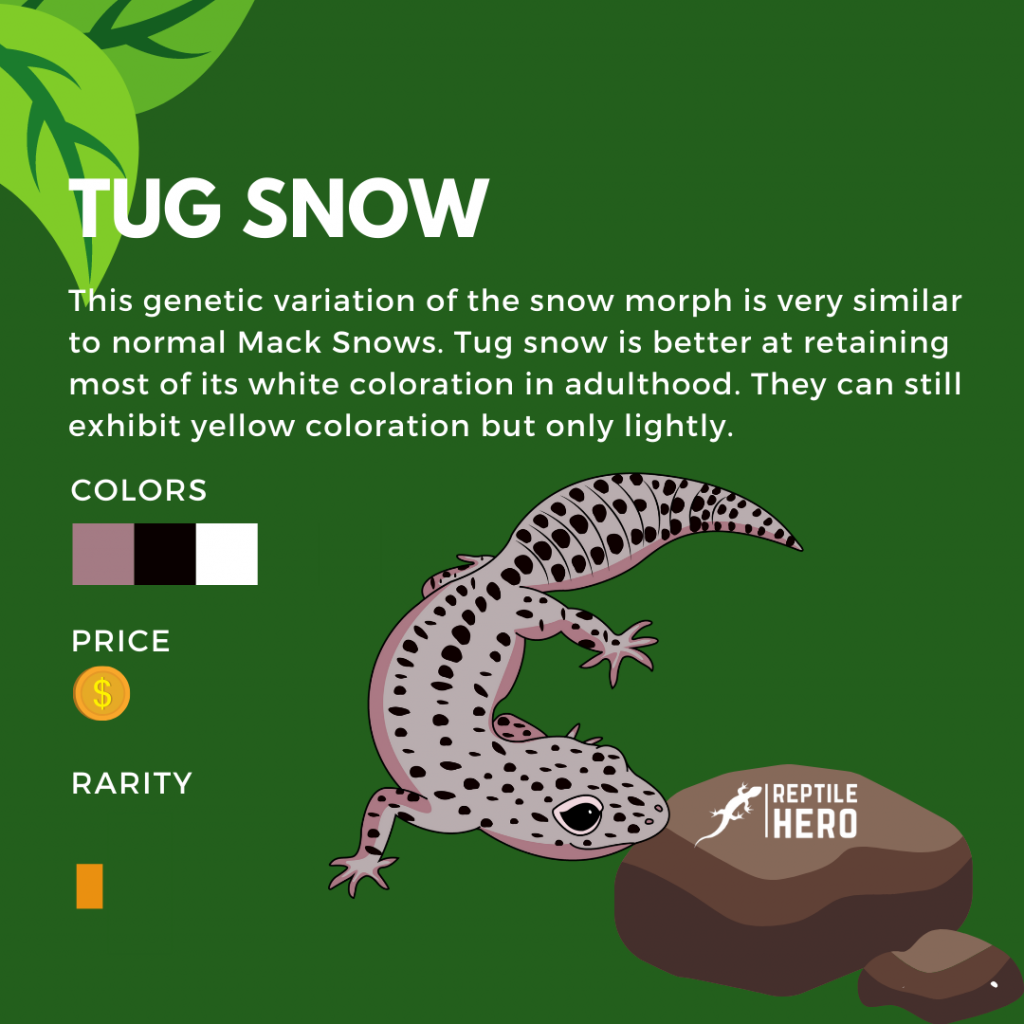
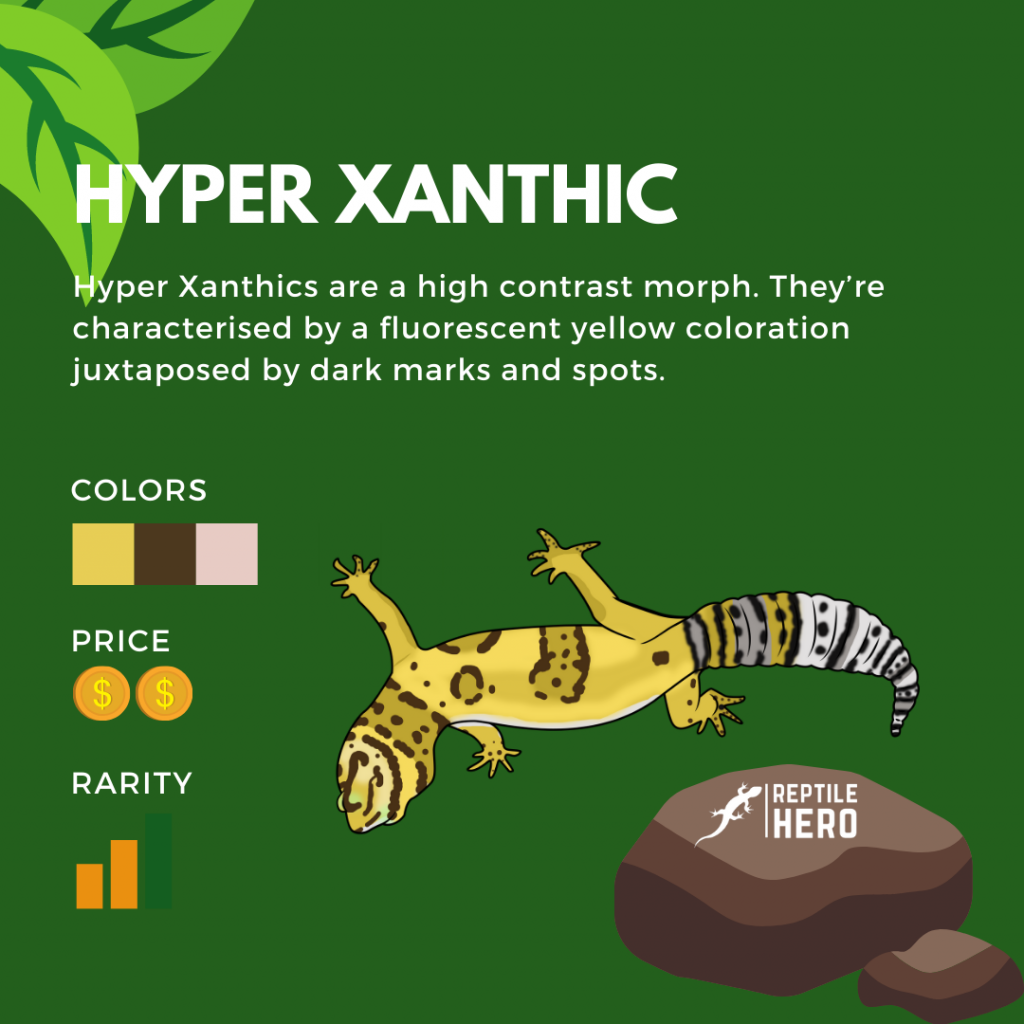
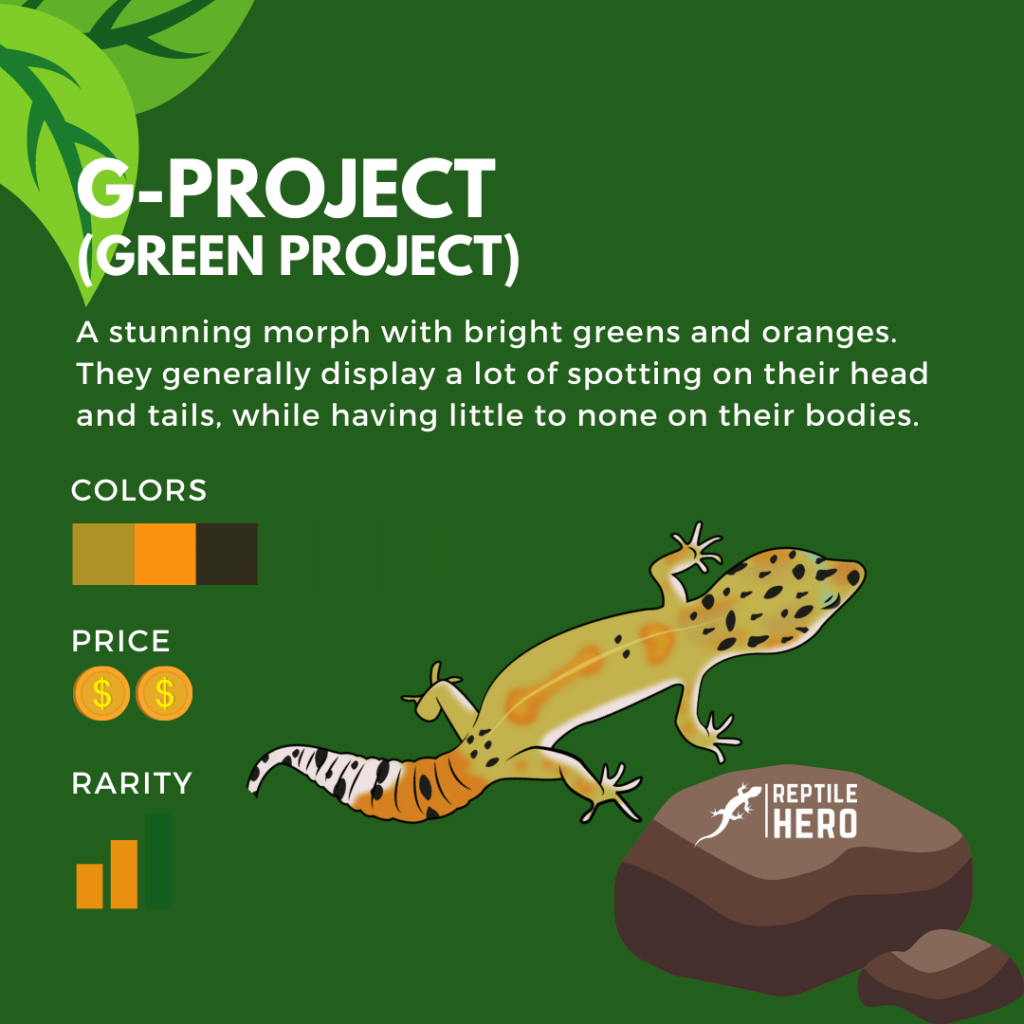
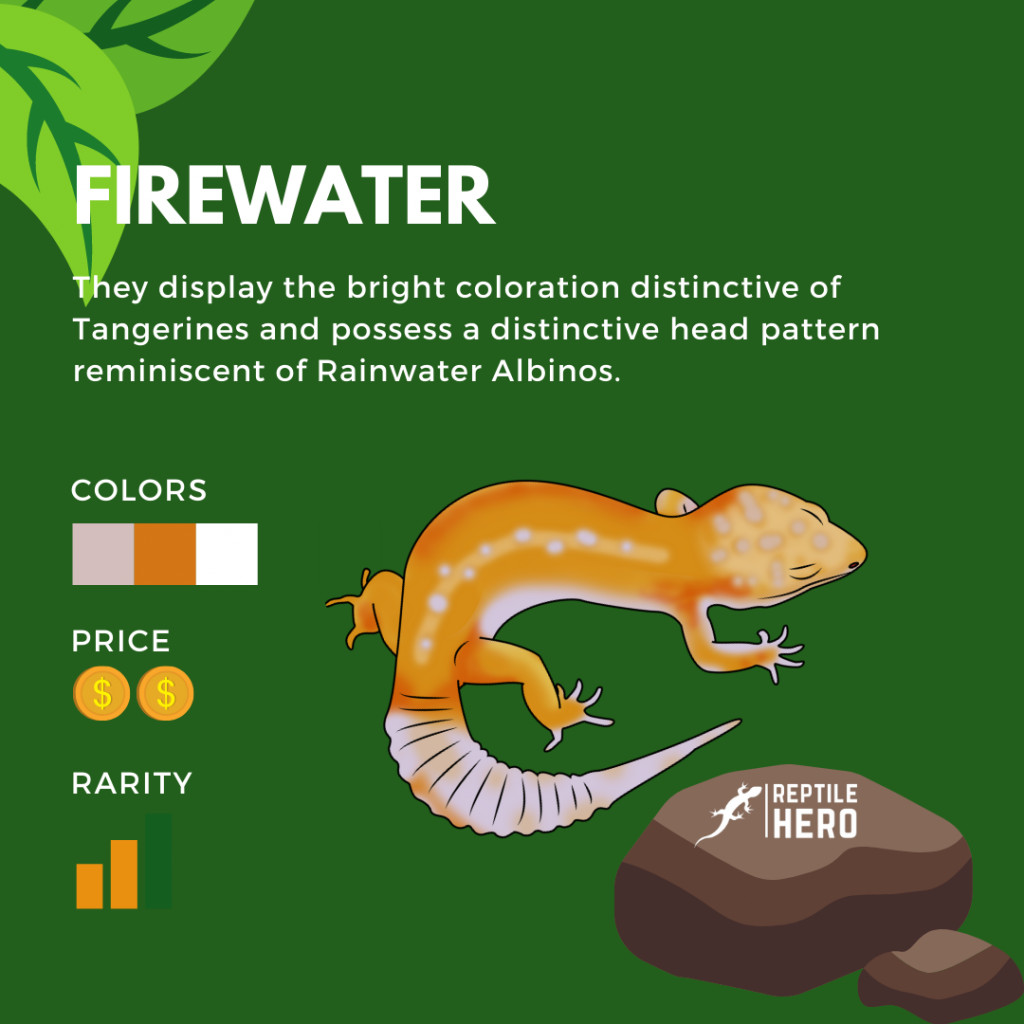
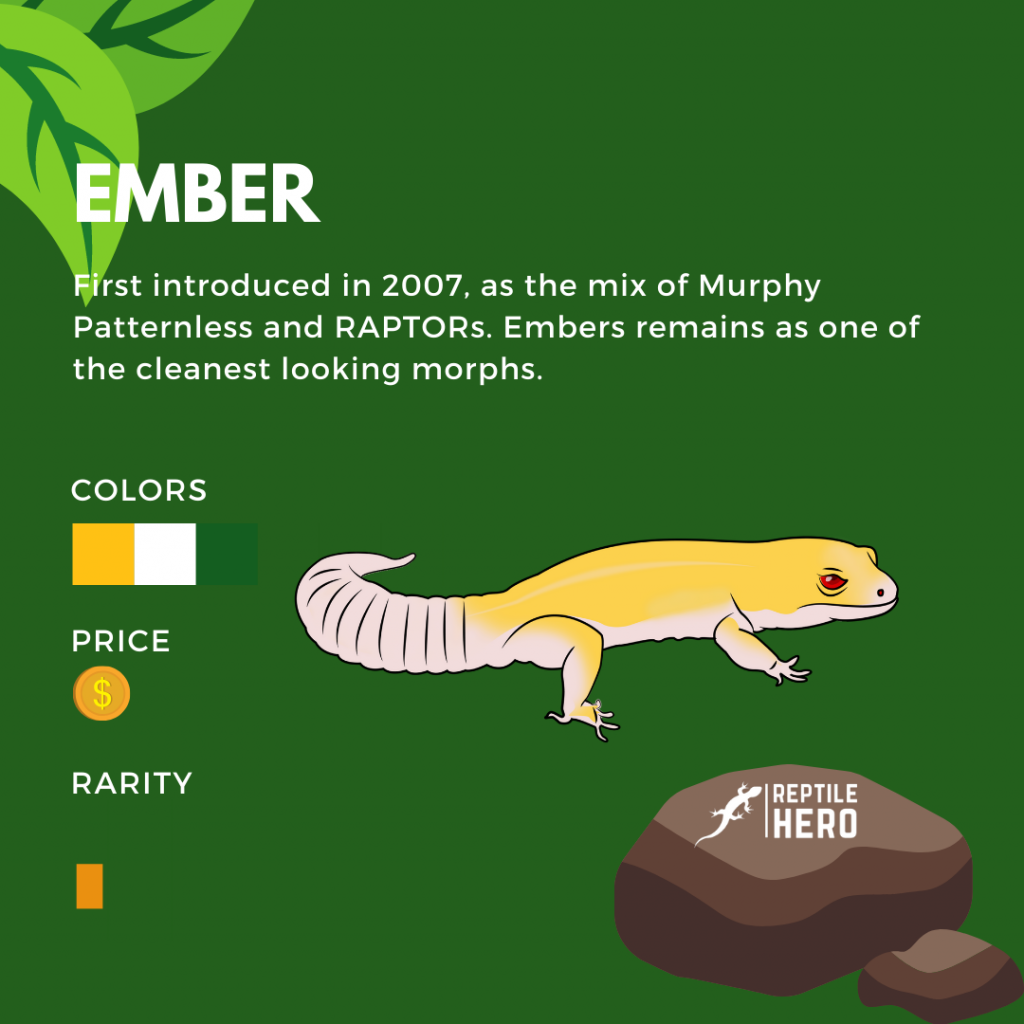
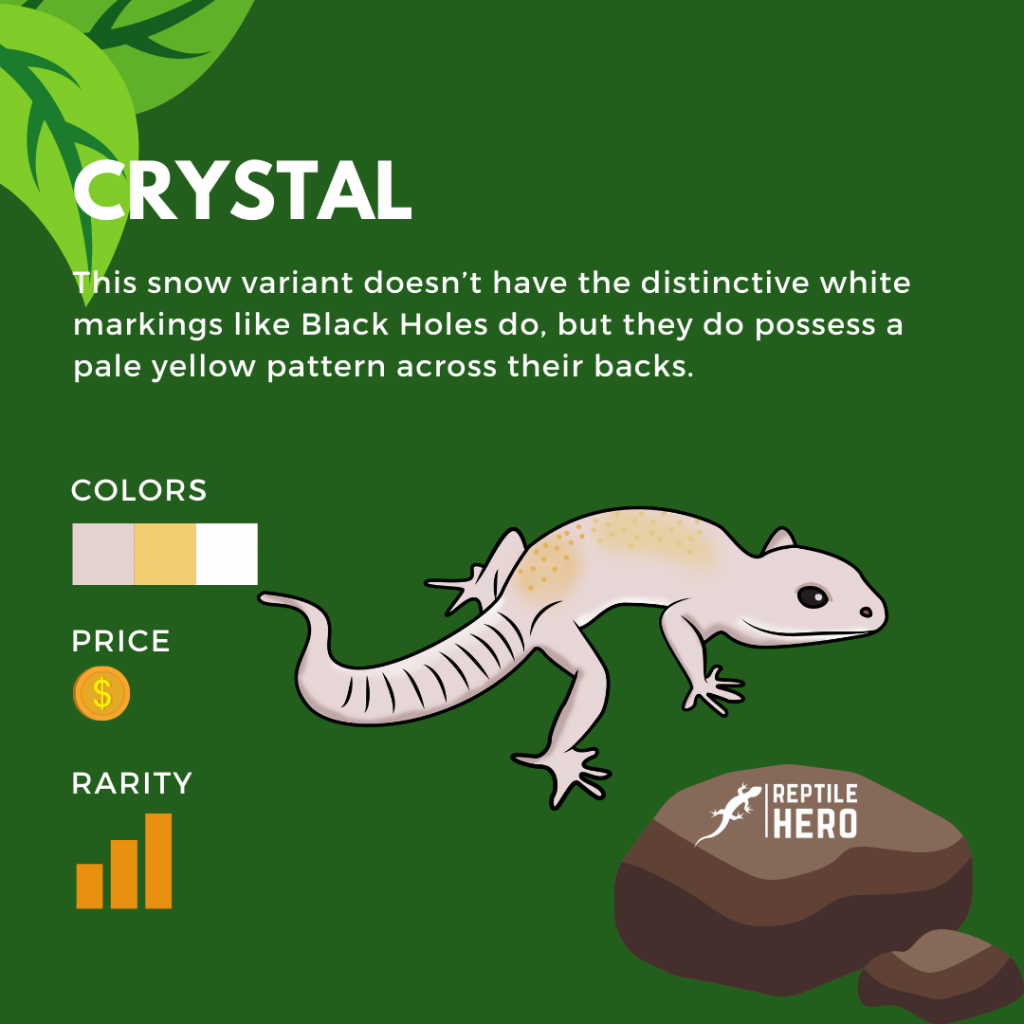
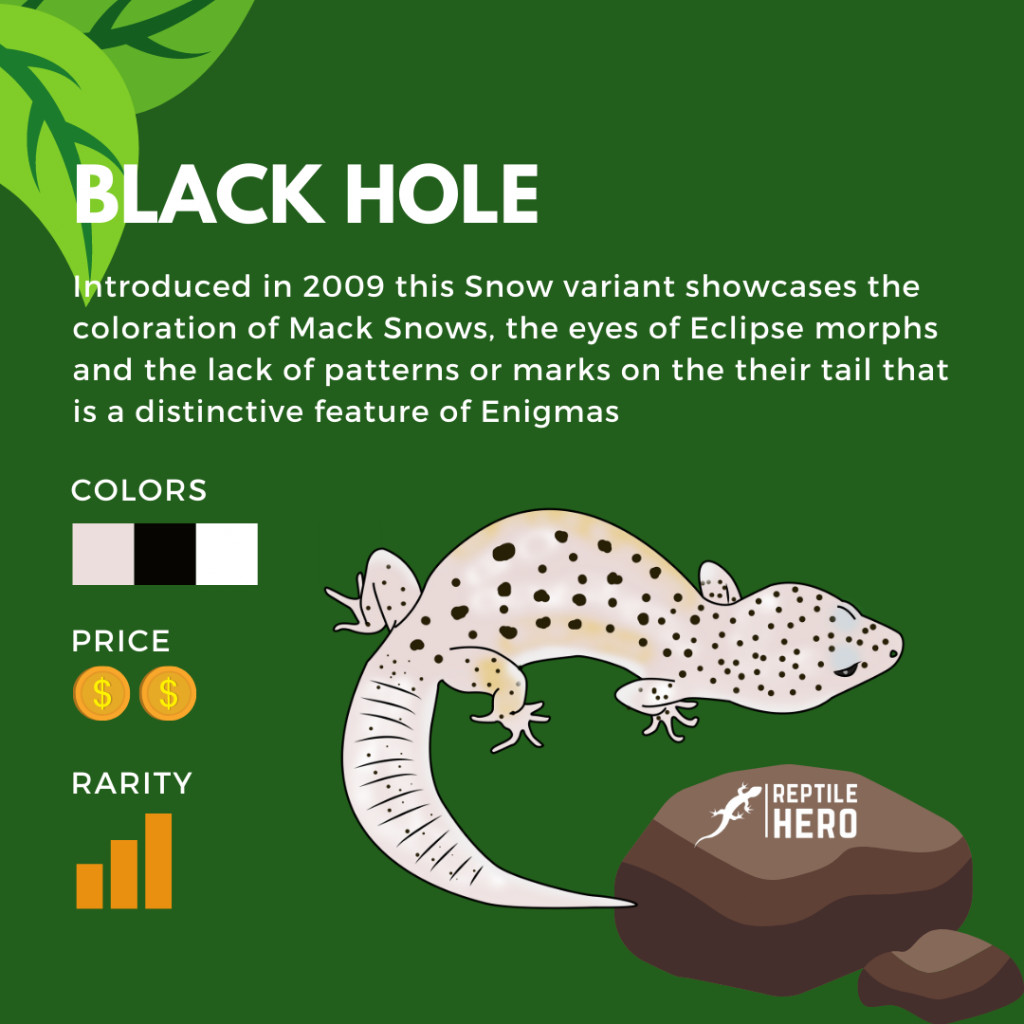
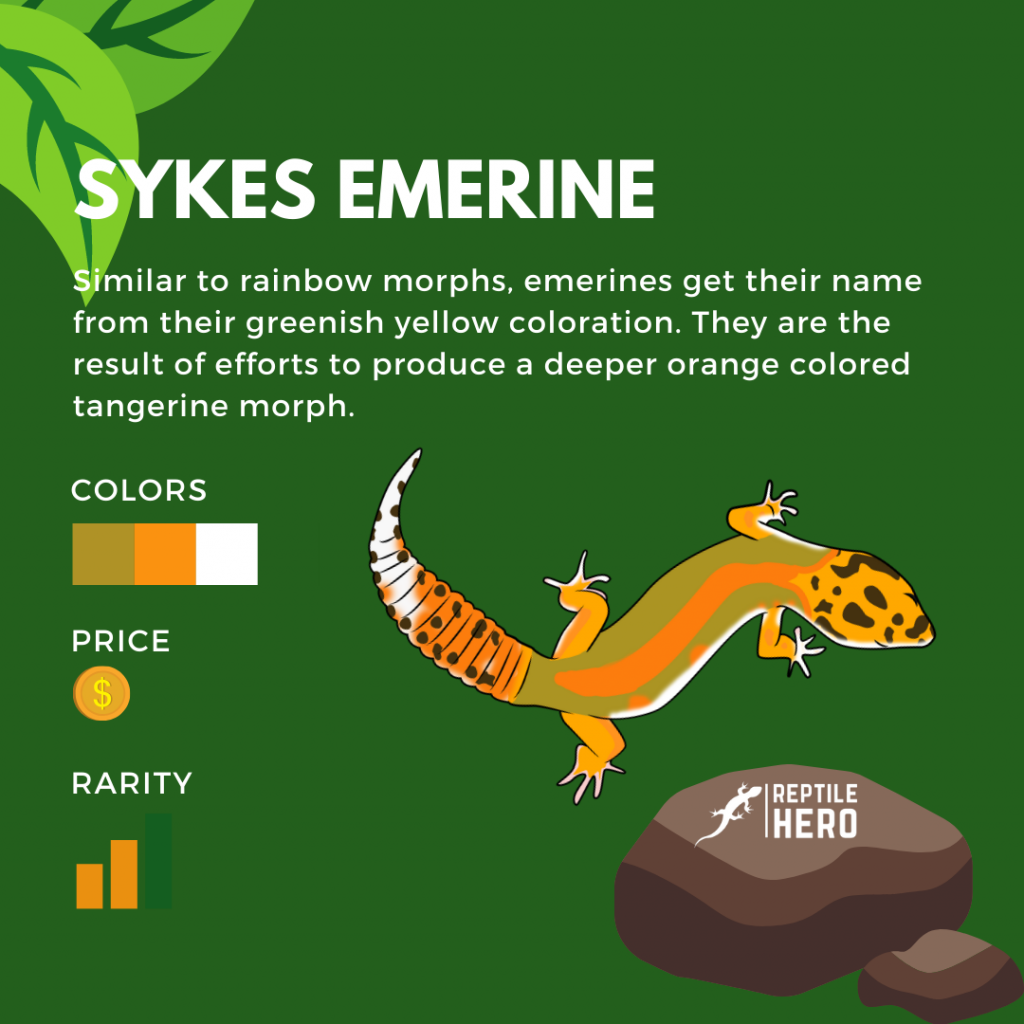
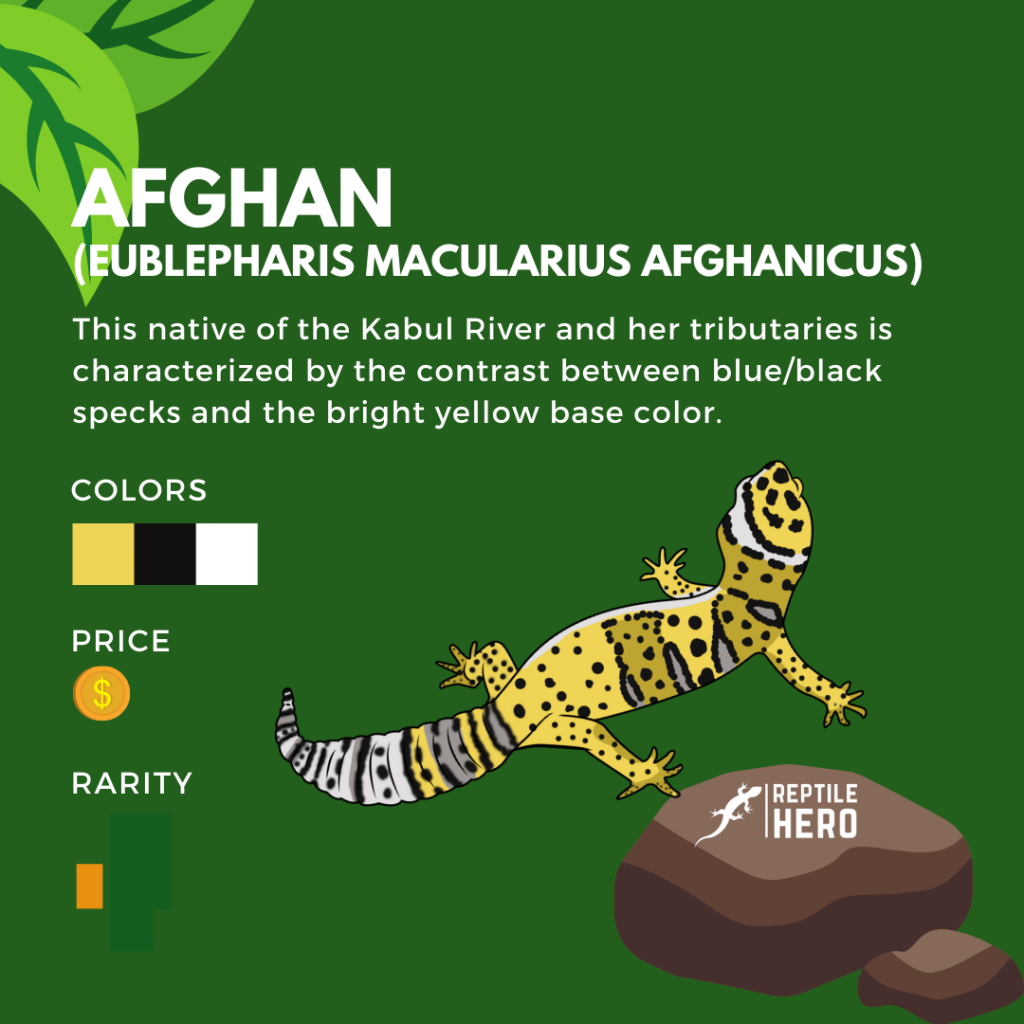
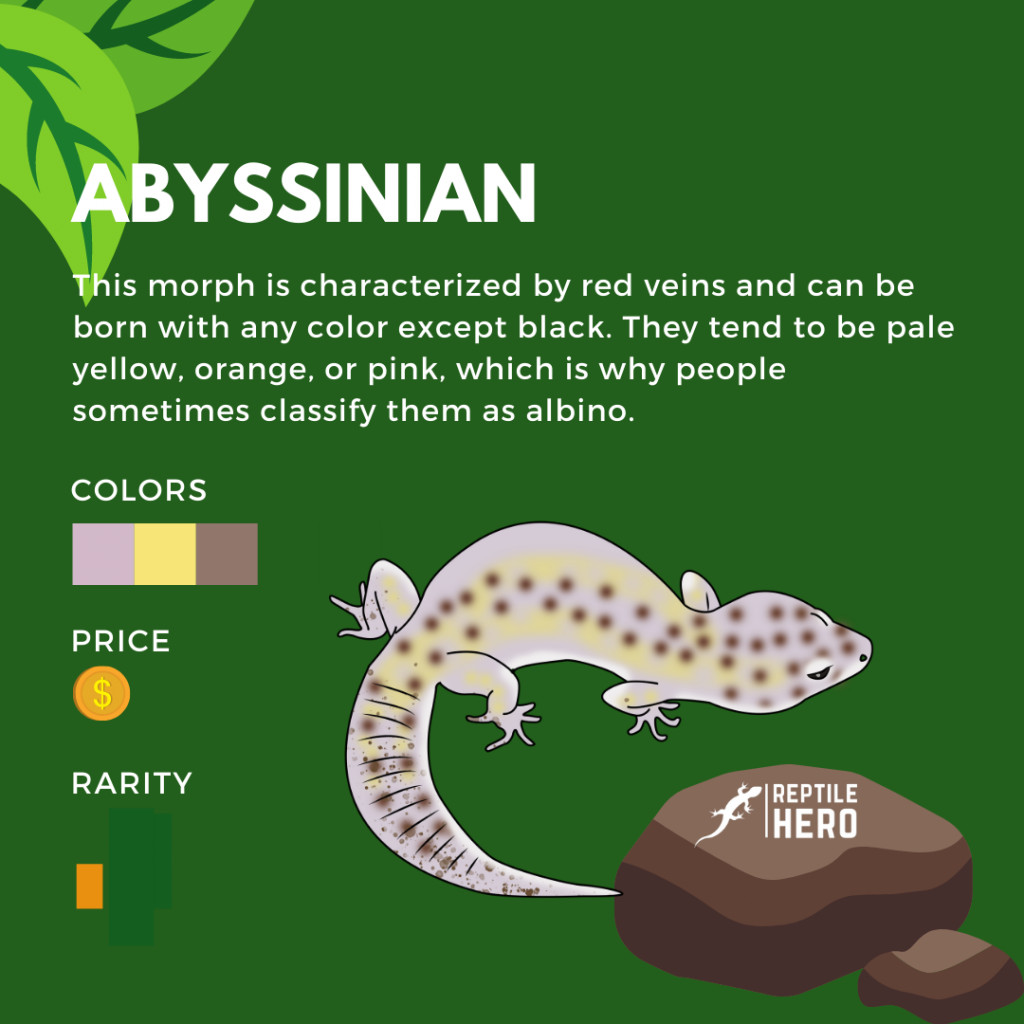
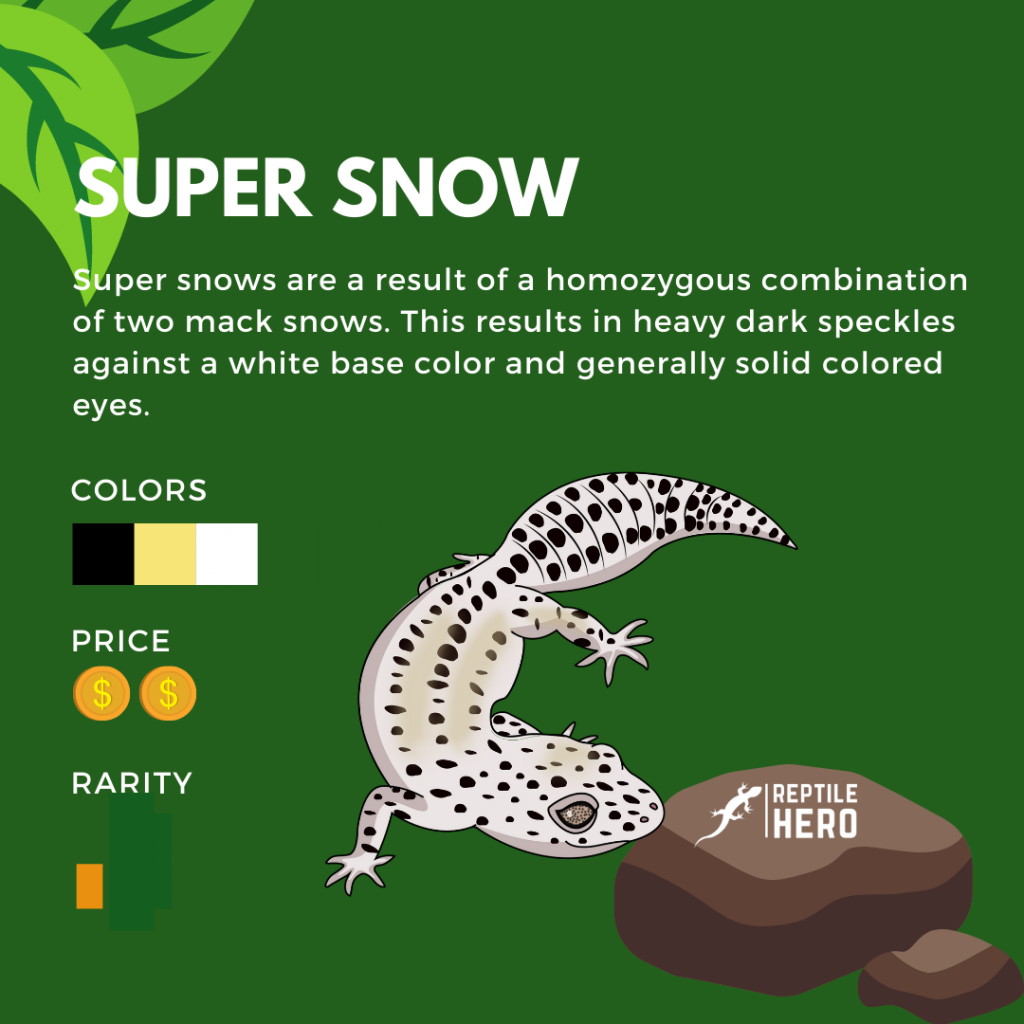
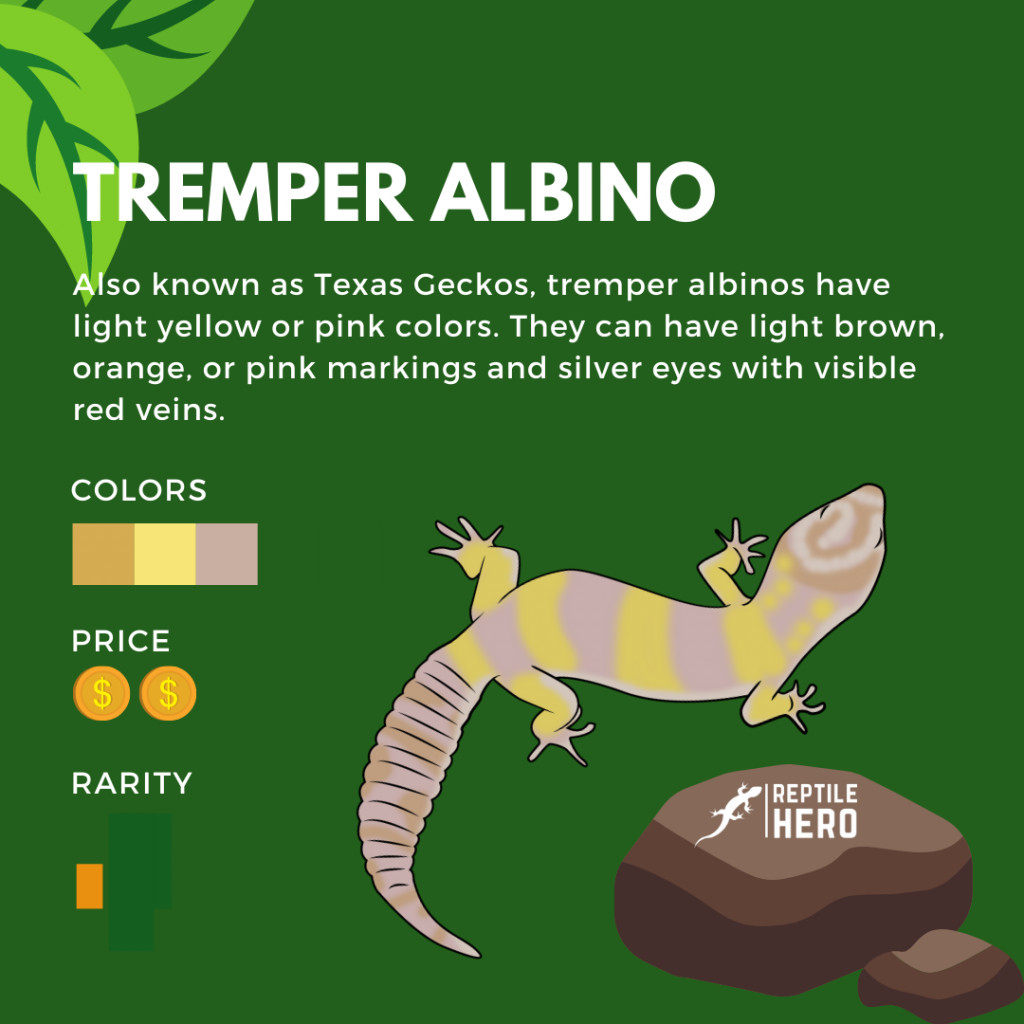
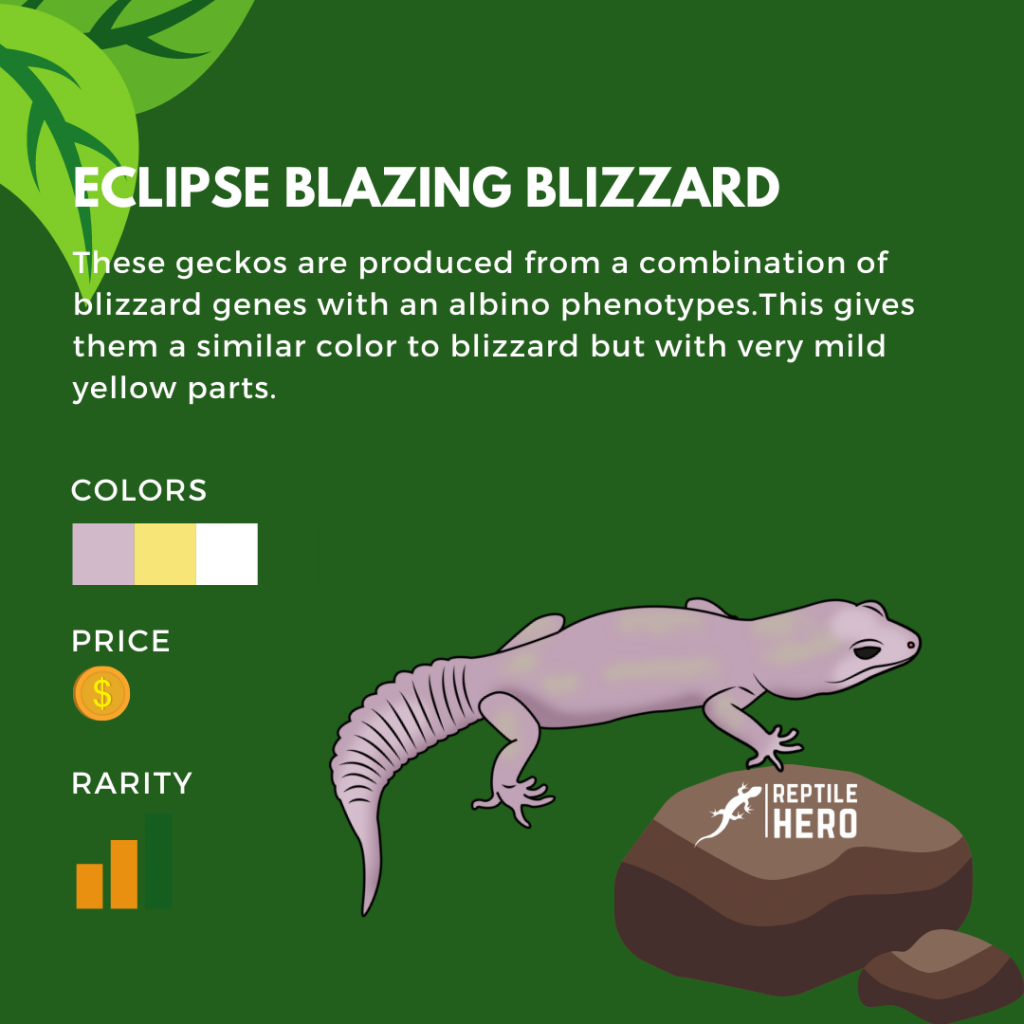
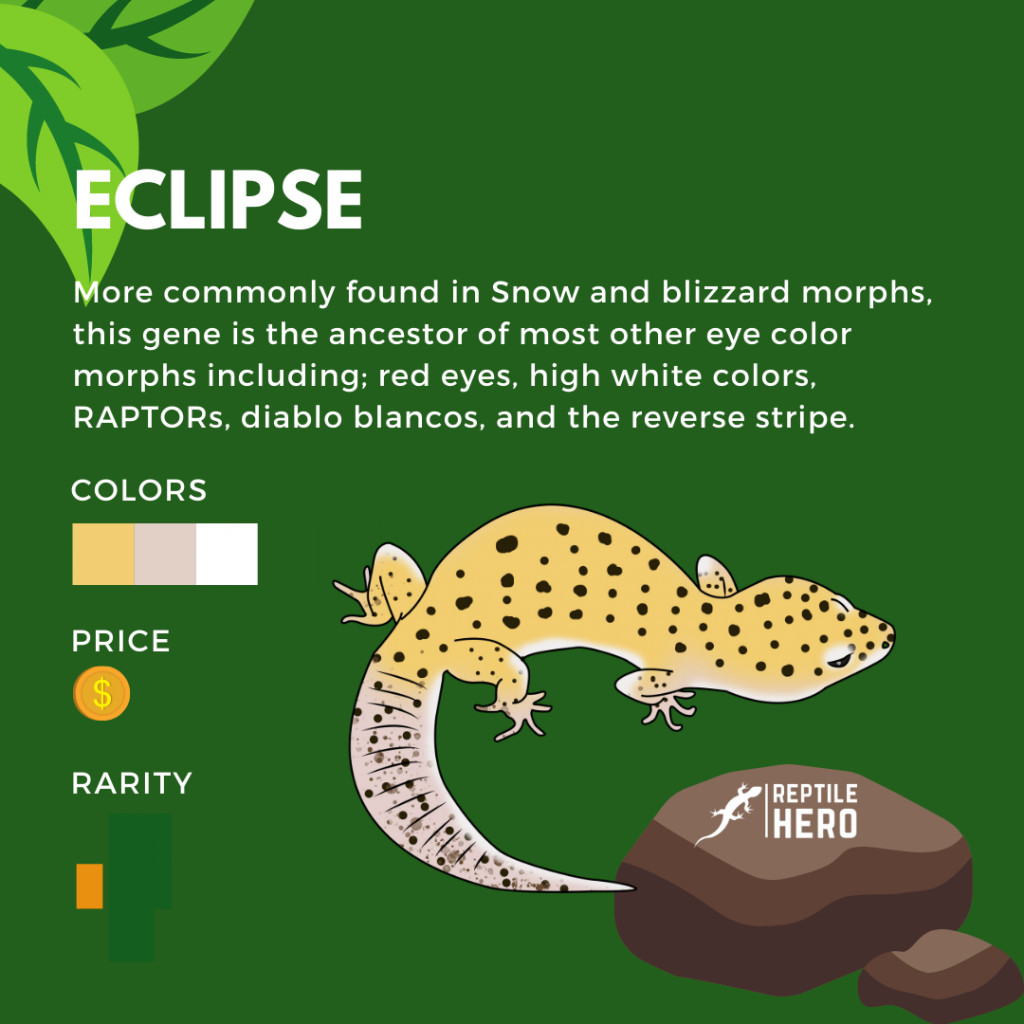
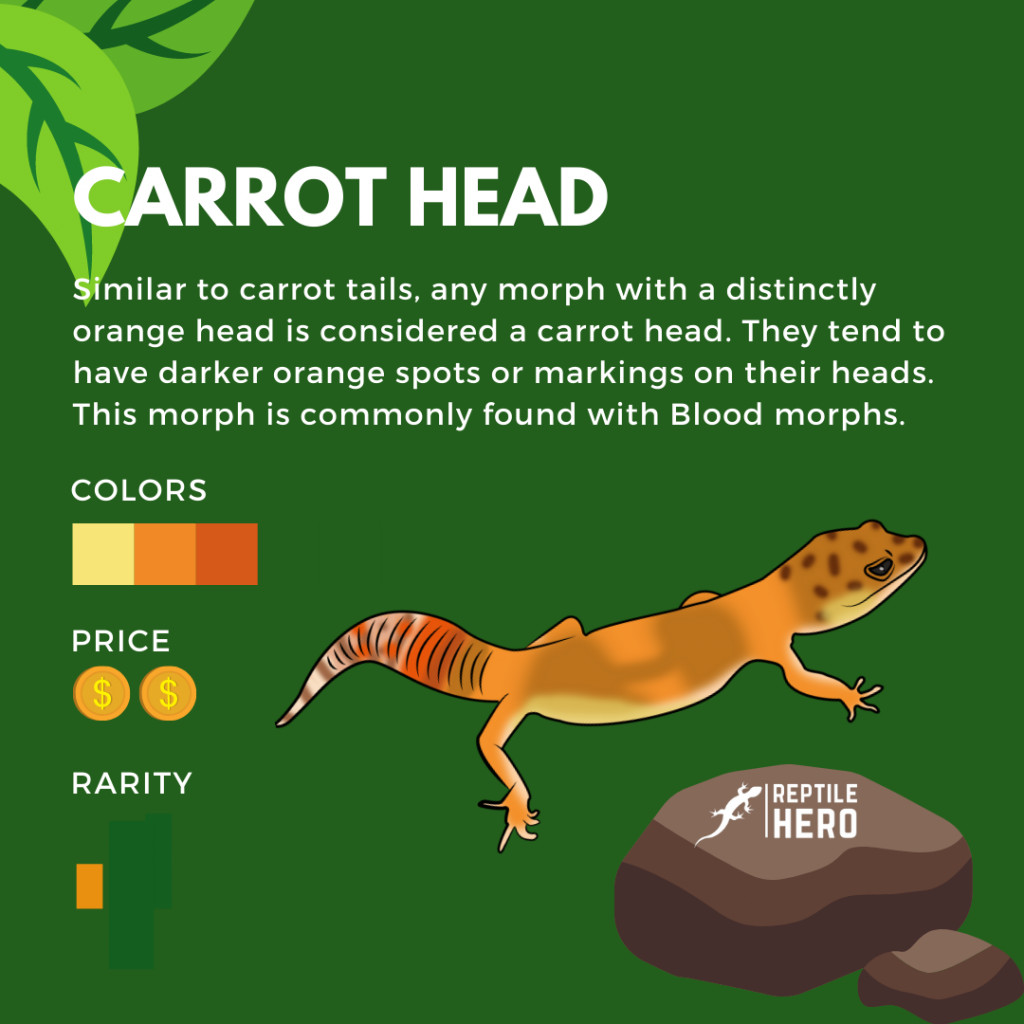
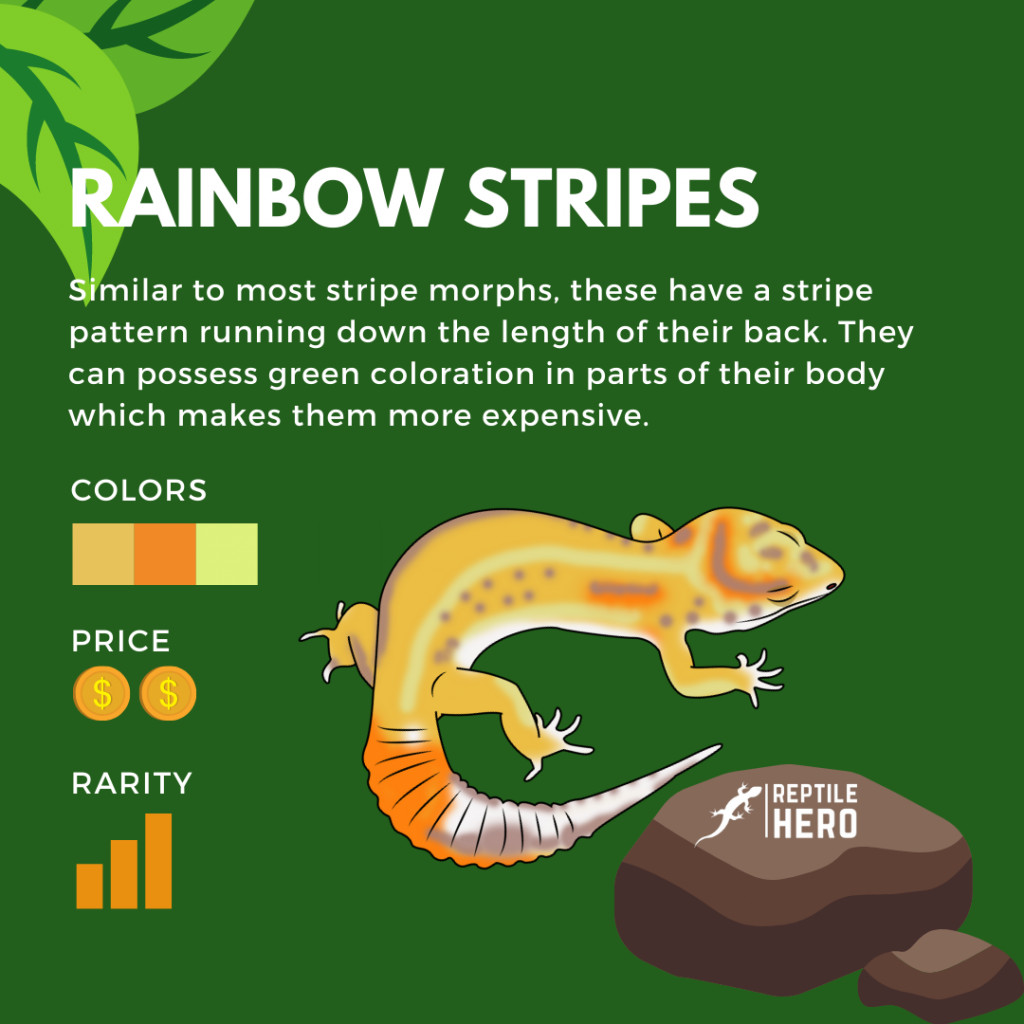
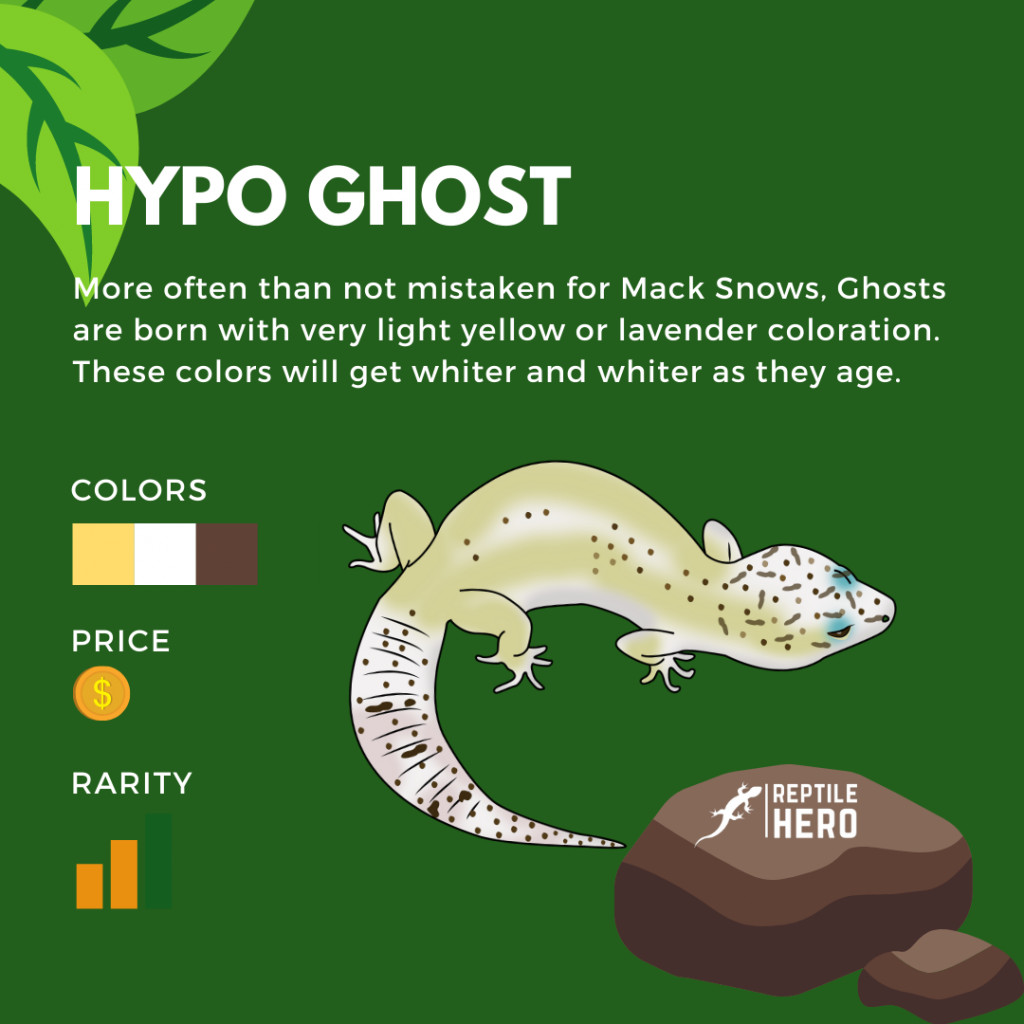
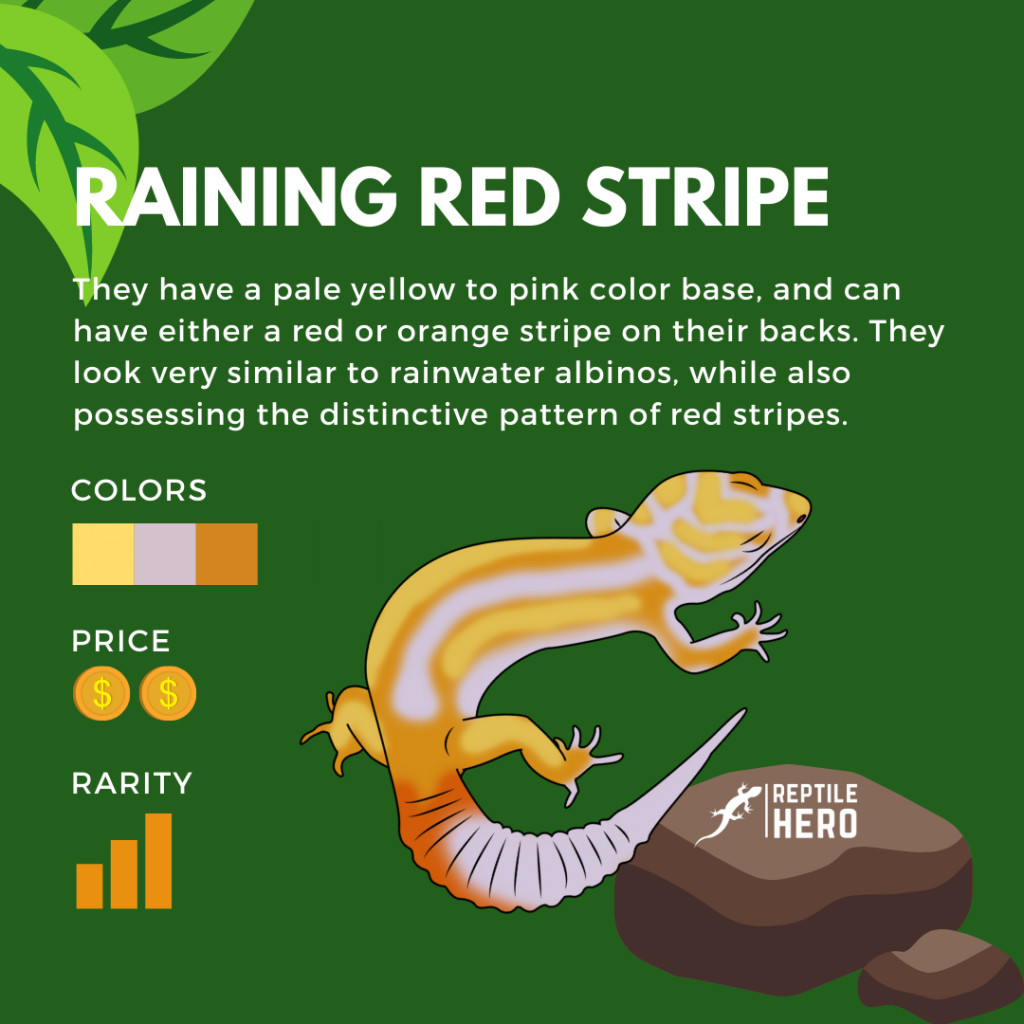
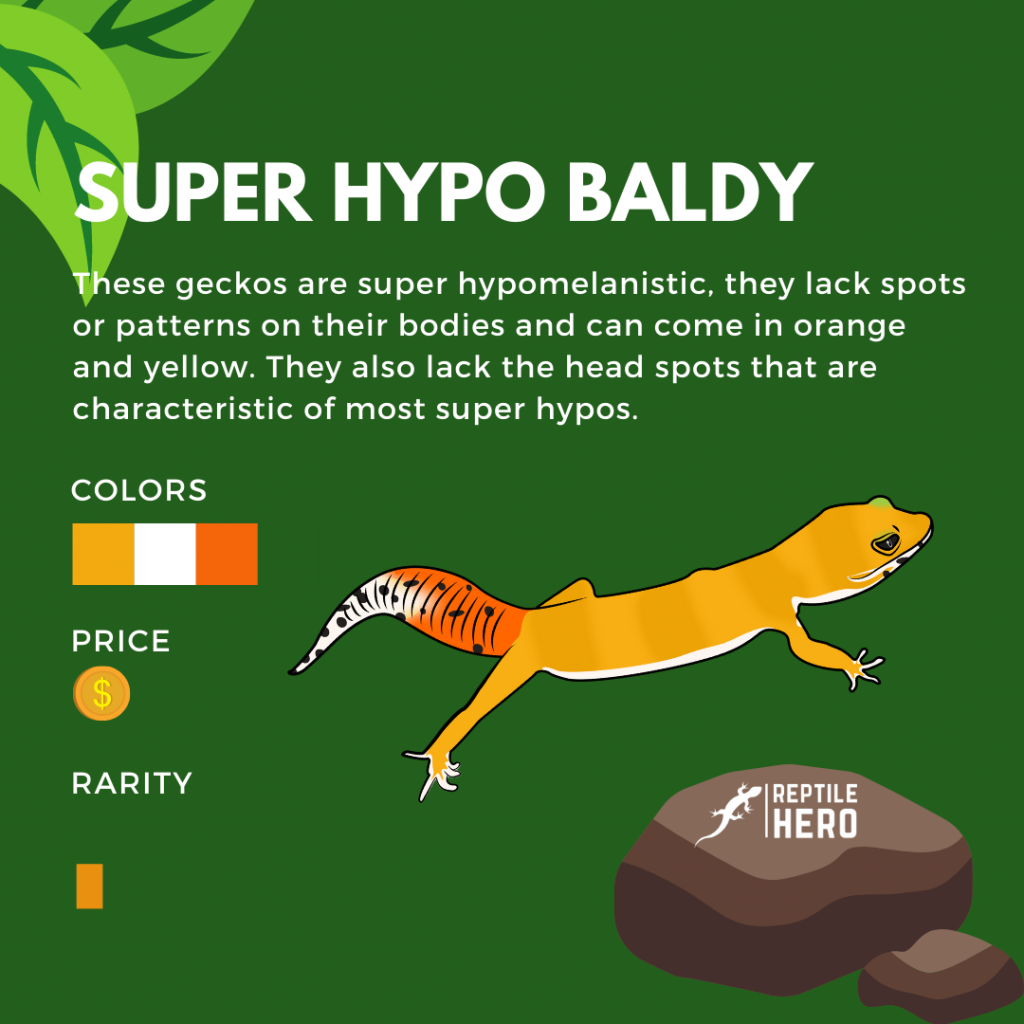
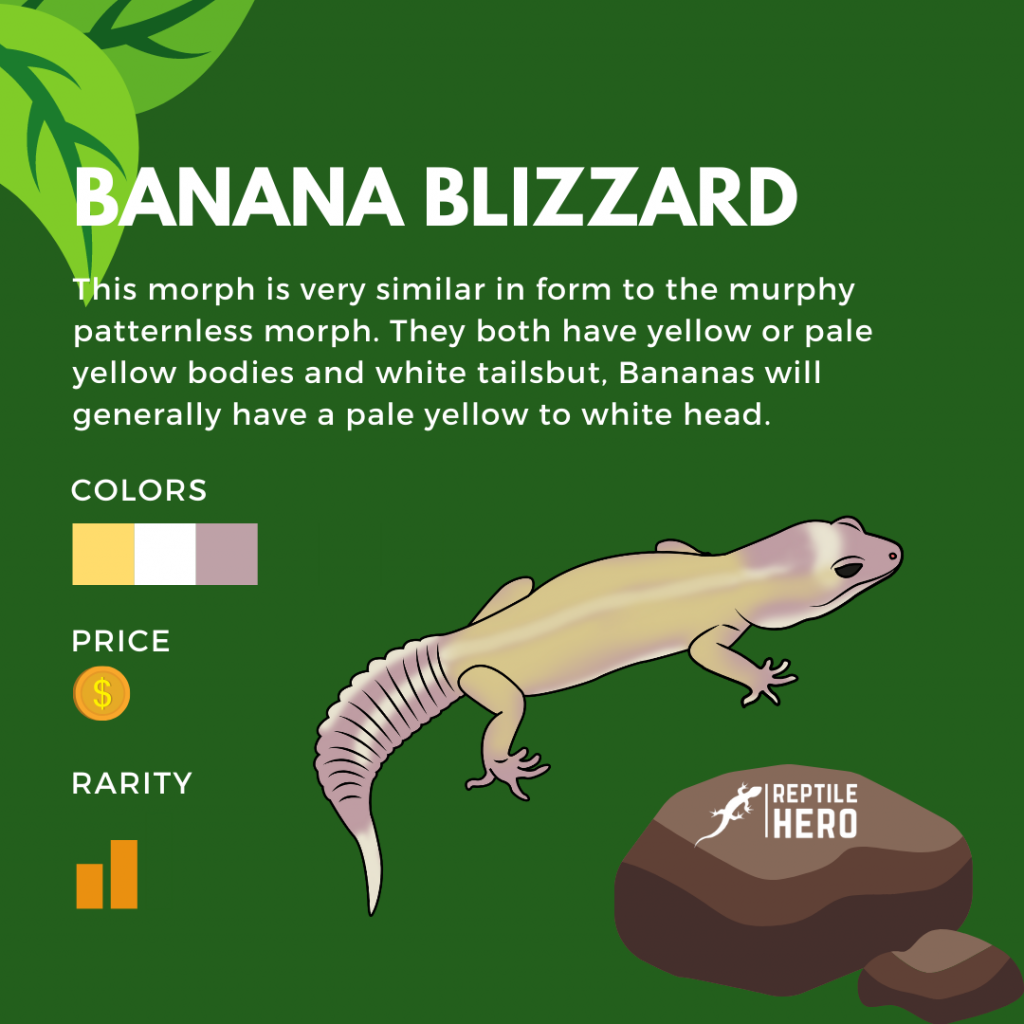
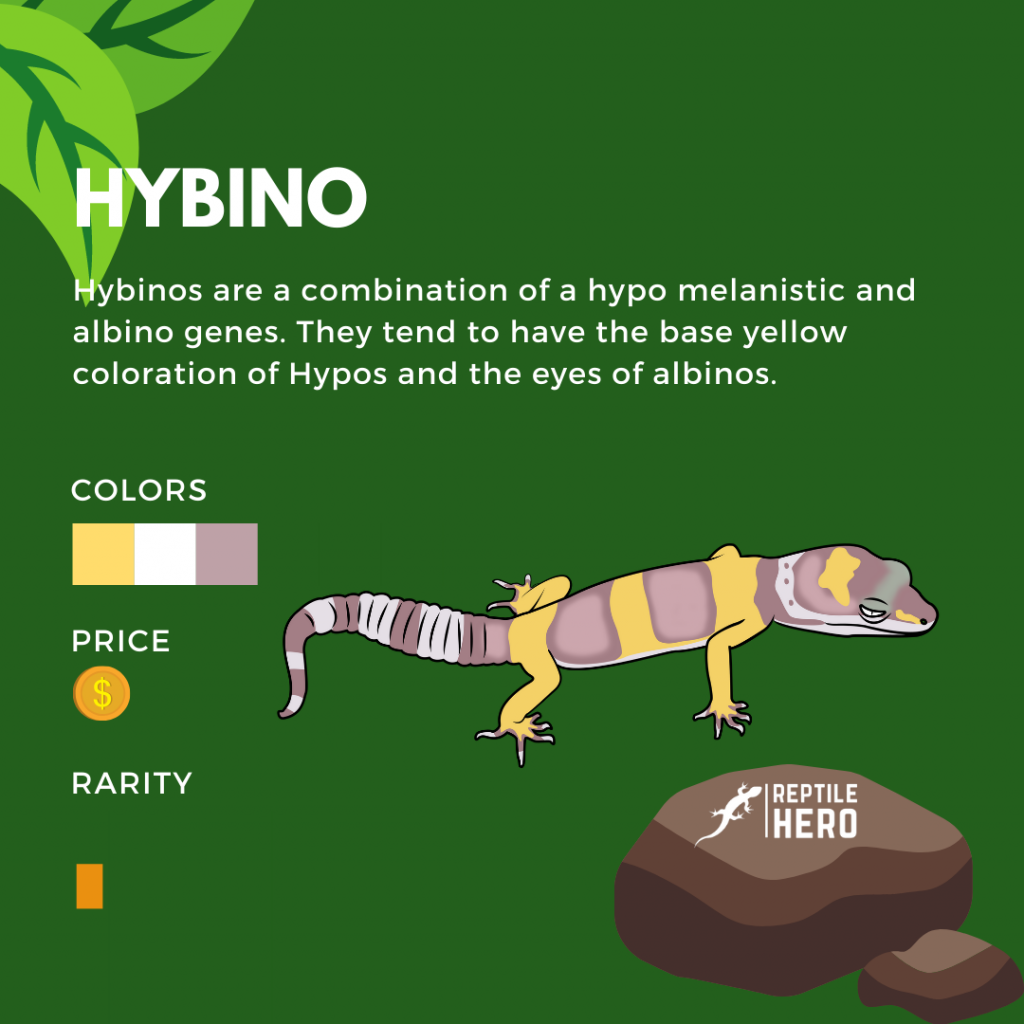
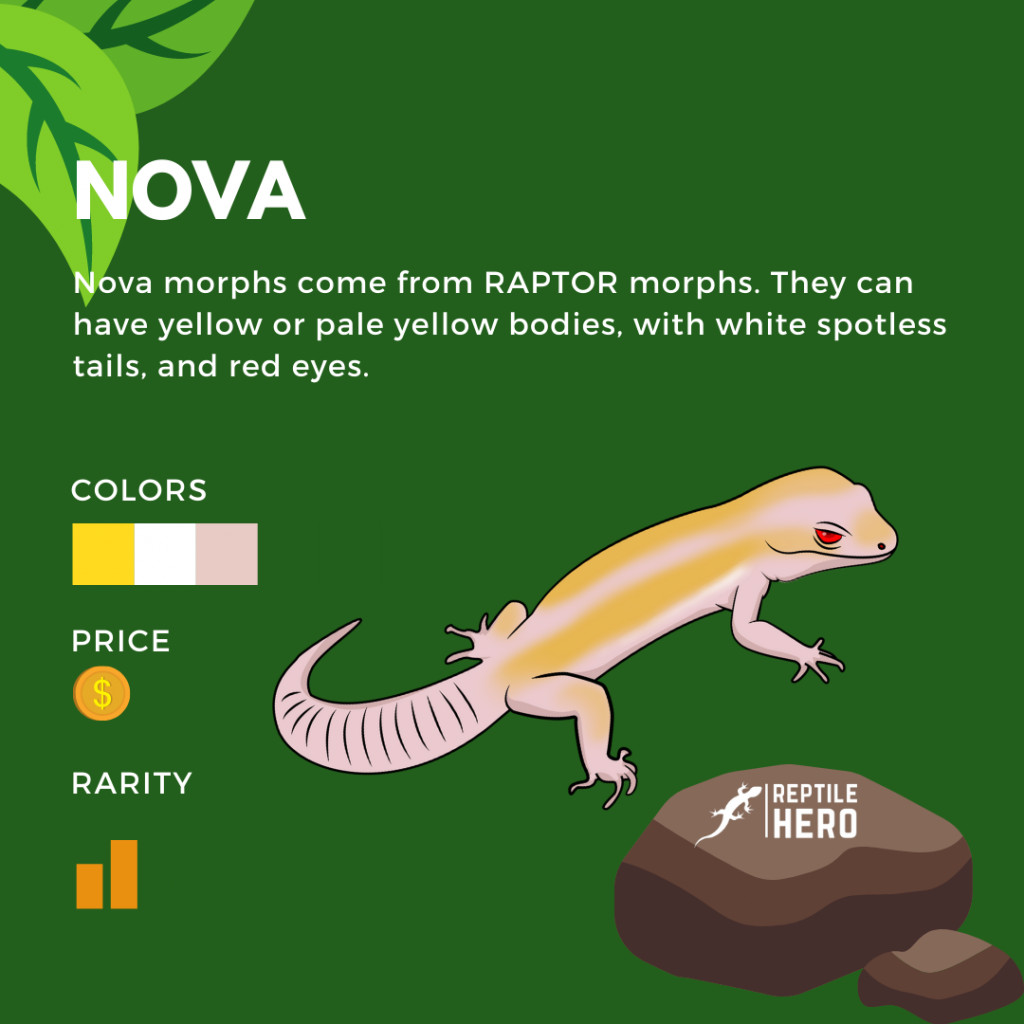
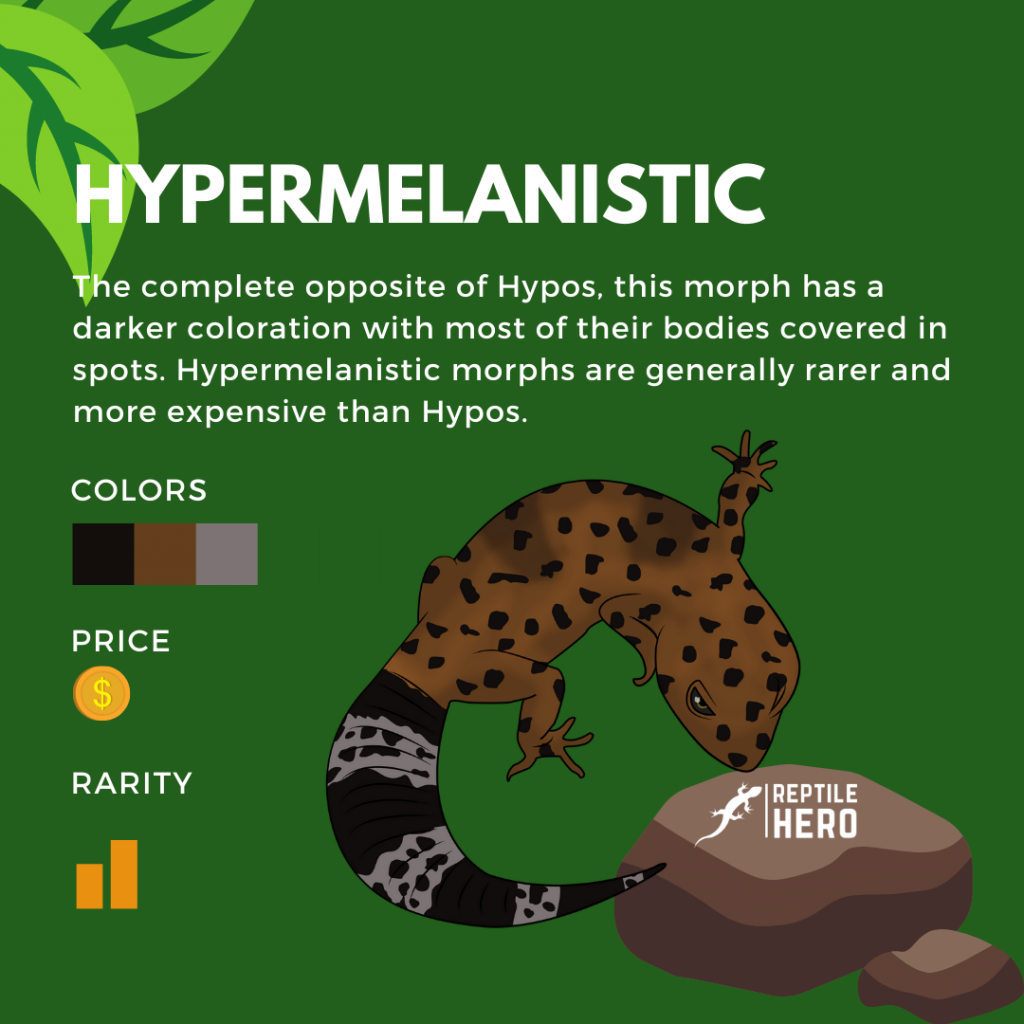
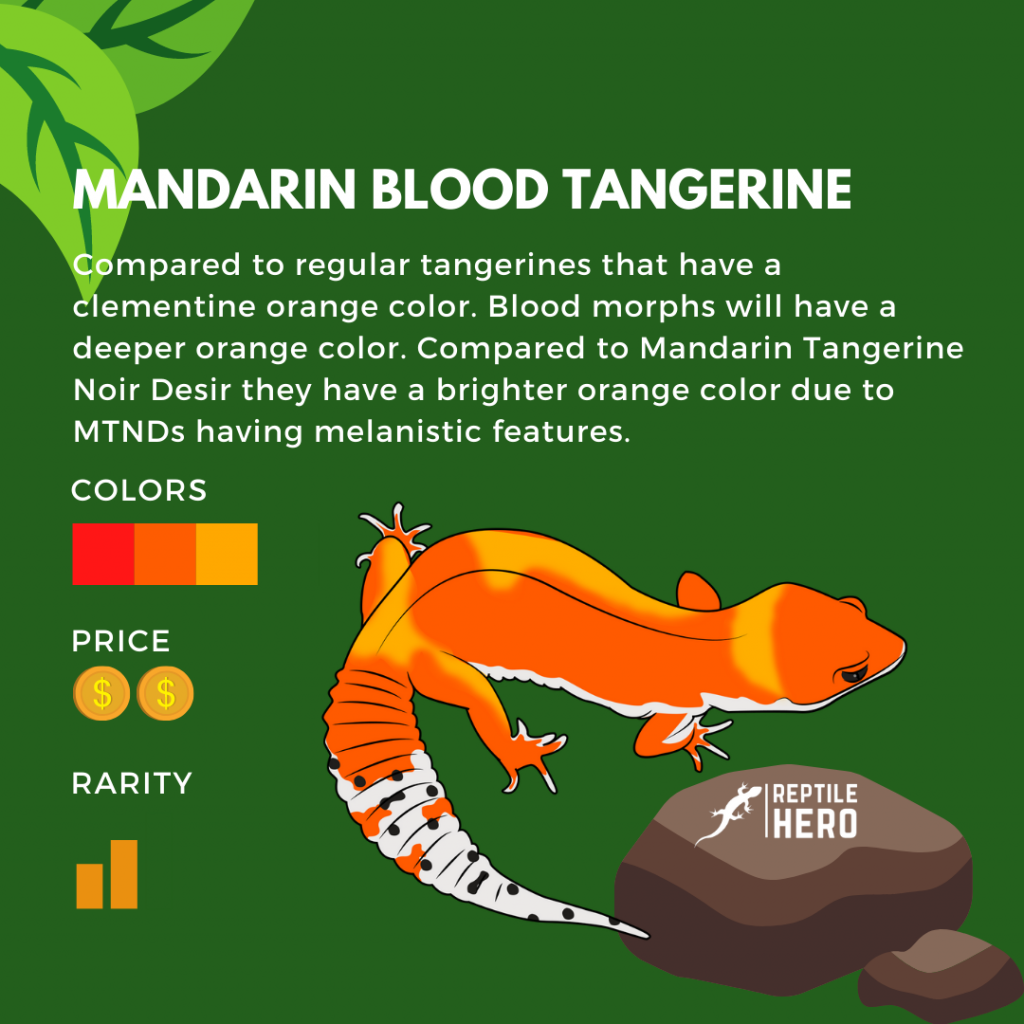
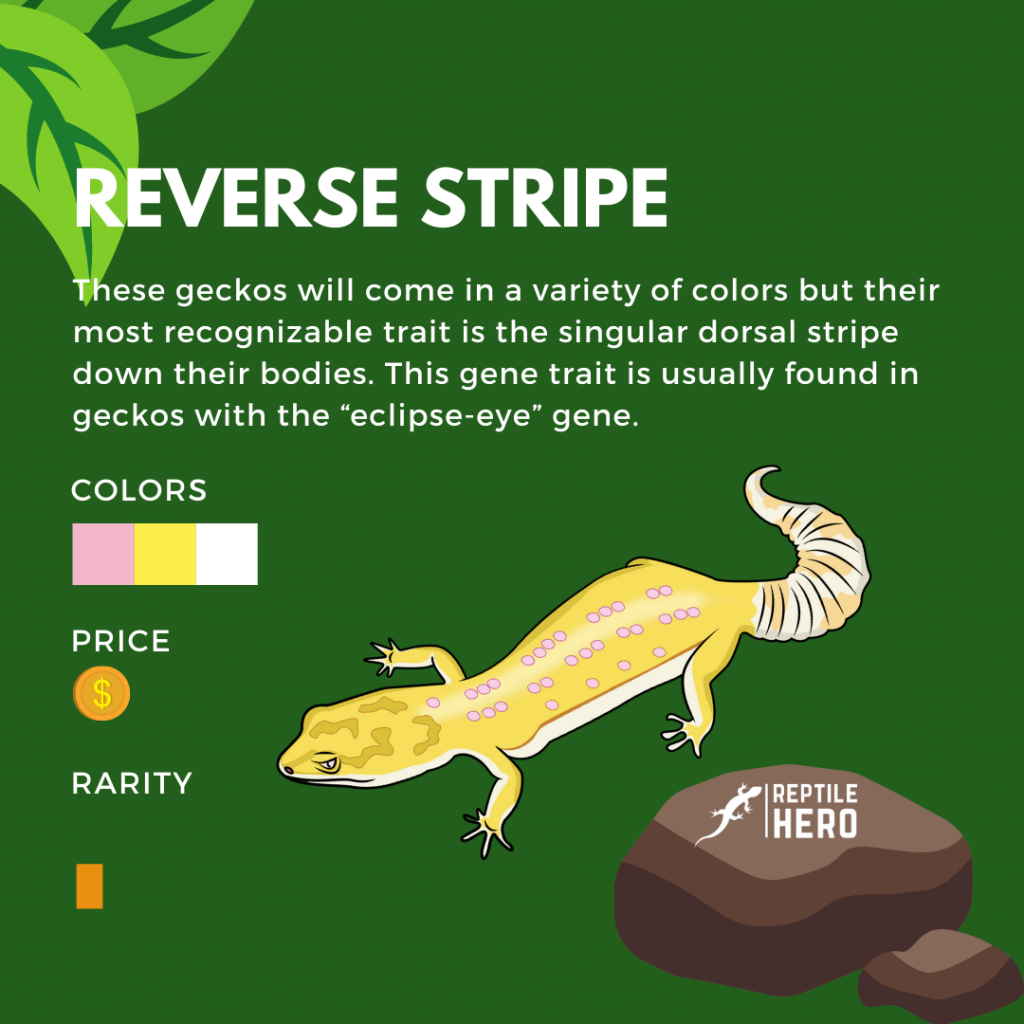
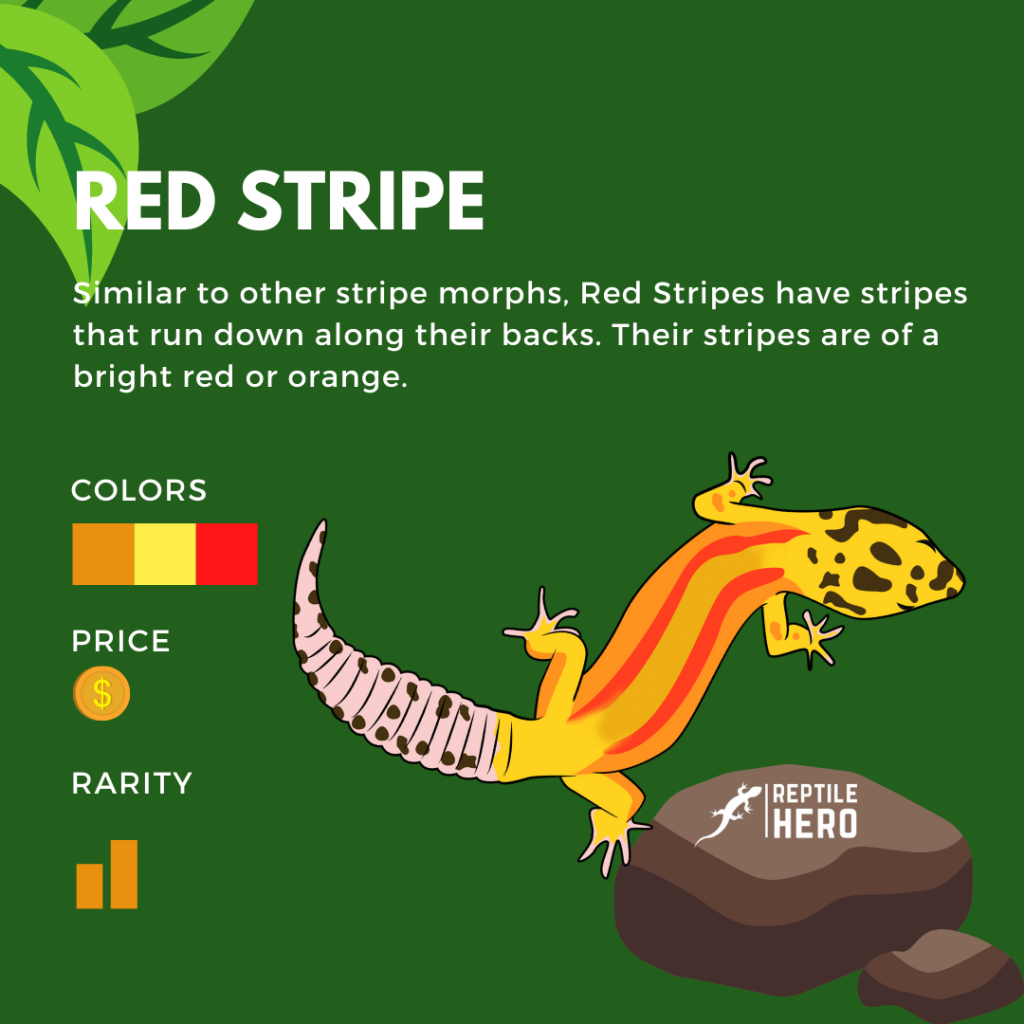
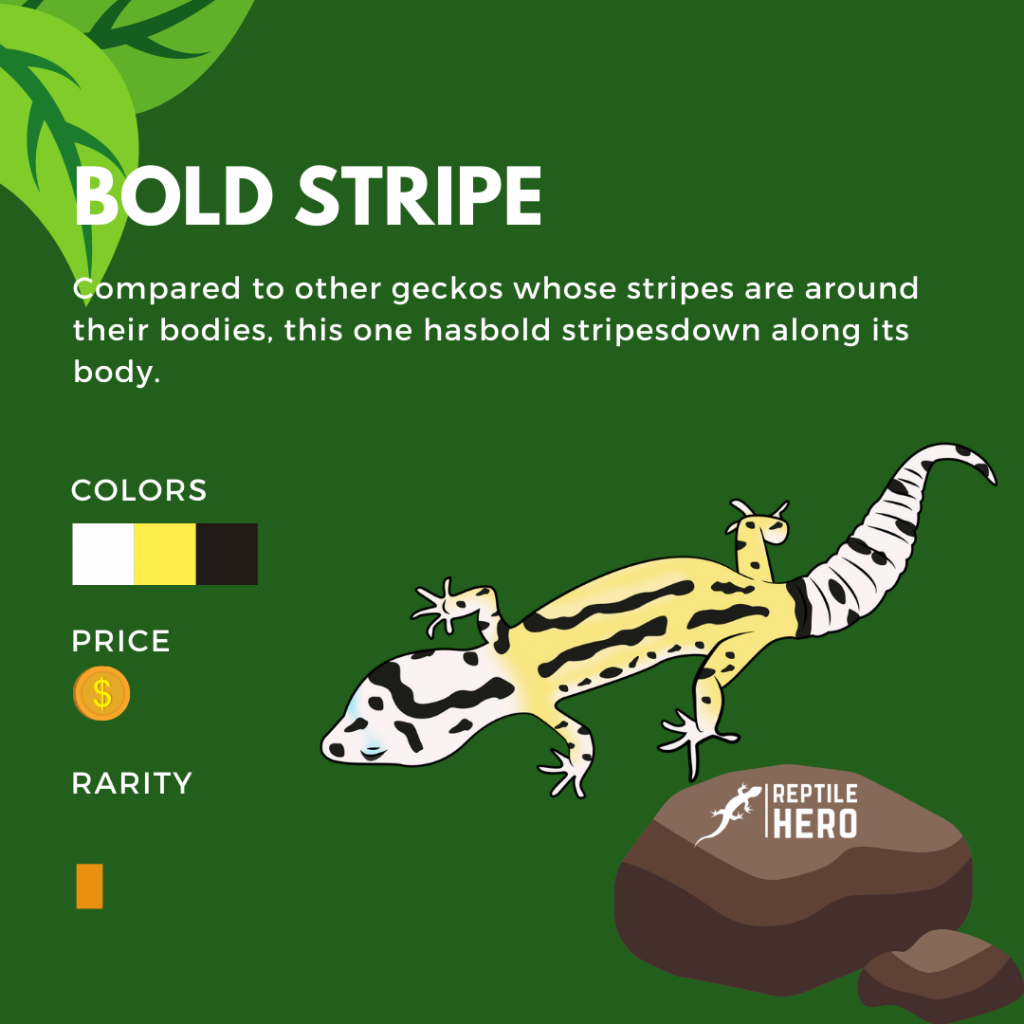
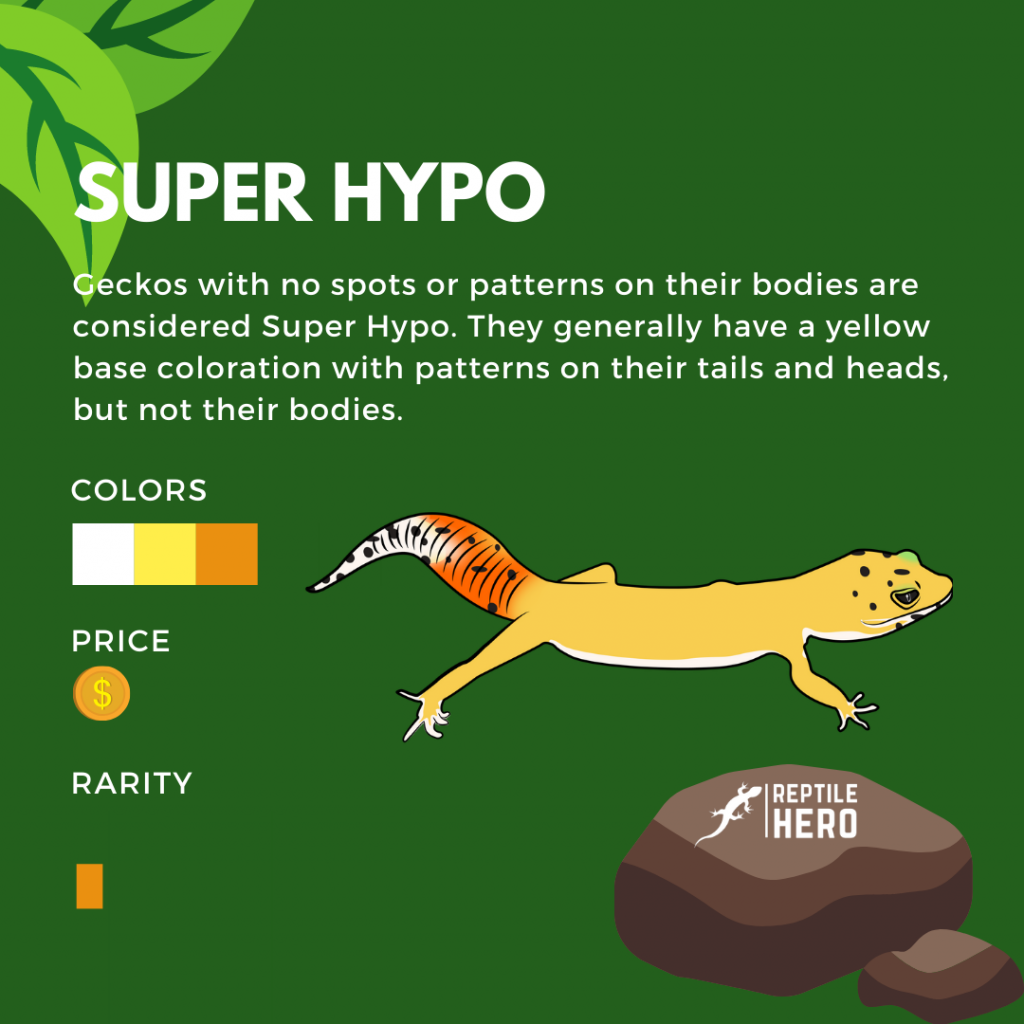
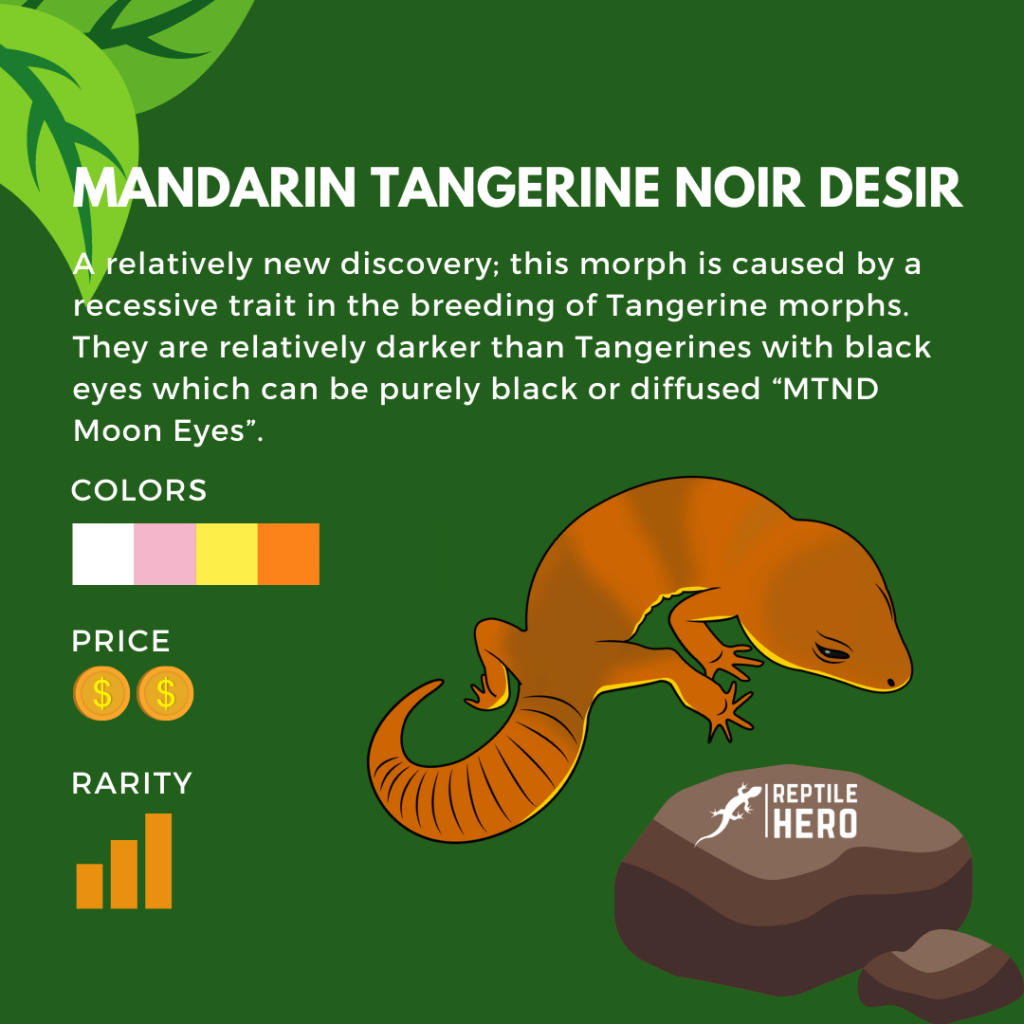
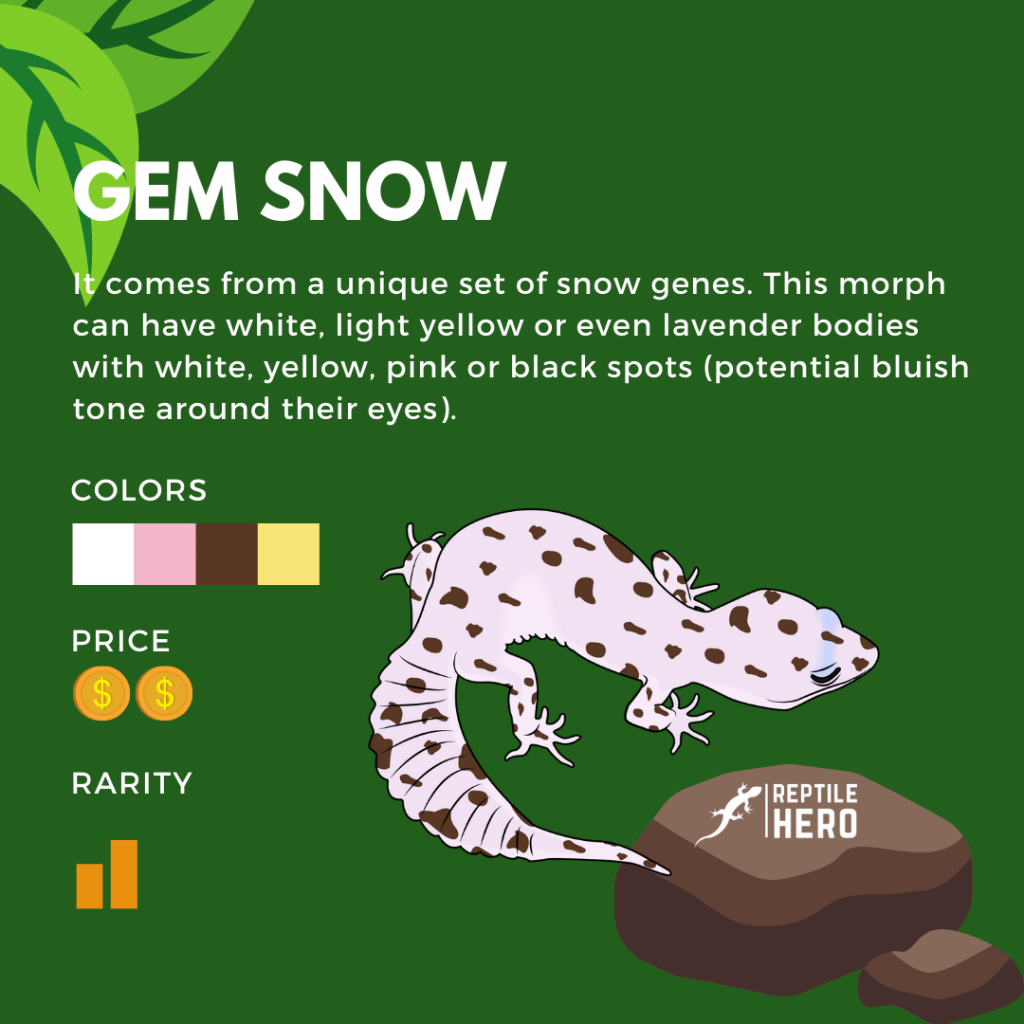
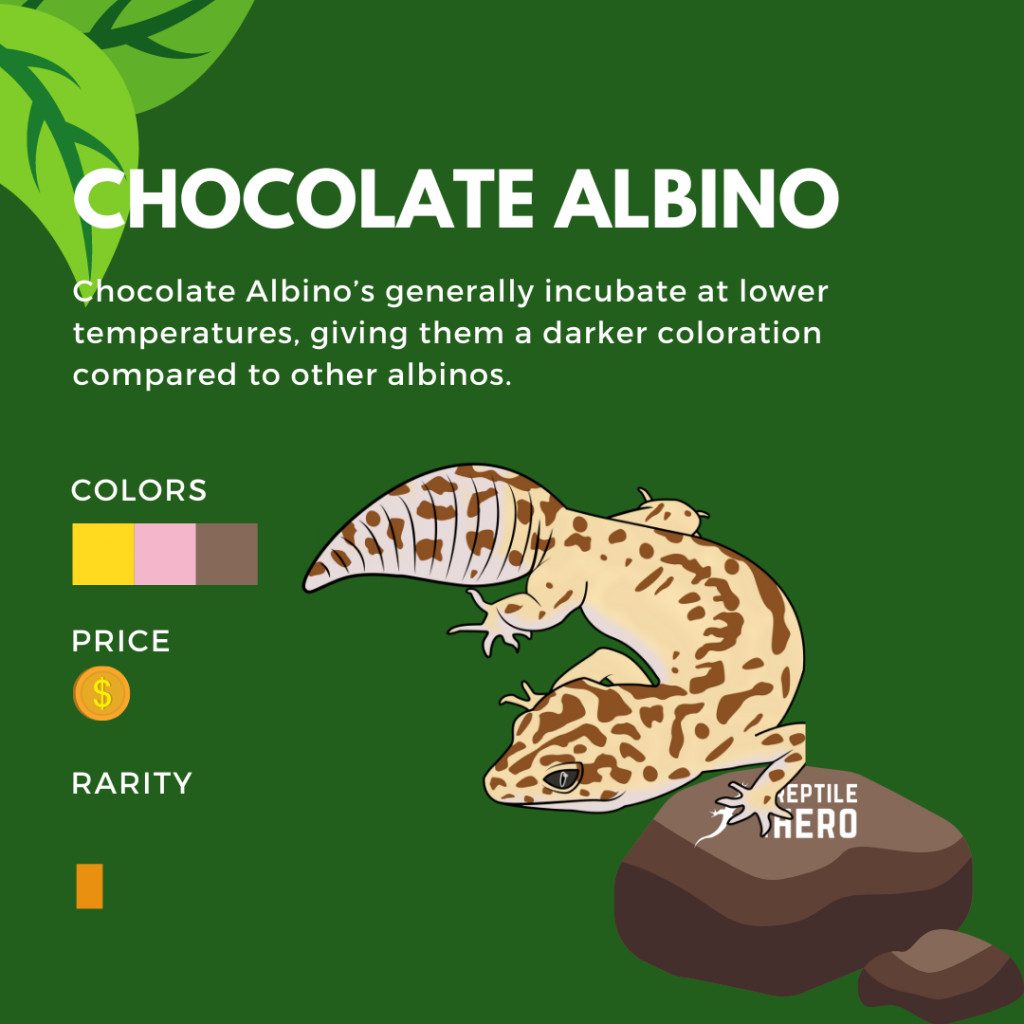
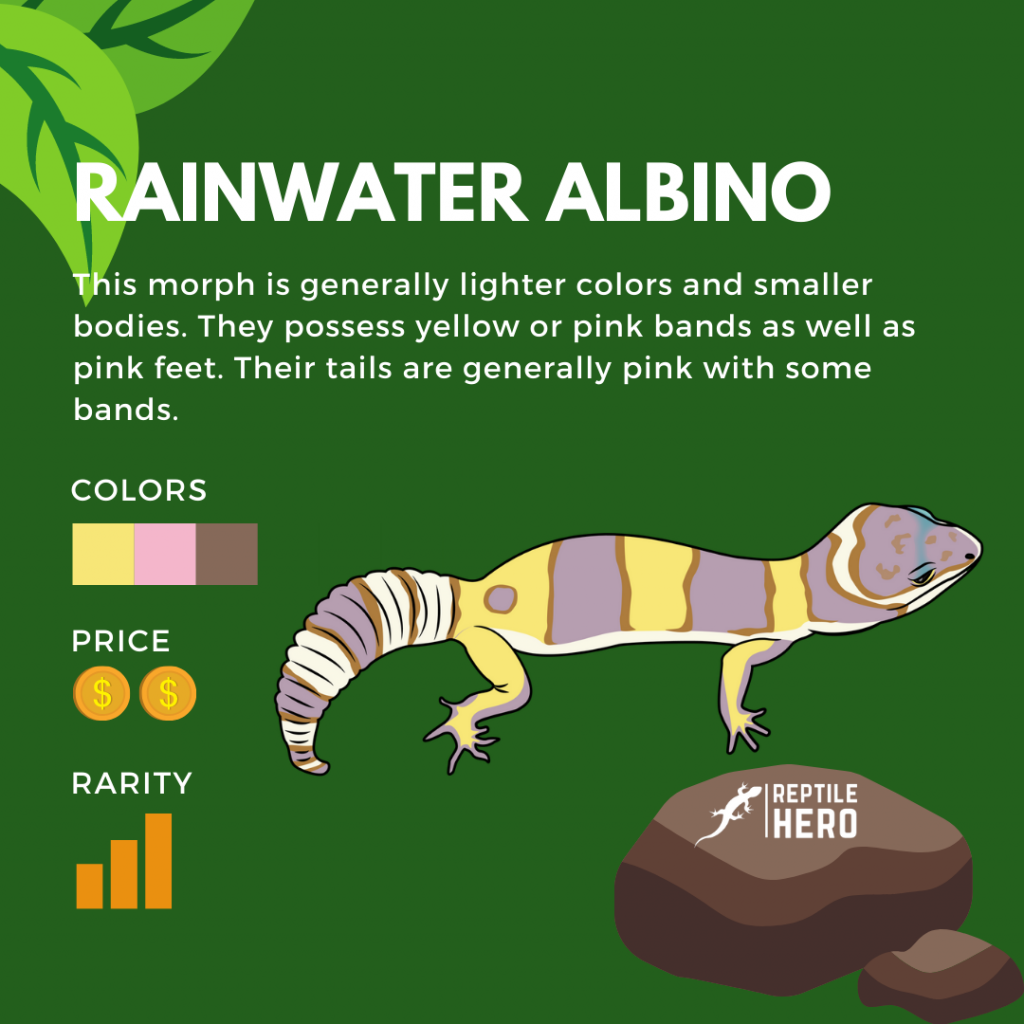
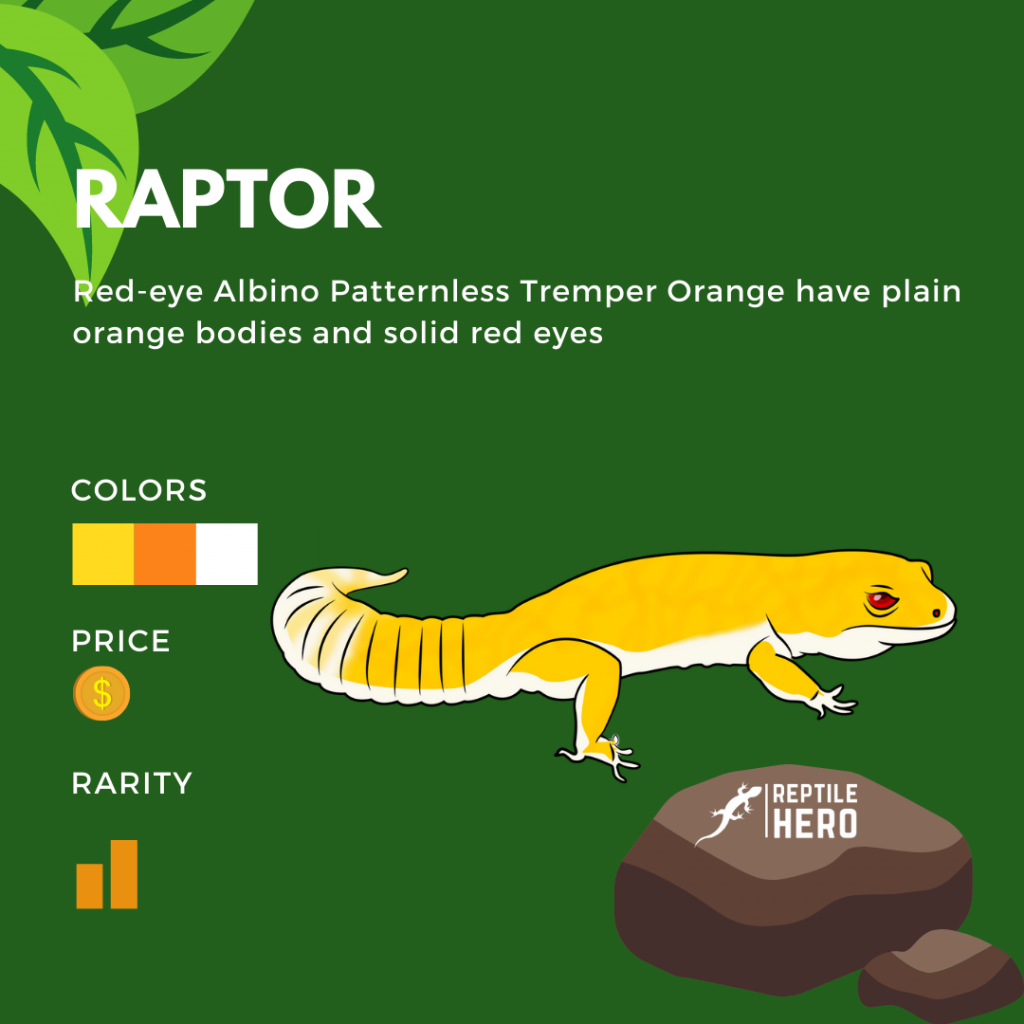

















![7 Reasons Why Gecko Feet Are Not Sticky [and 2 Solutions]](https://www.reptilehero.com/wp-content/uploads/2021/03/G37-768x614.jpg)
![Is House Gecko’s Bite Dangerous? [and What To Do]](https://www.reptilehero.com/wp-content/uploads/2022/05/house-lizard-bite-dangerous-cc-768x614.jpg)
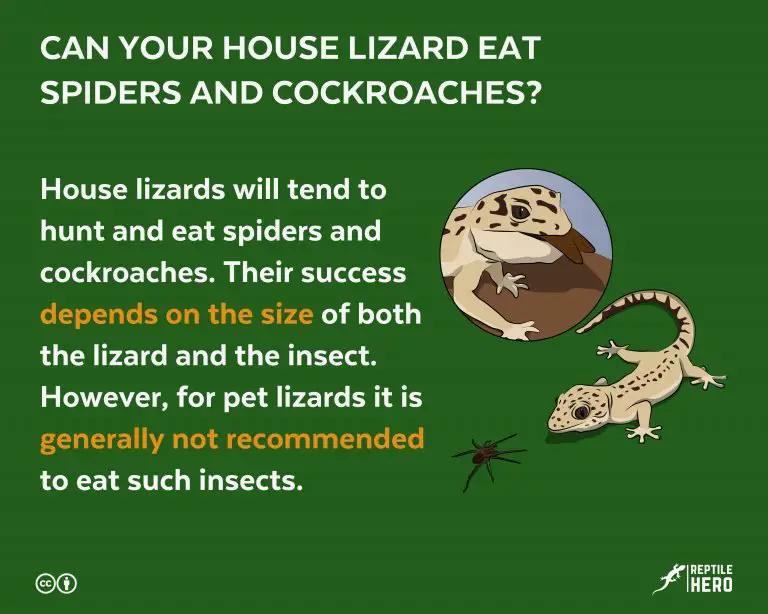
![How Much Electricity Does a Gecko Use? [Full Bill Breakdown]](https://www.reptilehero.com/wp-content/uploads/2021/05/word-image-20-768x576.png)
![10 Reasons Why Your Gecko Does Not Lay Eggs [with Solutions]](https://www.reptilehero.com/wp-content/uploads/2021/03/Reasons-Why-Gecko-Does-Not-Lay-Egg-Infographic-768x614.jpg)
![Do Geckos Eat Their Own Poop? [The Science of Coprophagia]](https://www.reptilehero.com/wp-content/uploads/2021/08/Gecko-eat-poop-cc-1-768x614.jpg)